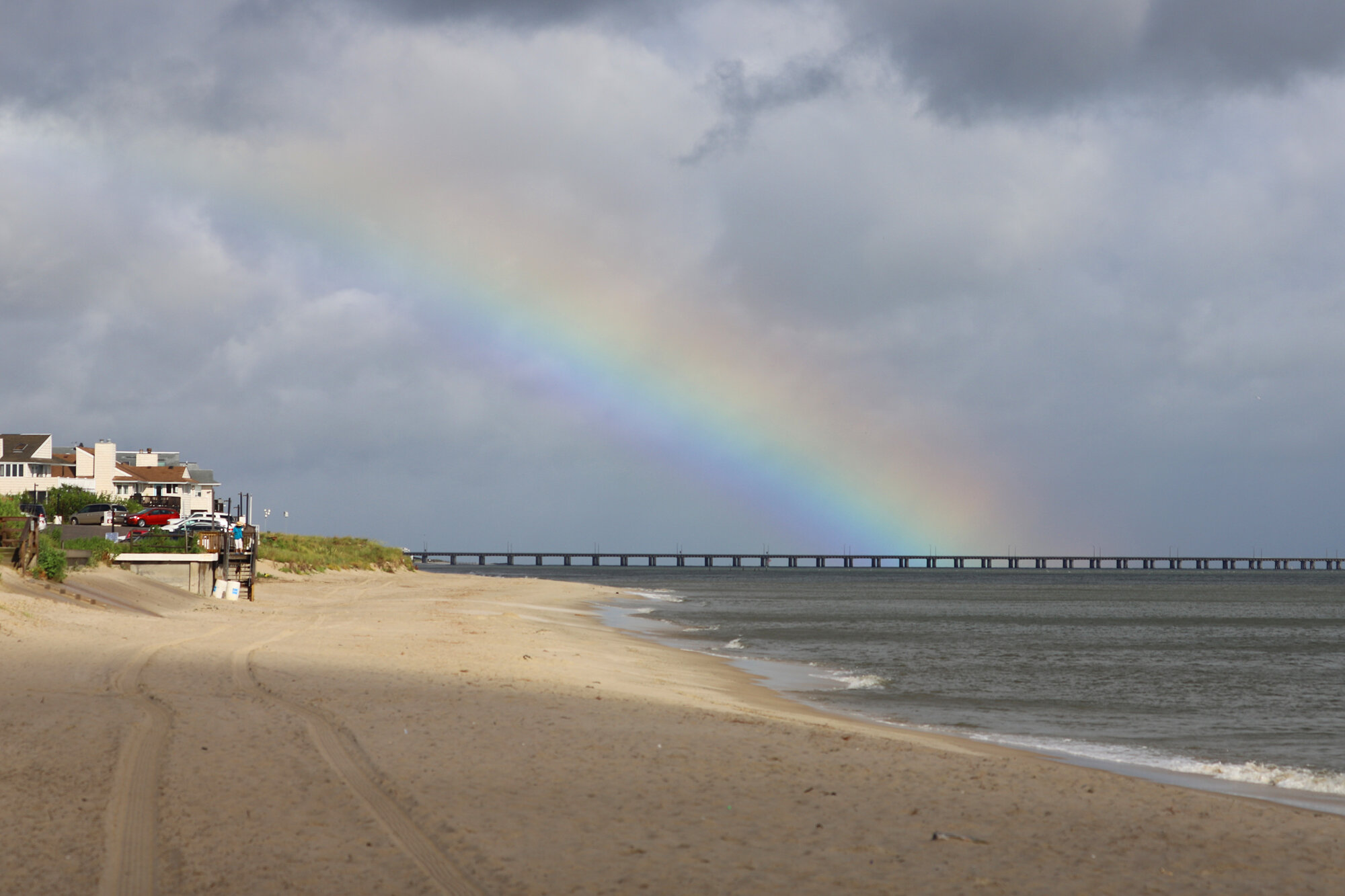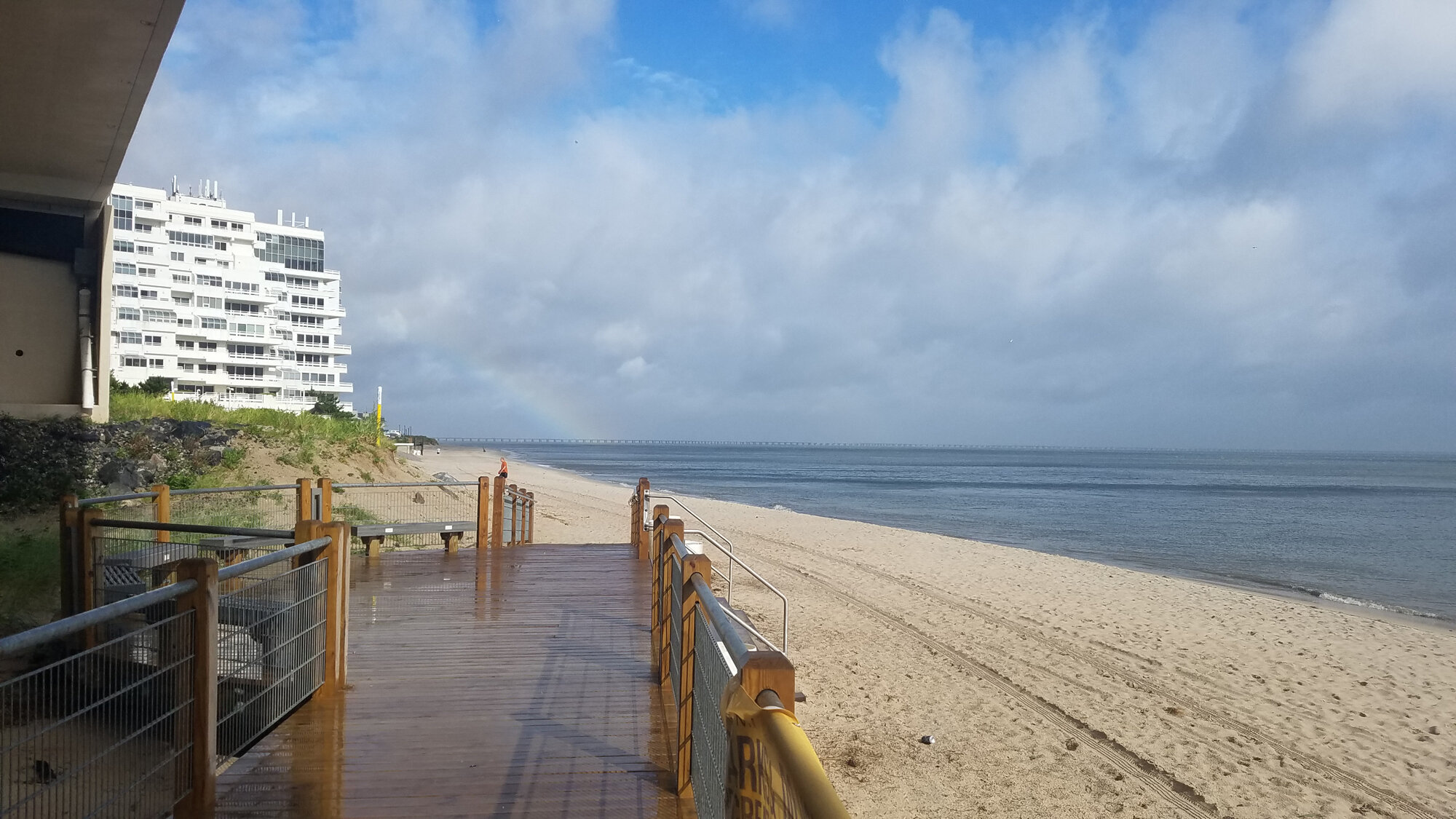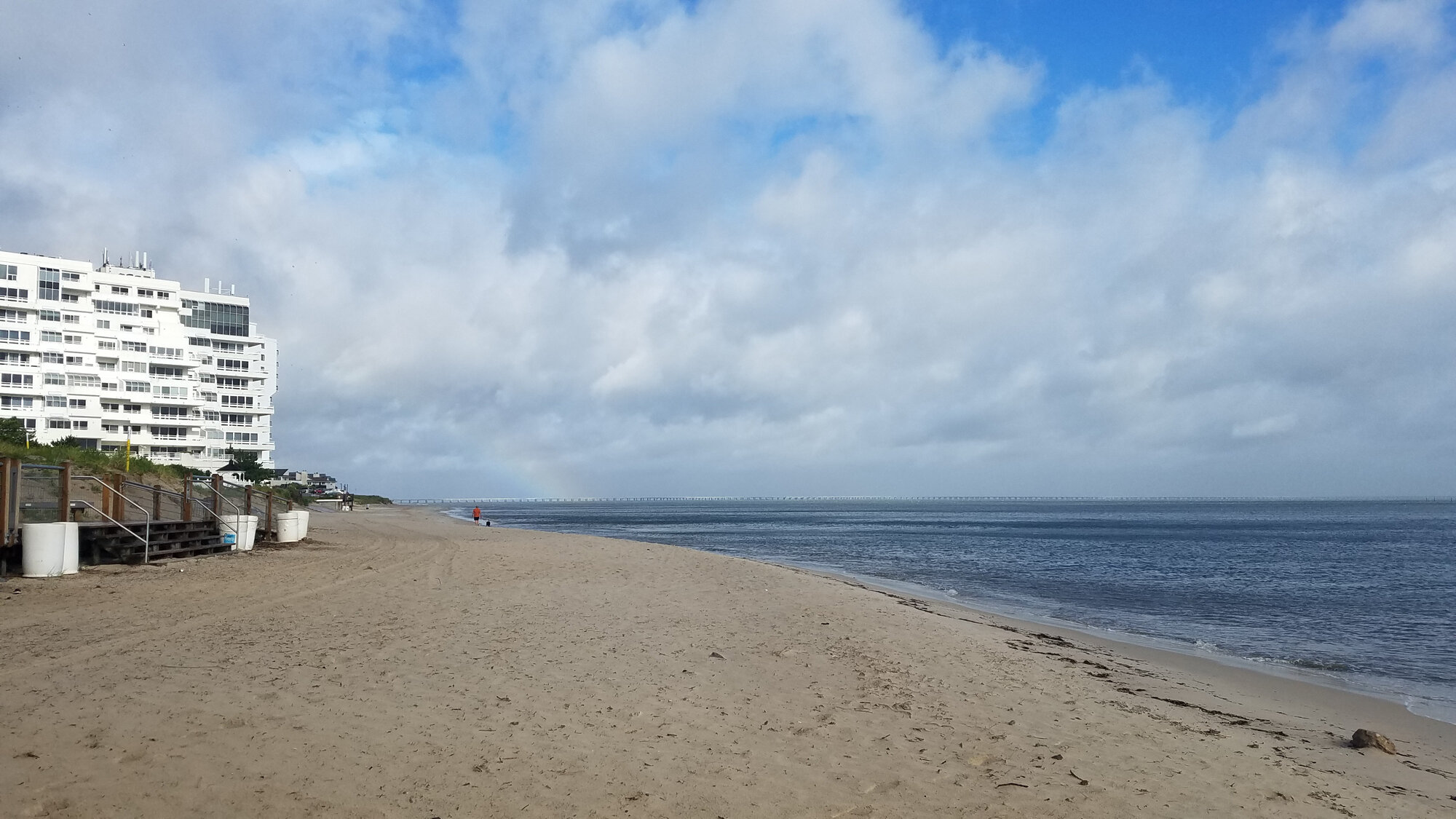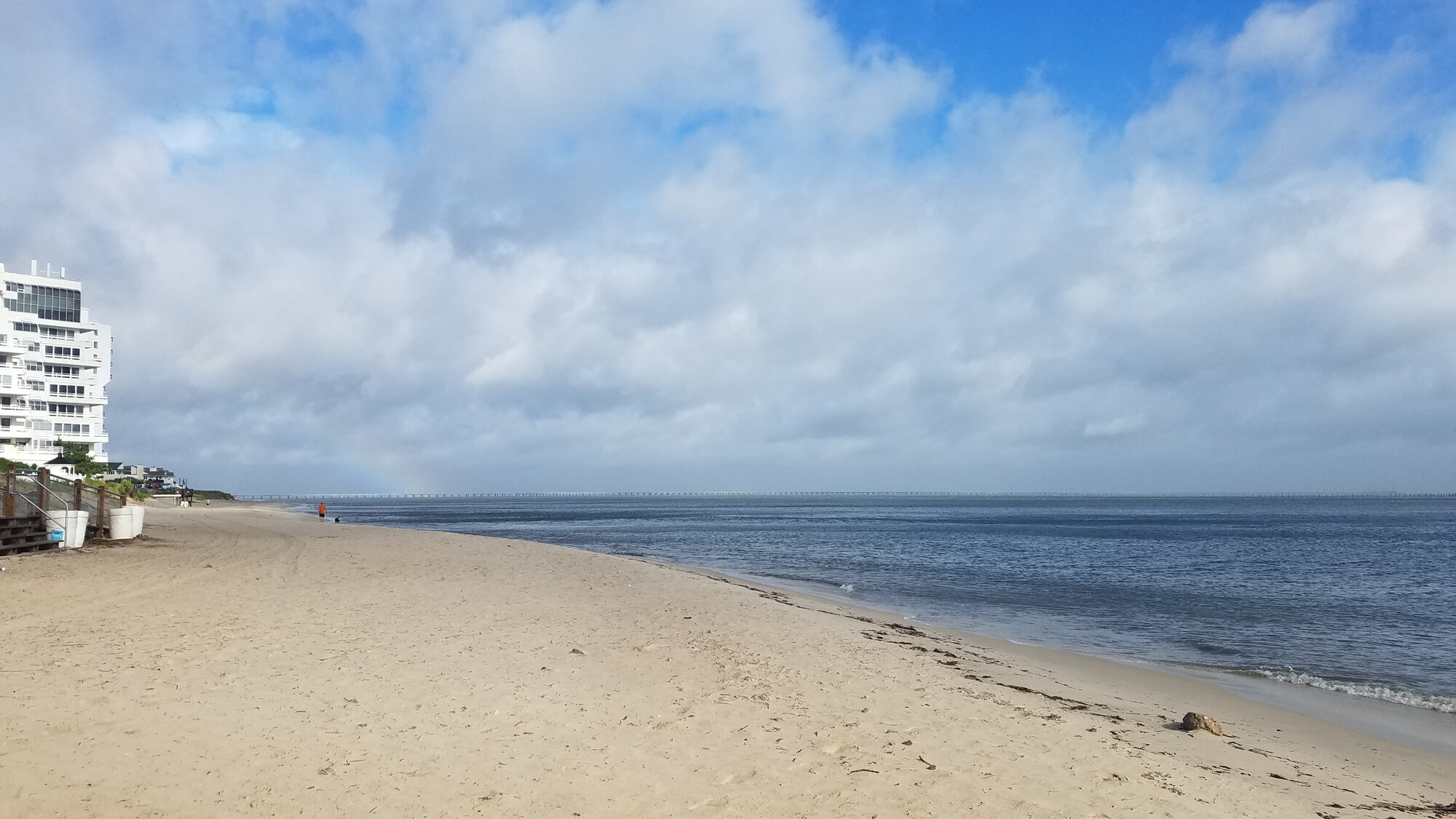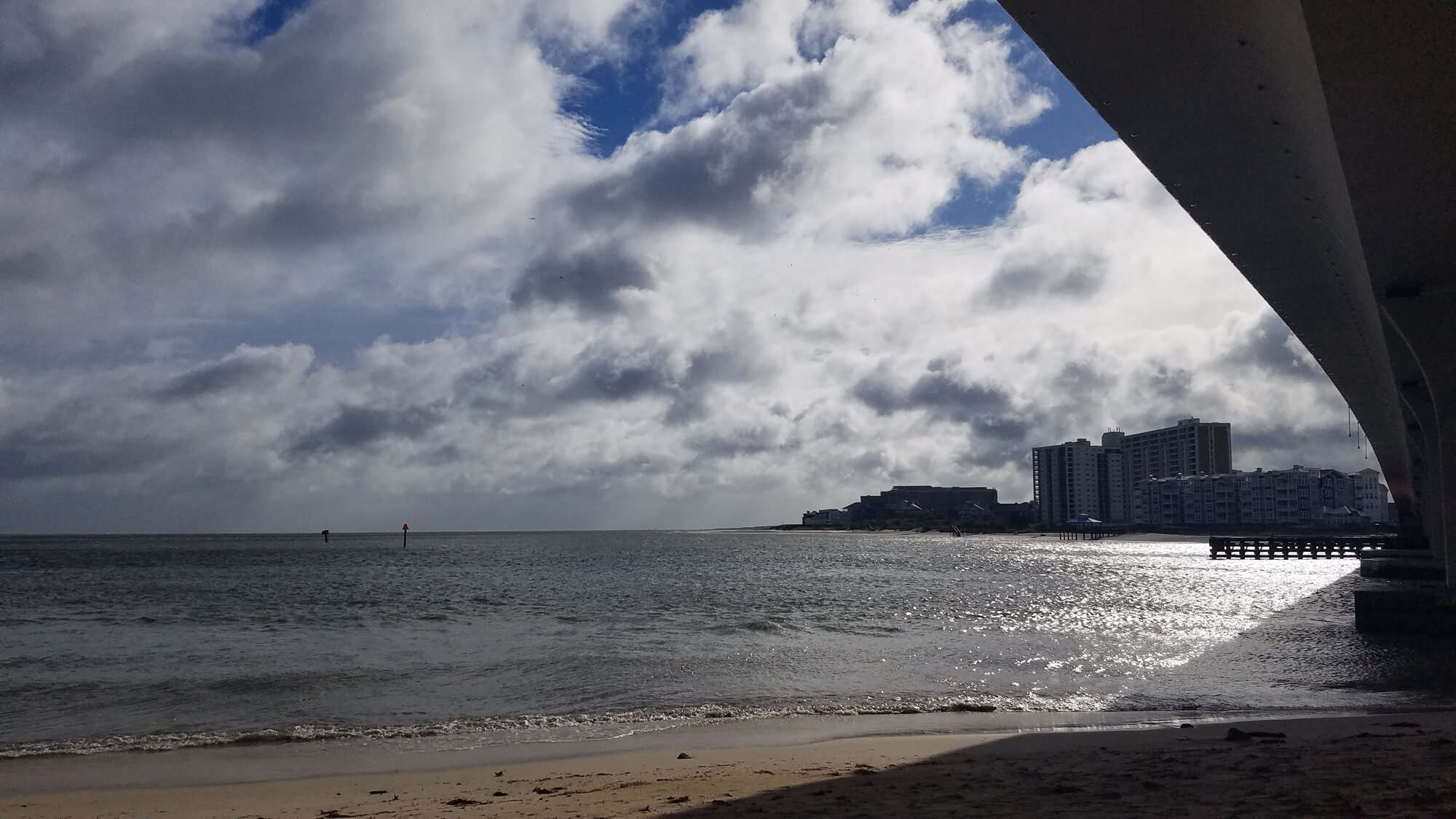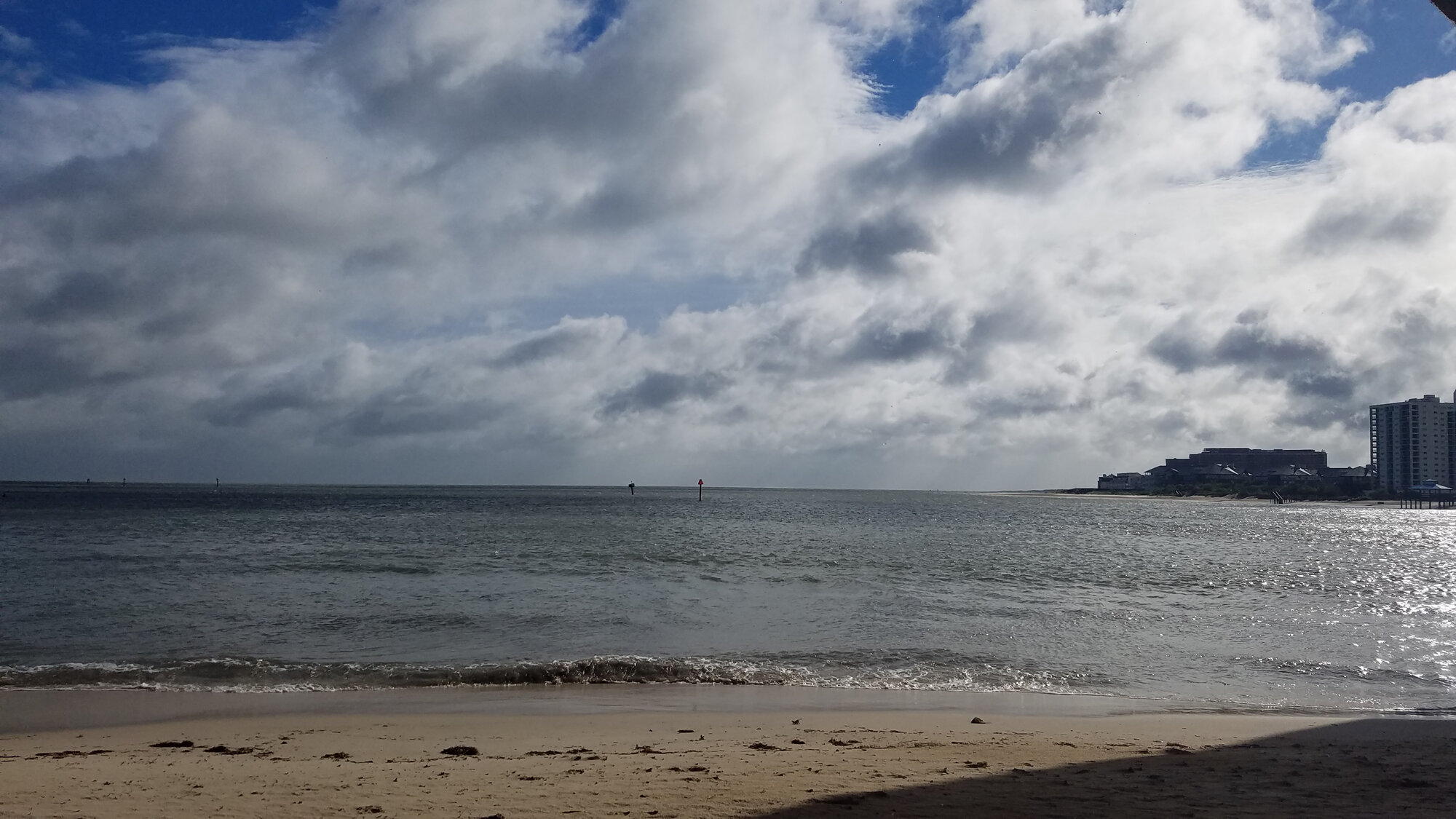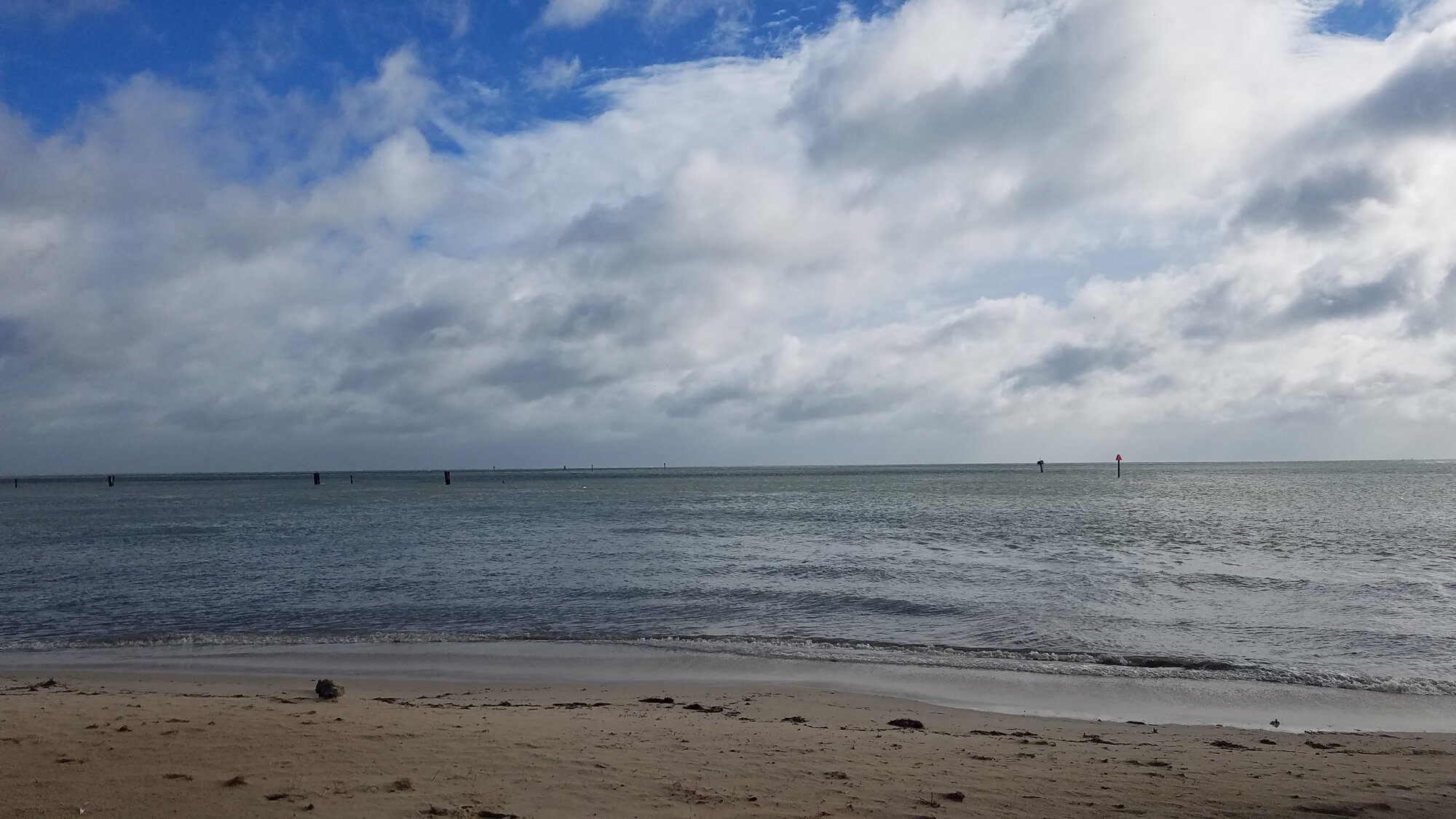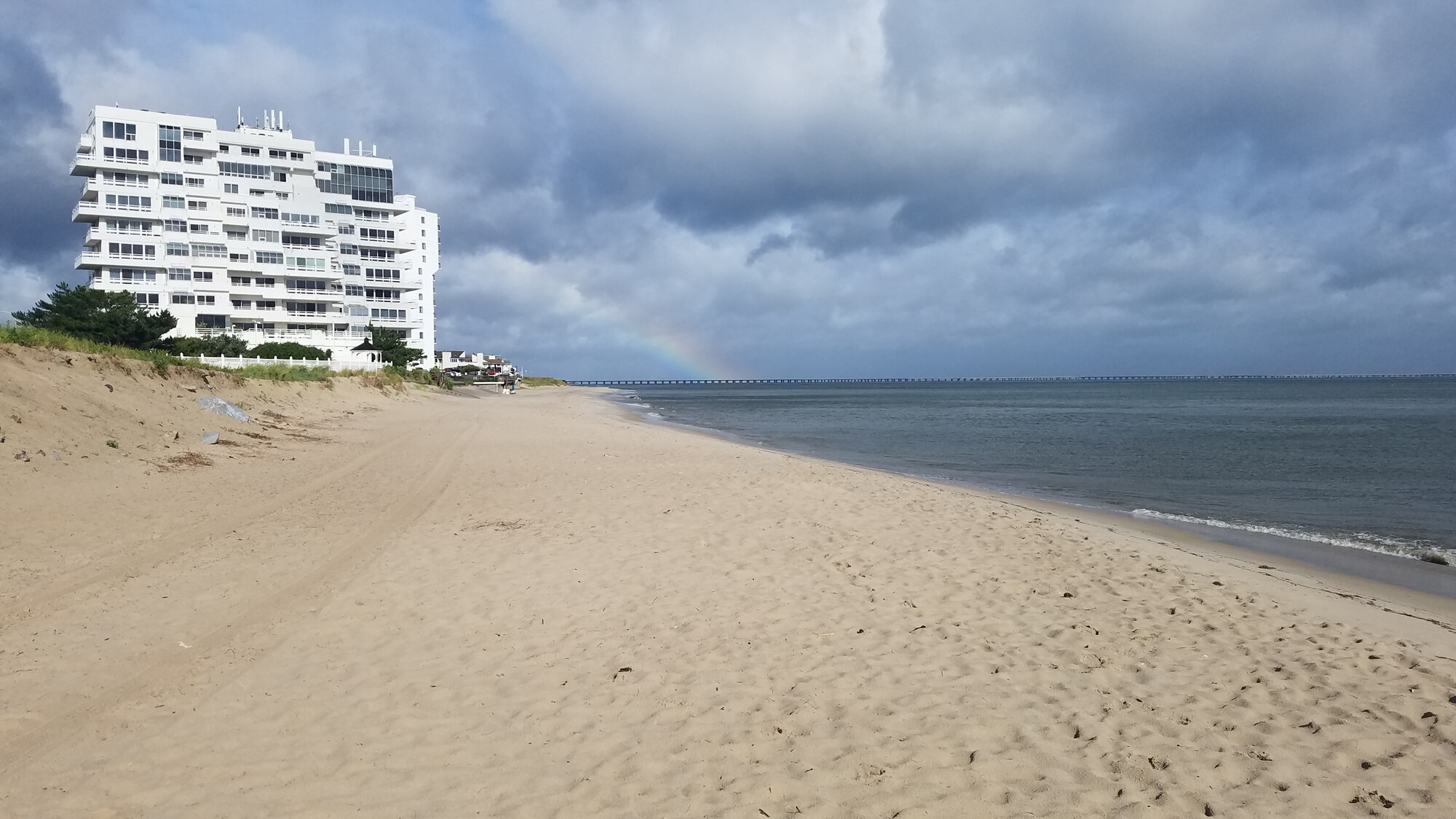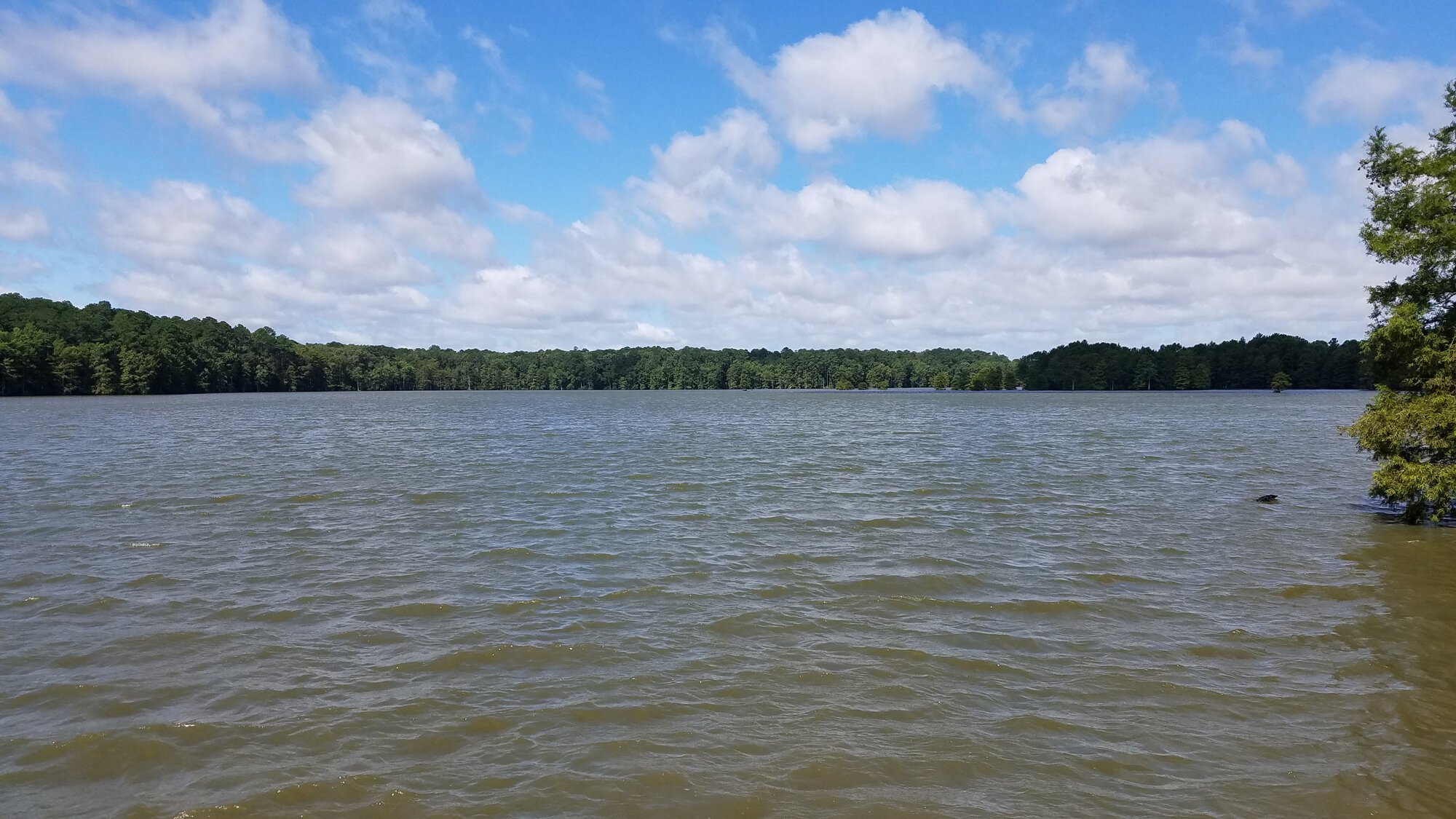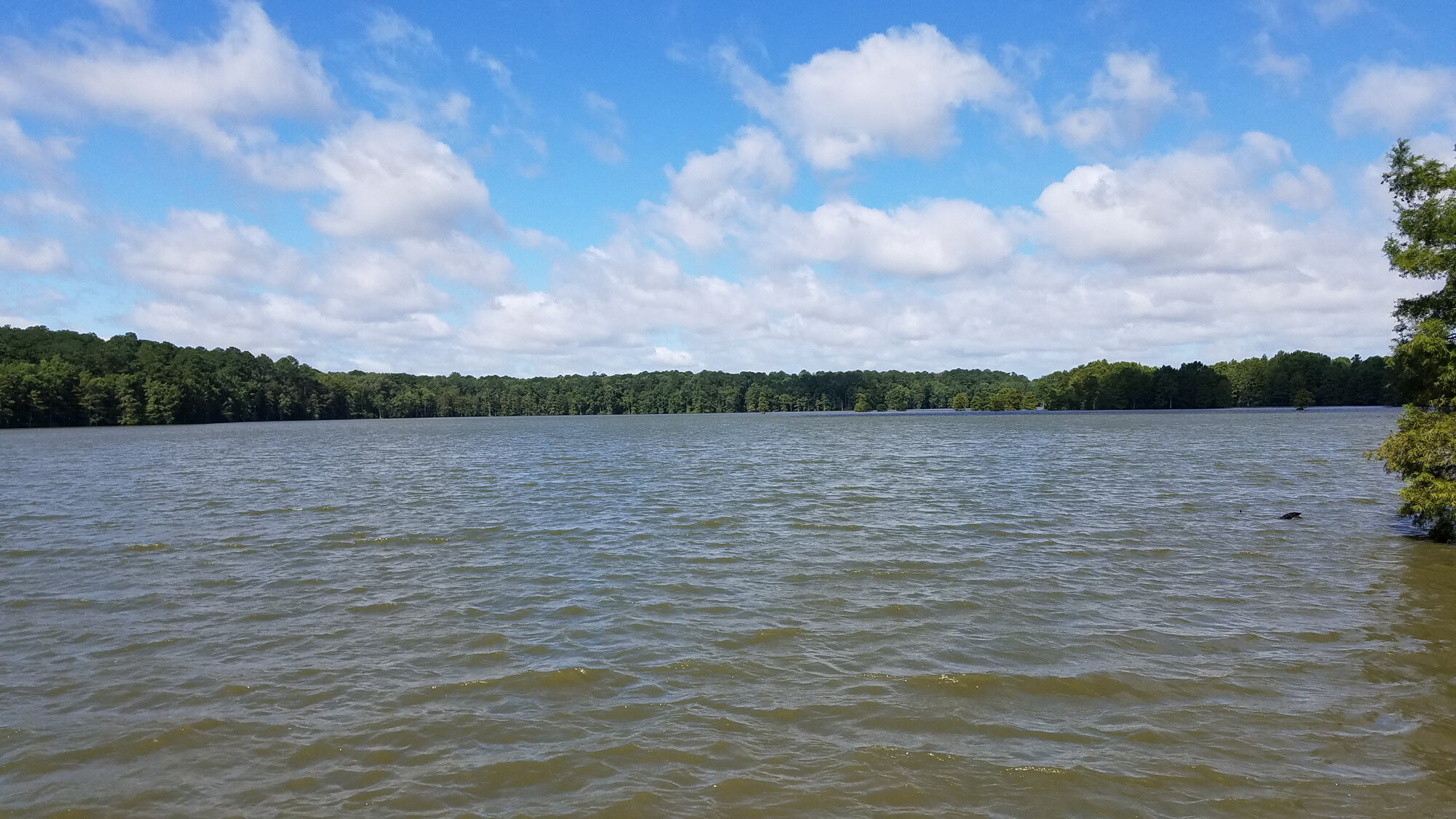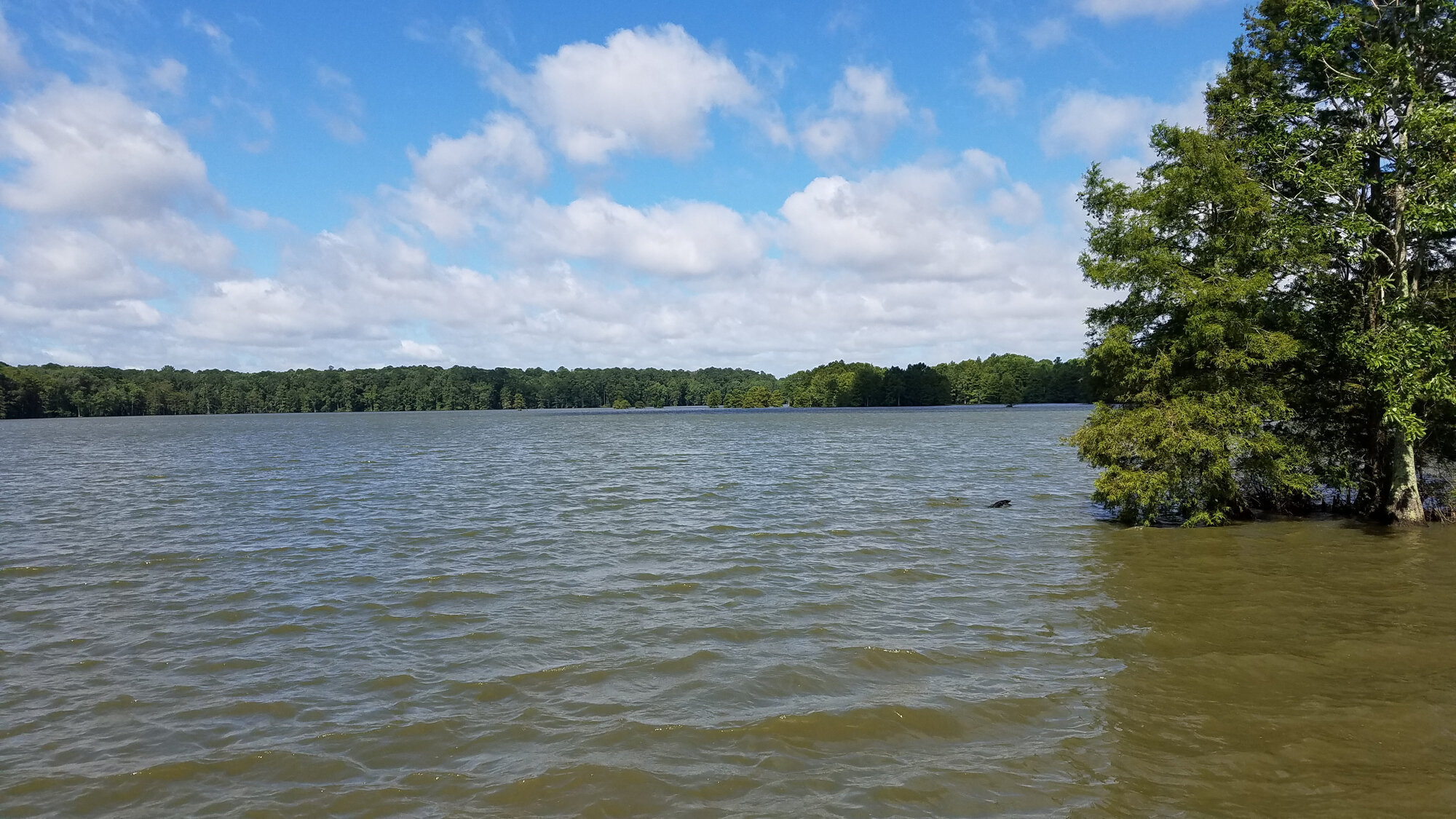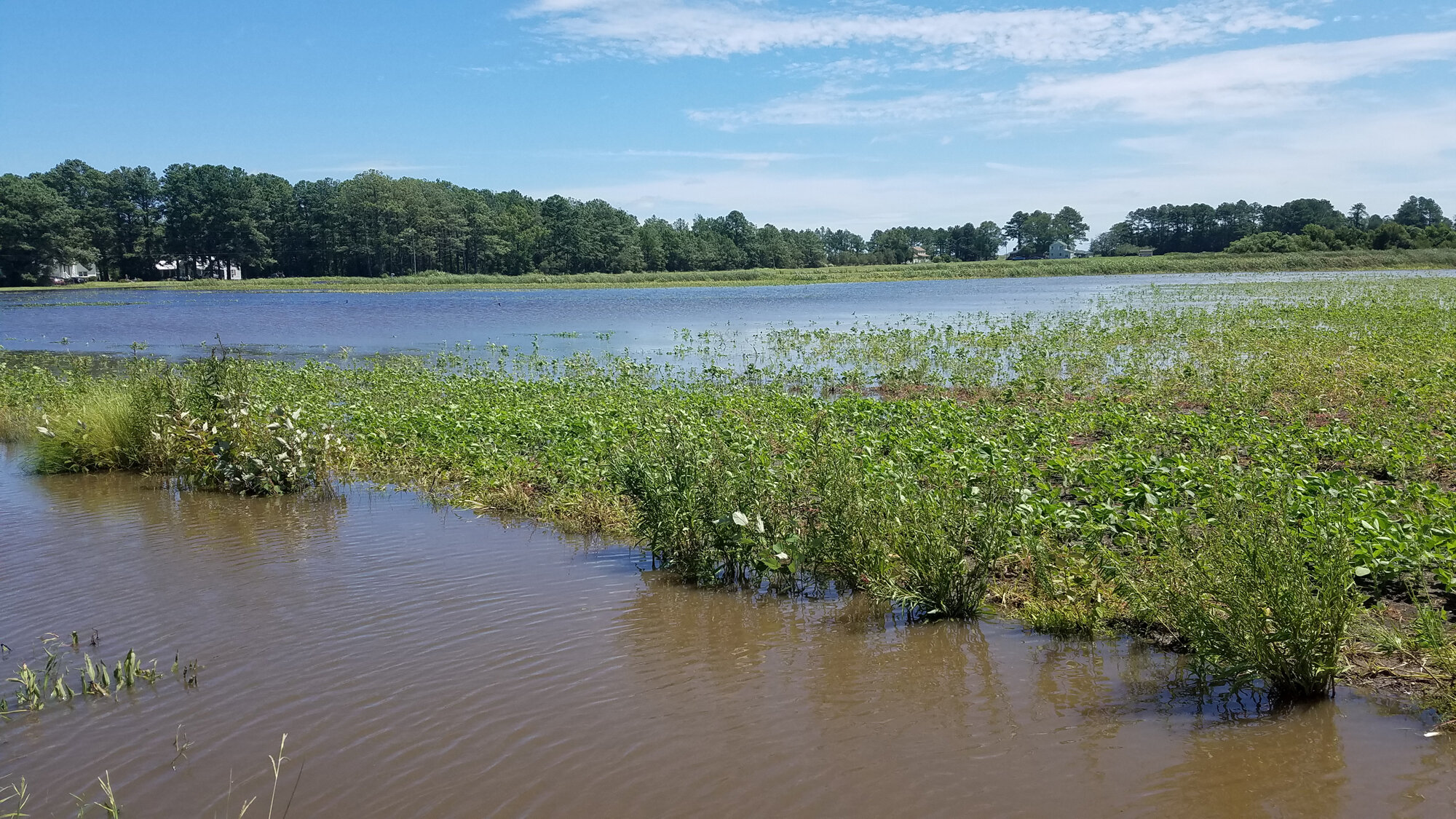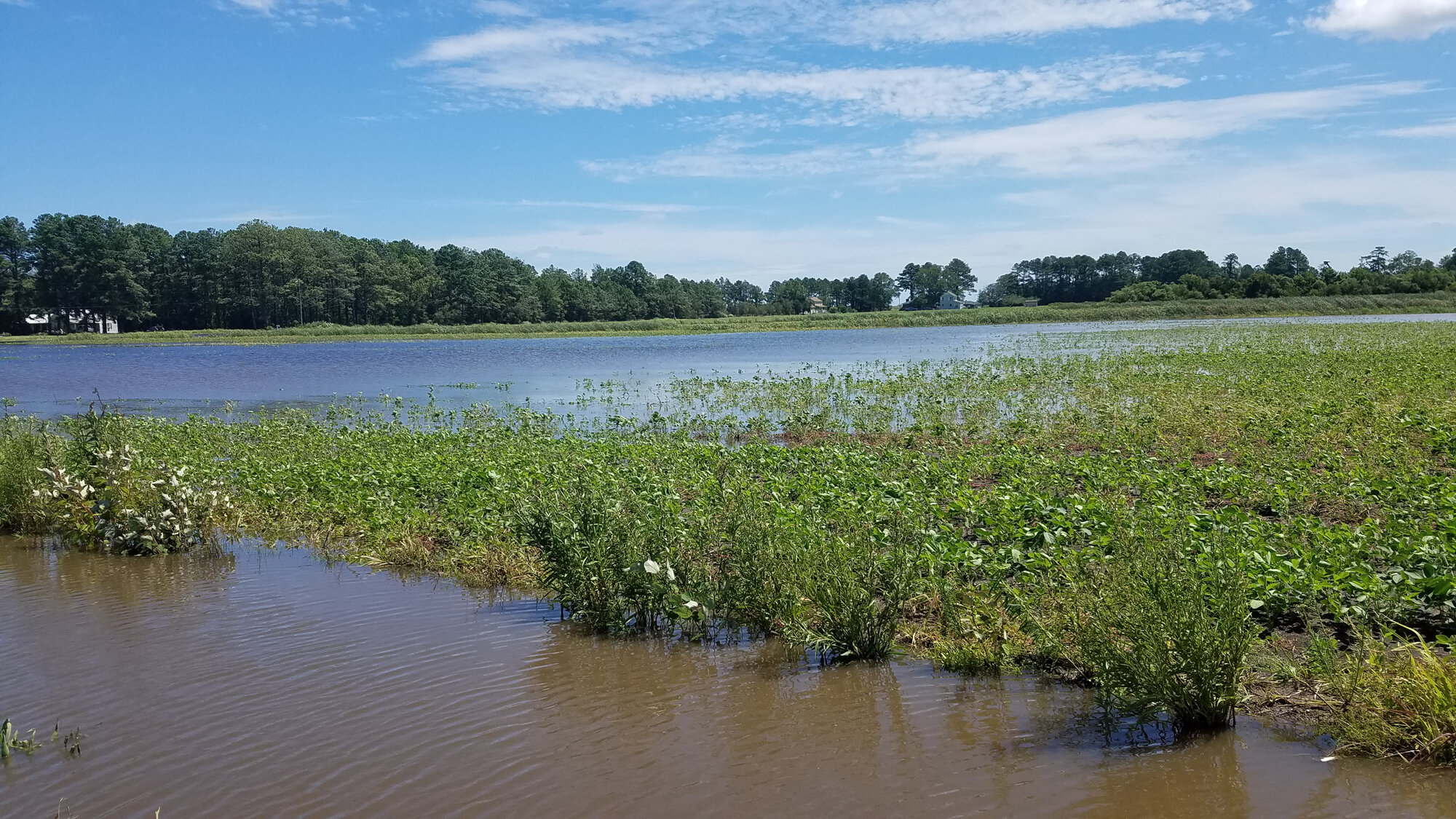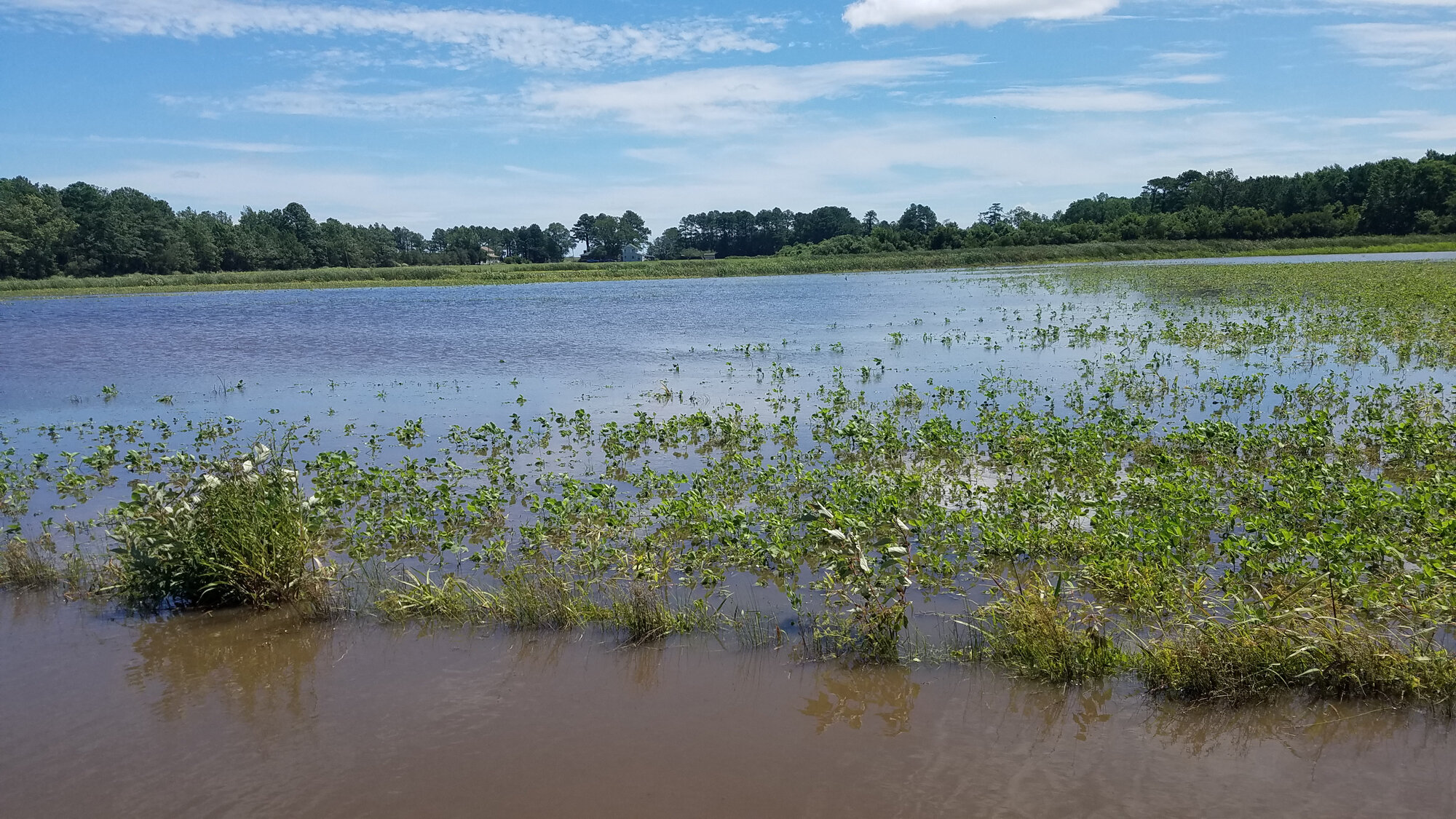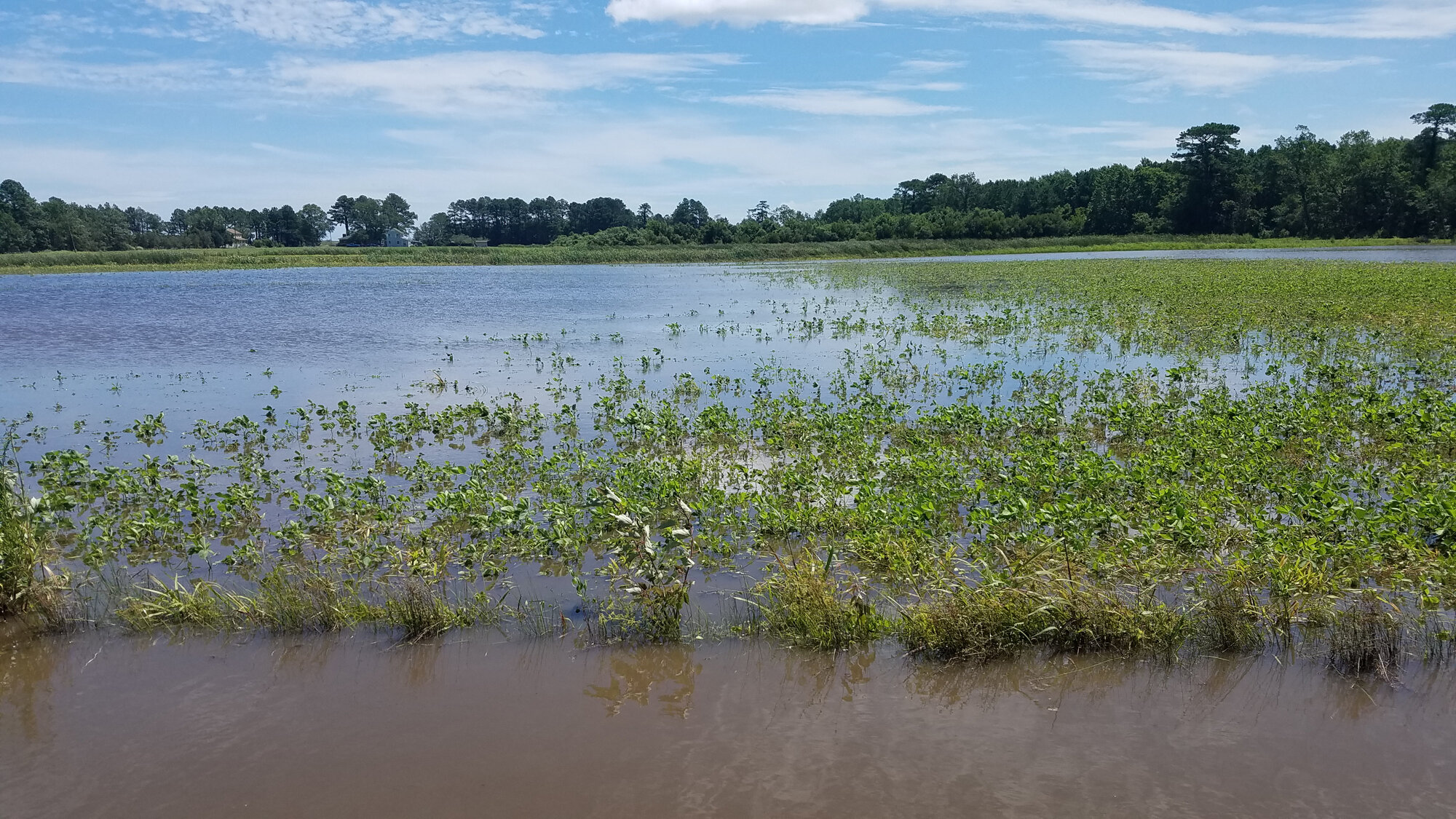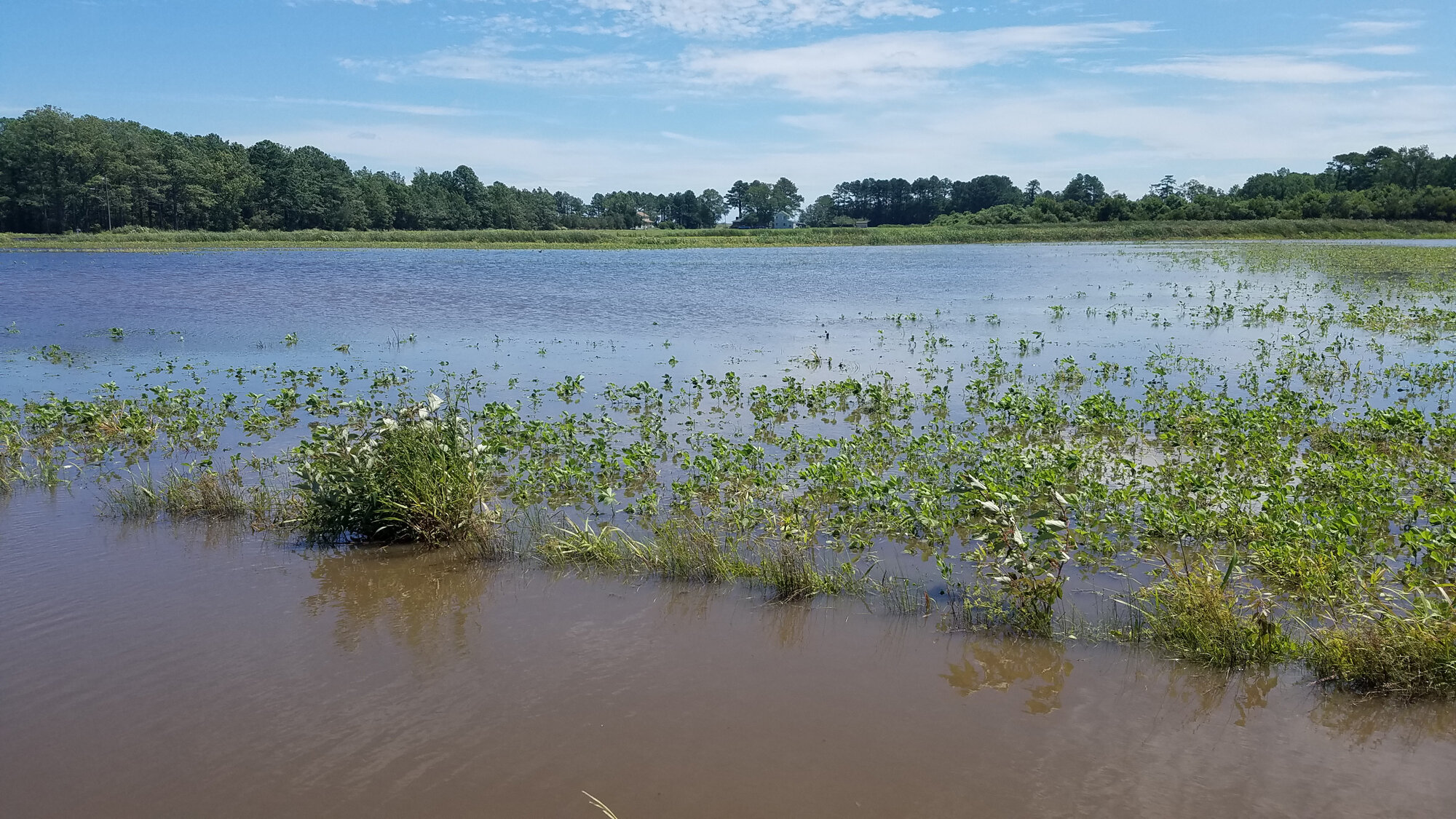Tropical Storm Isaias (2020)
/Though Hurricane Isaias reached Category 1 status earlier in its life cycle, its status as it impacted Virginia Beach was that of a Tropical Storm. After moving through the Bahamas 31 Jul-2 Aug, and skirting northward offshore of Florida through Monday, 3 Aug, Isaias eventually made landfall near Wrightsville Beach in North Carolina around 11 PM. The anticipated track was such that Virginia Beach was to remain on the east side of the eye, and this proved to be correct. During the morning hours of Tuesday, 4 Aug, the eye moved into North Carolina somewhere probably near Southampton County around 6 AM. From there, it sped north/northeasterly at 33 MPH and reached the Middle Peninsula/Northern Neck by 8 AM after crossing the James around Charles City County. By 11 AM, traveling NNE at 35 MPH, the storm was centered over the northern portion of the Chesapeake Bay in Maryland. Impacts to Virginia Beach were felt mostly between about 4 AM (pre-dawn) through around 10 AM. Winds topped out with a 73 mph gust measured at Rudee Inlet, though sustained winds measured at Cape Henry (NOAA) never reached 40 mph. Being east of the eye meant that Virginia Beach received southeasterly winds until the storm’s passed north of our latitude, then the winds swirled around to southwesterly (noticeable by 8 AM on our coastline), quickly subsiding in magnitude. By all accounts, it turned into a gorgeous day in Virginia Beach by about 9 AM, save for the massive power outages that ravaged the city and greater Hampton Roads primarily due to wind-downed trees and branches. Rainfall was fairly minimal in the city, and storm surge was not a major factor during this event along the coast, or in any of the tidal tributaries (i.e., the Lynnhaven River) since the southerly winds throughout the event tend to push water away from our shores, rather than into them.
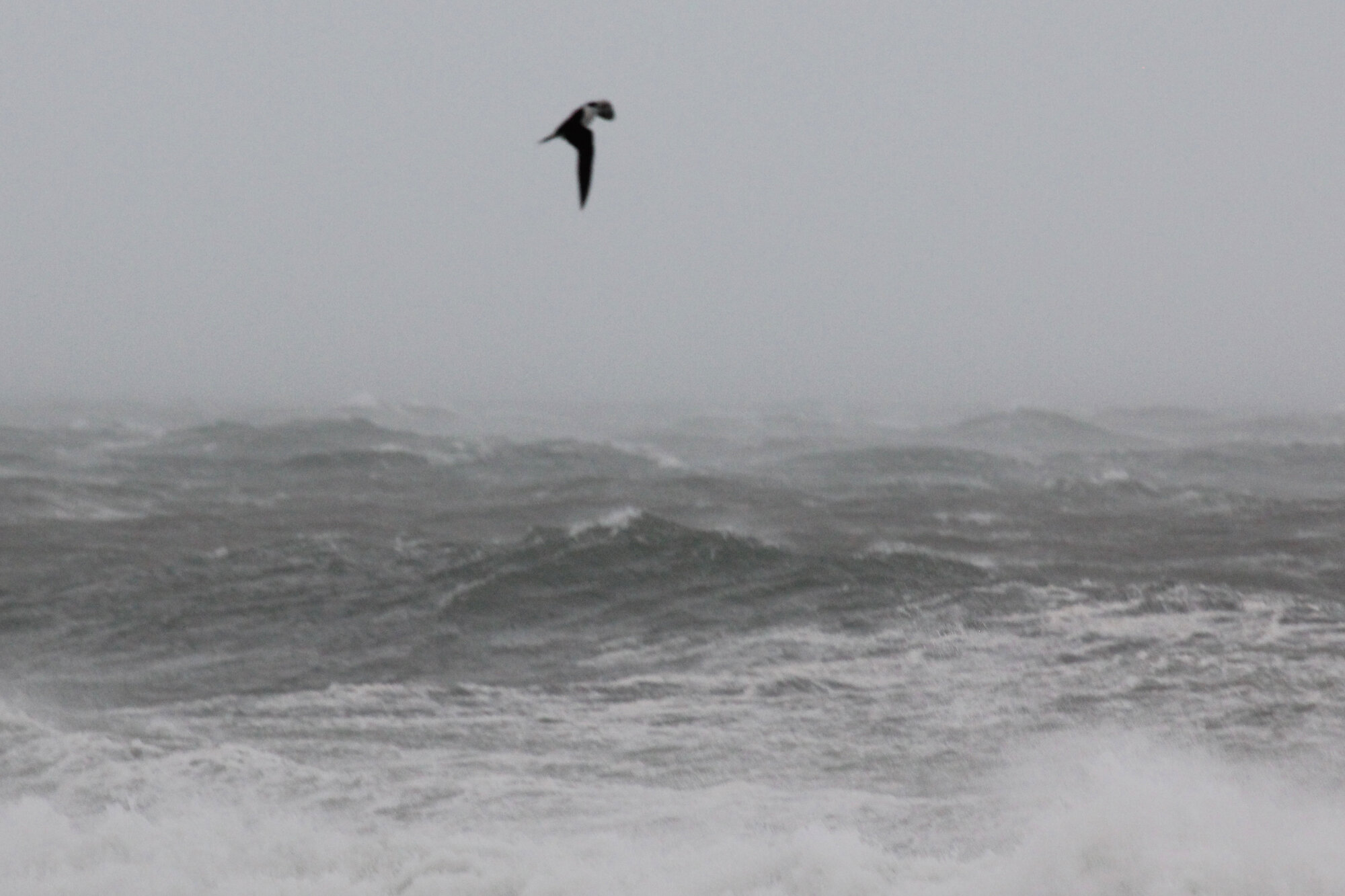
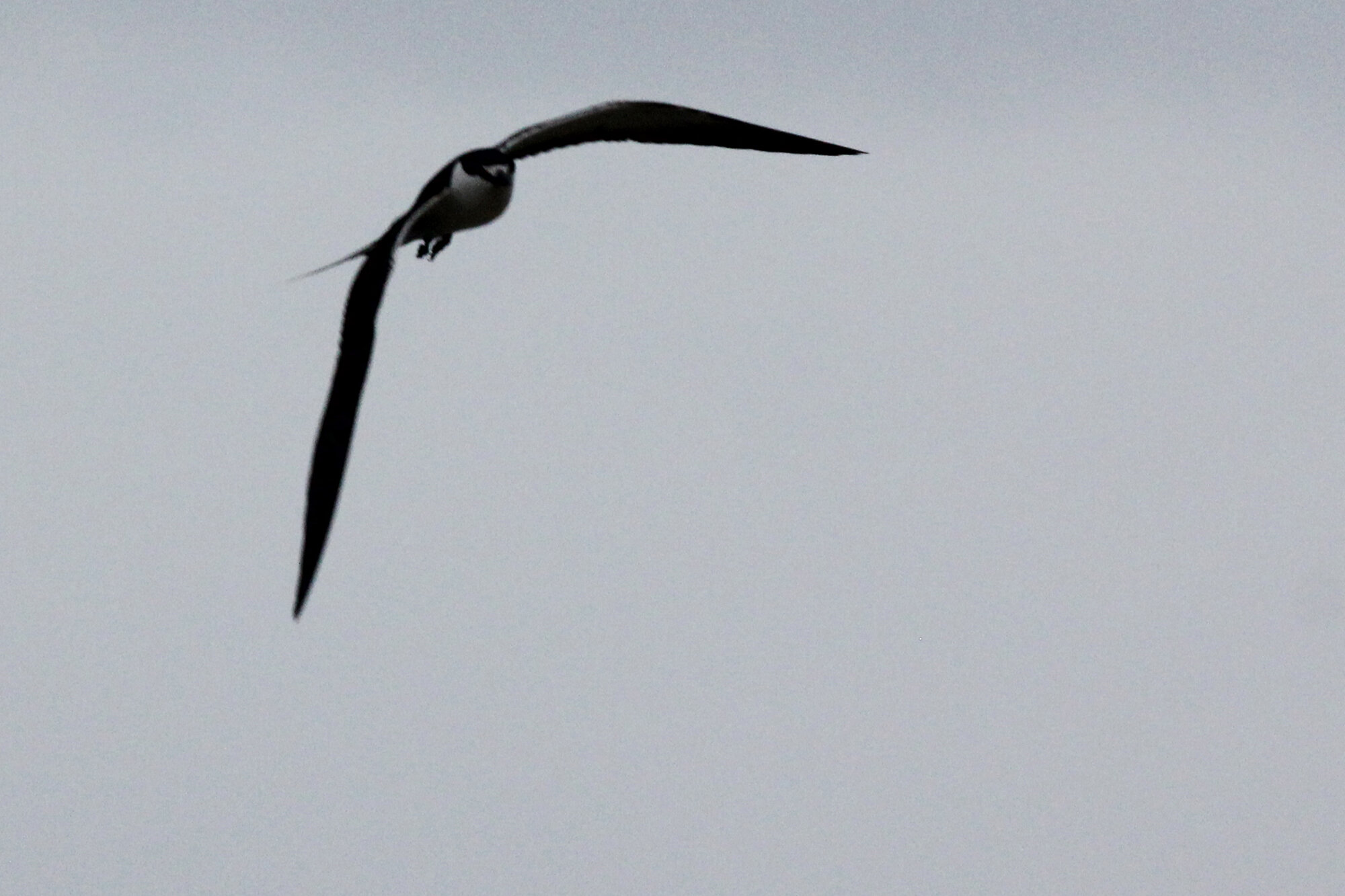

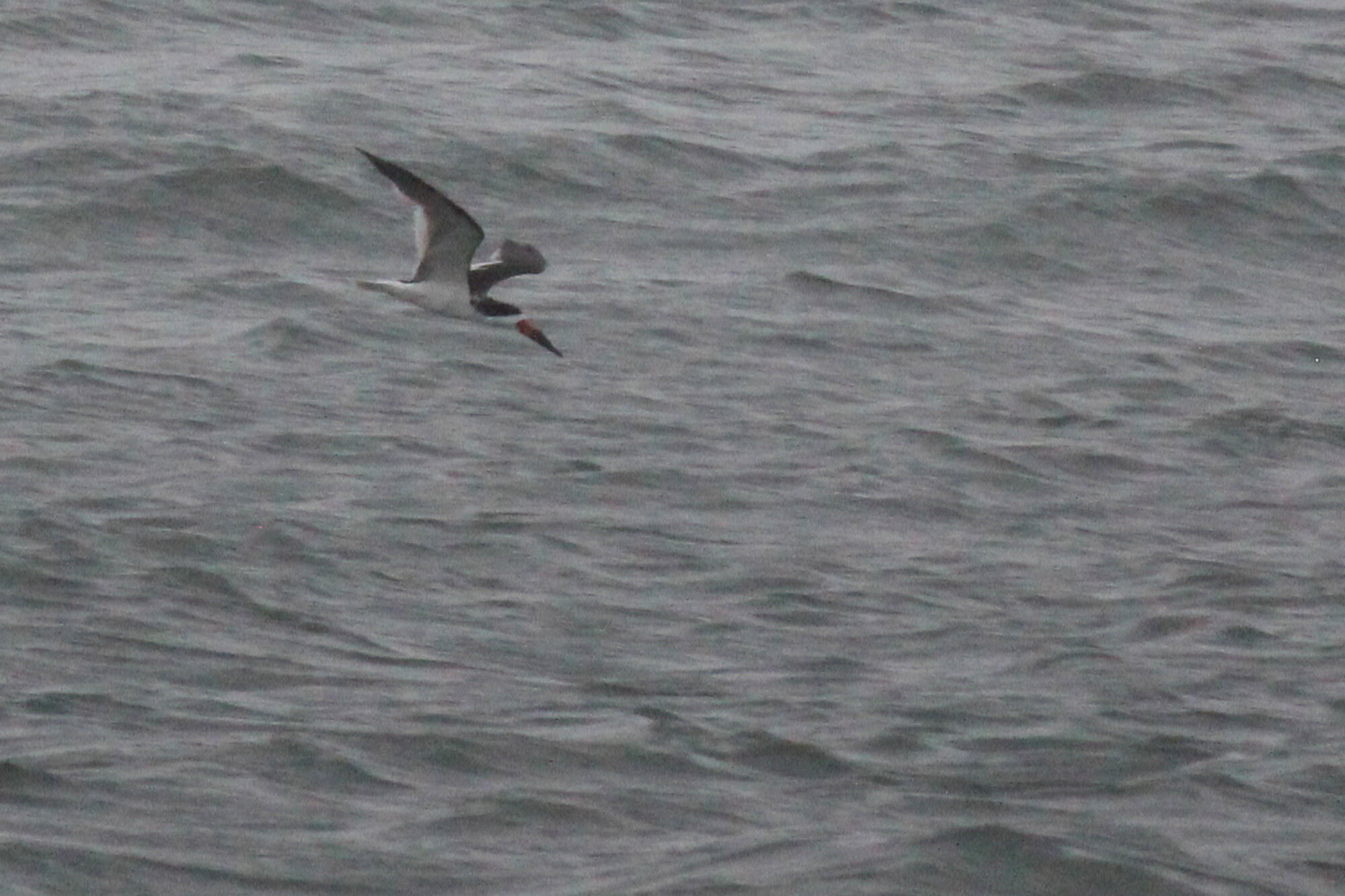
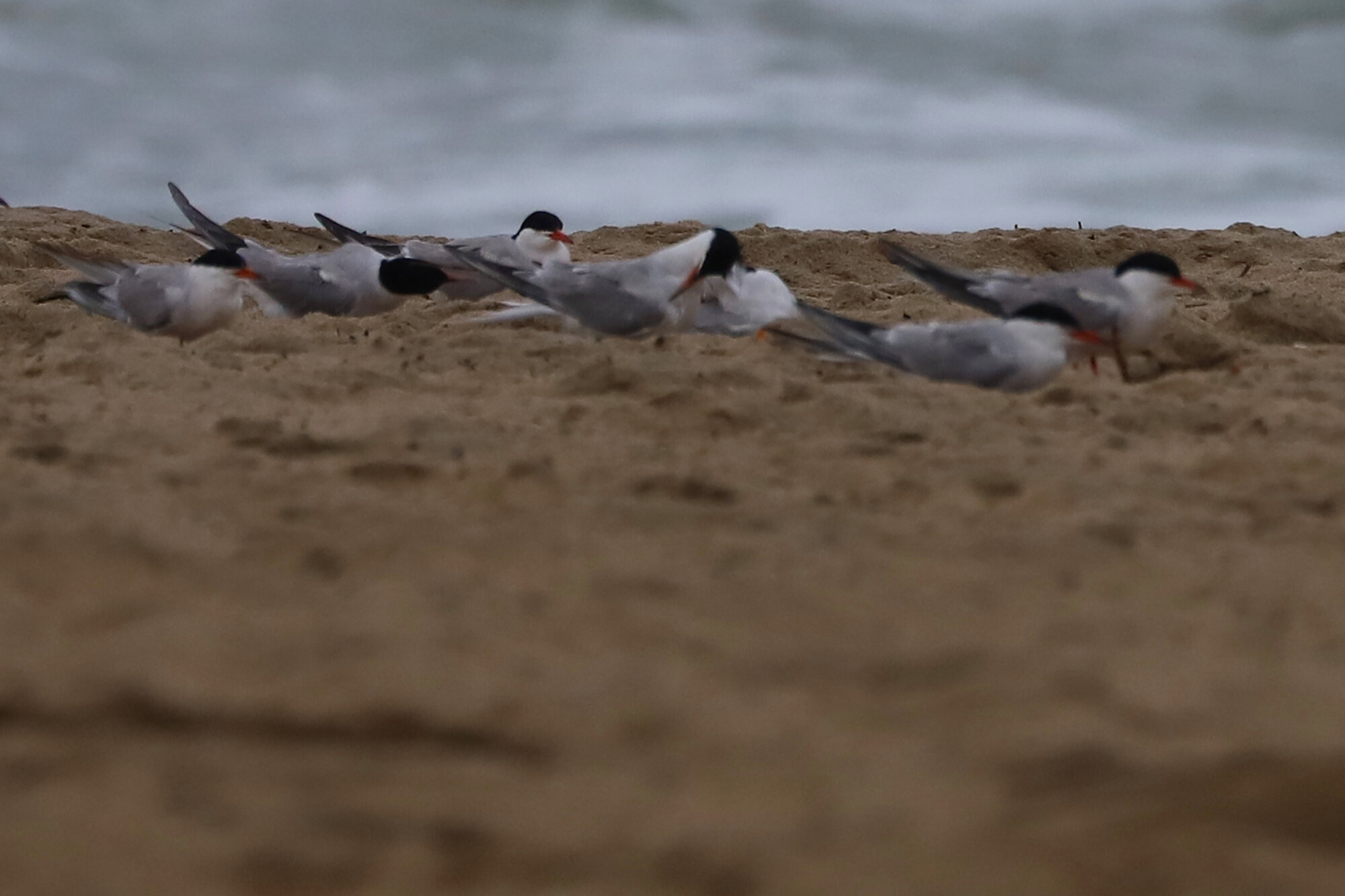
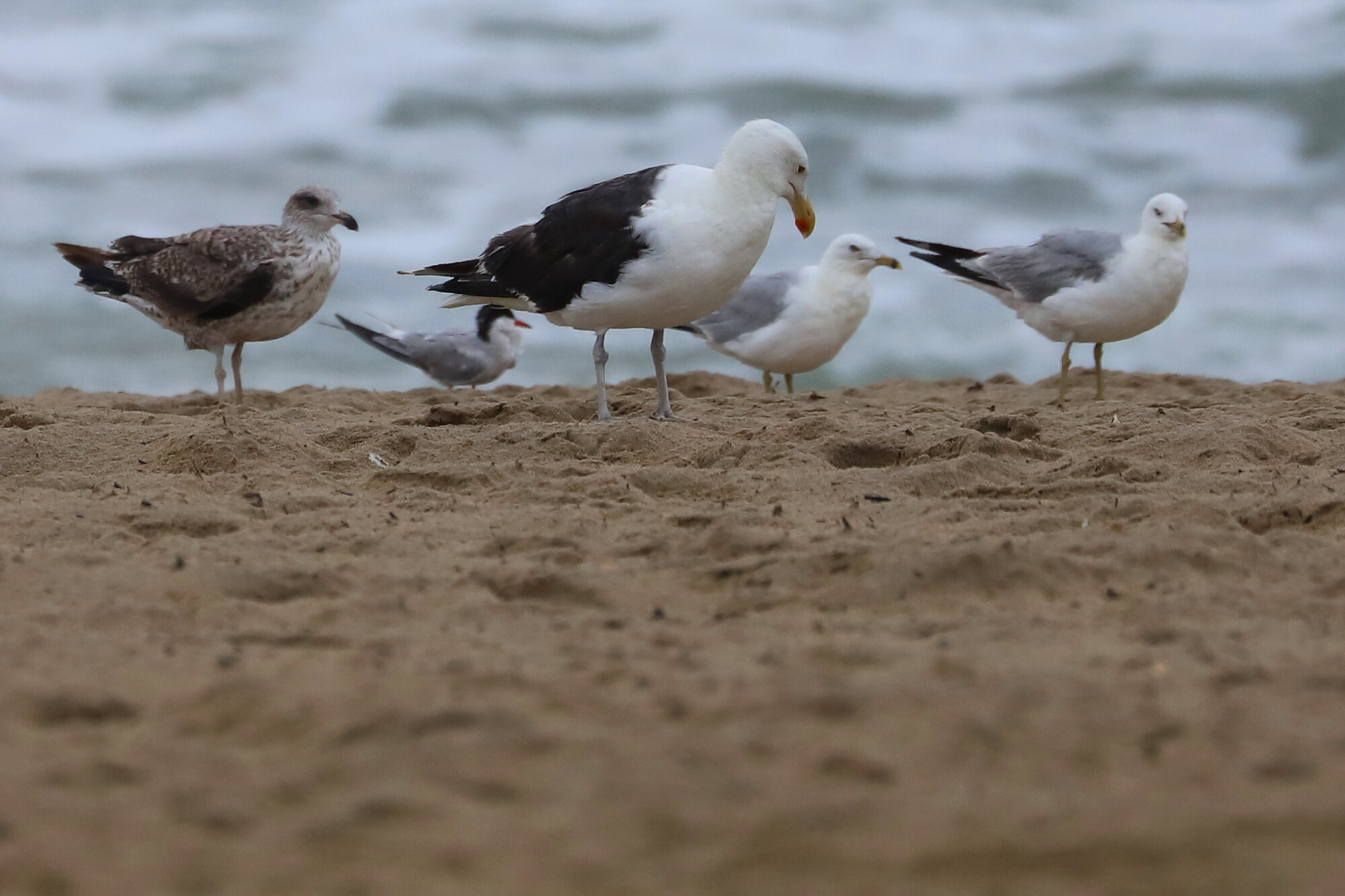
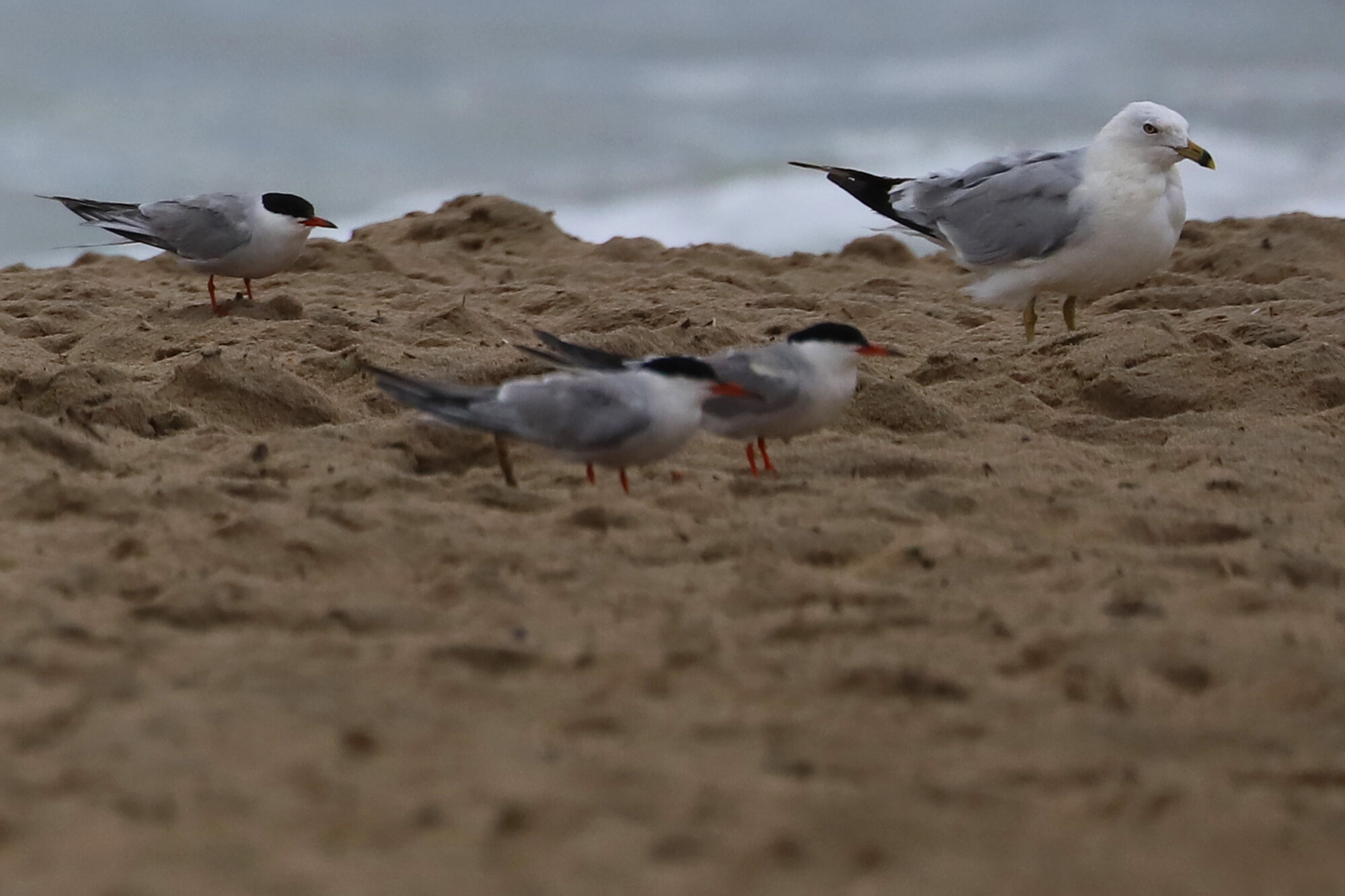
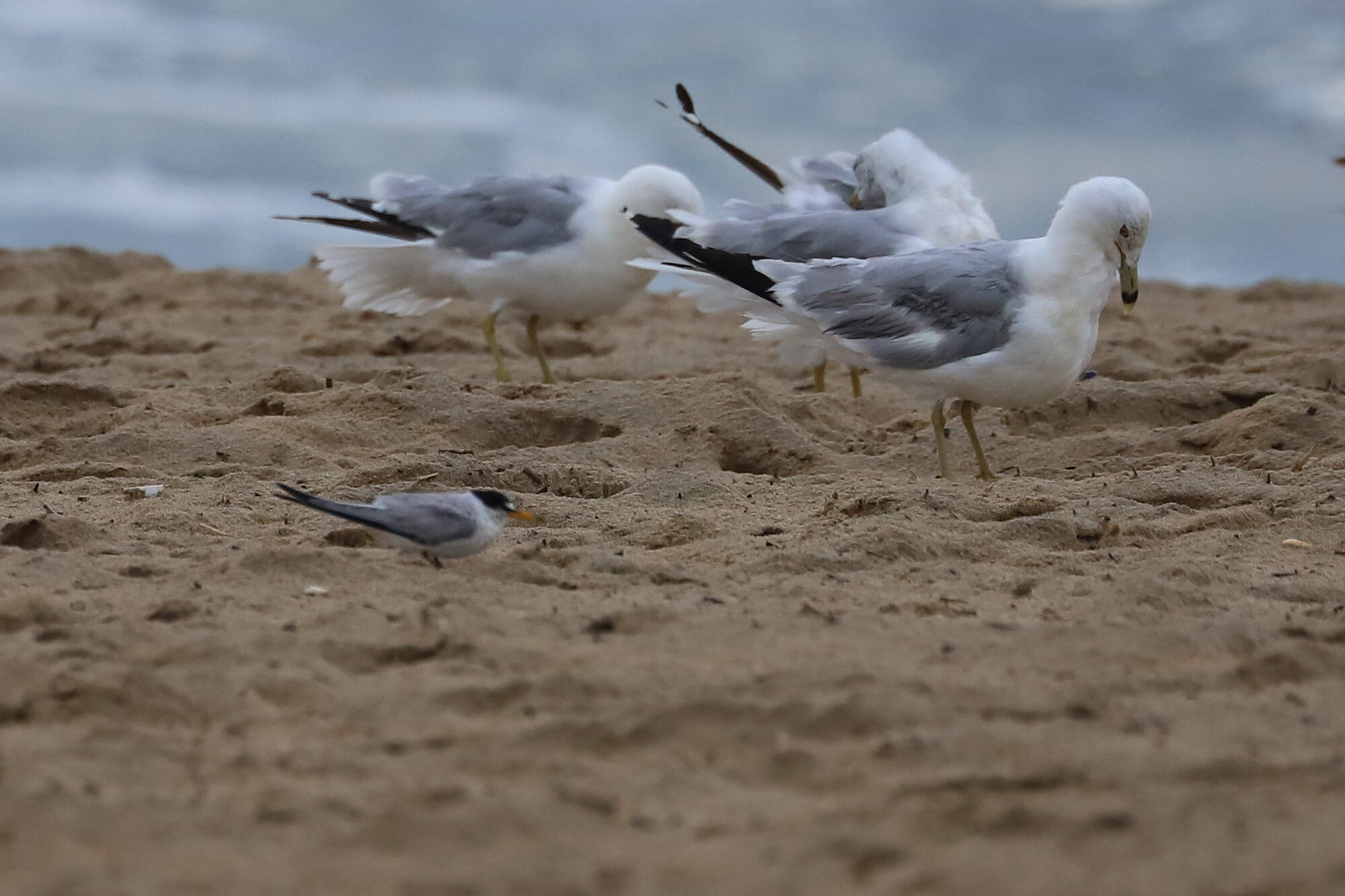
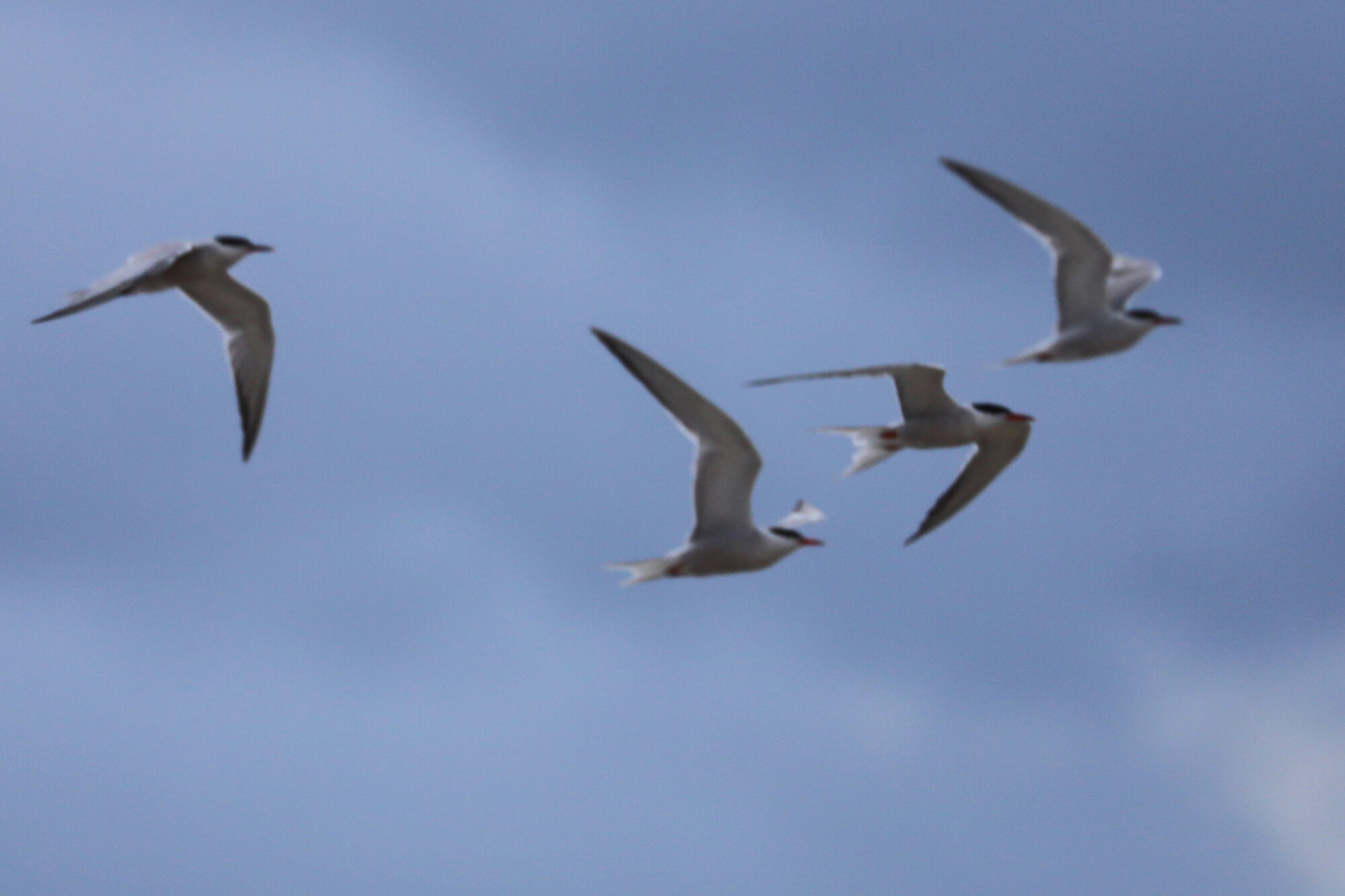
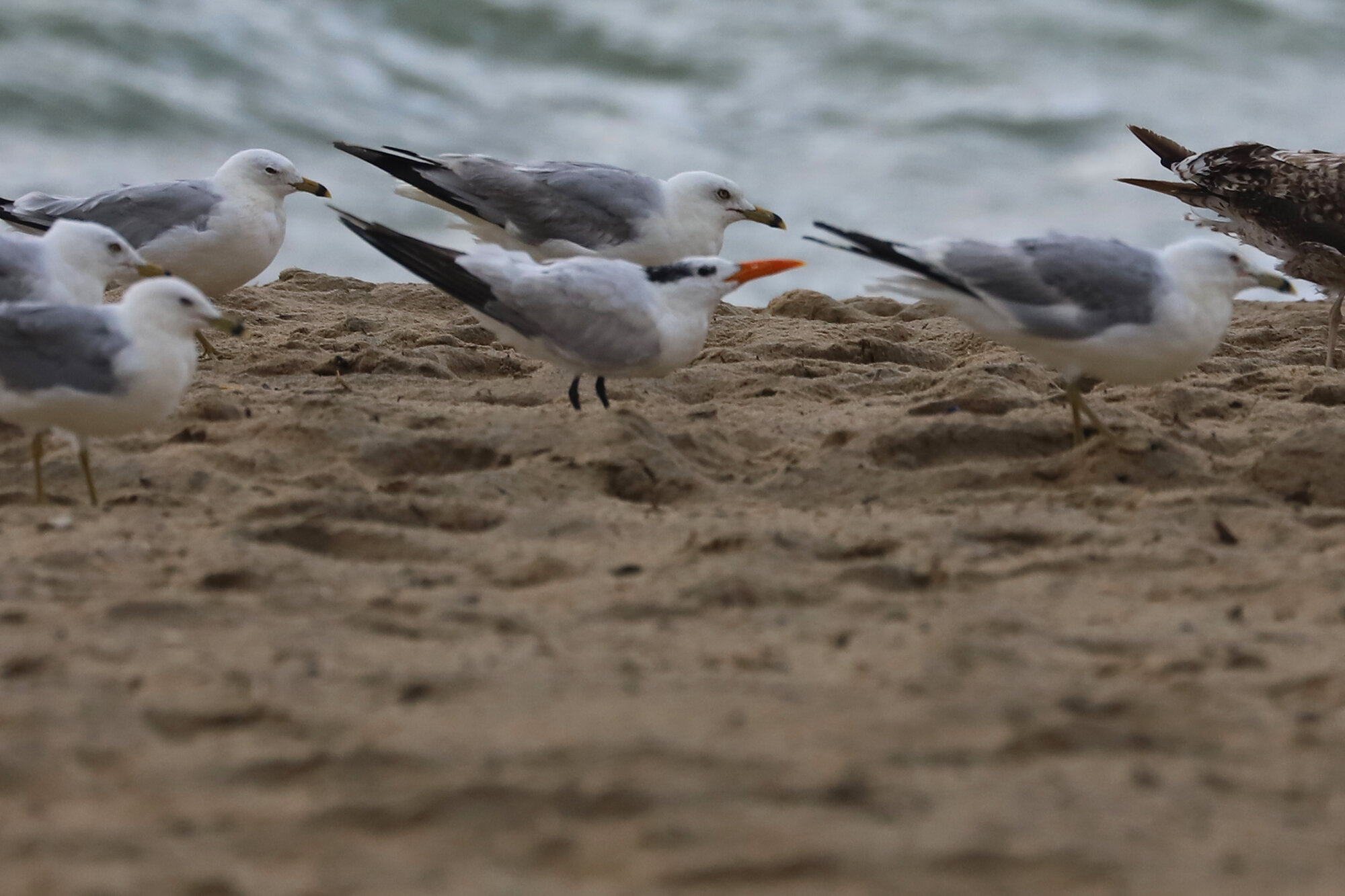
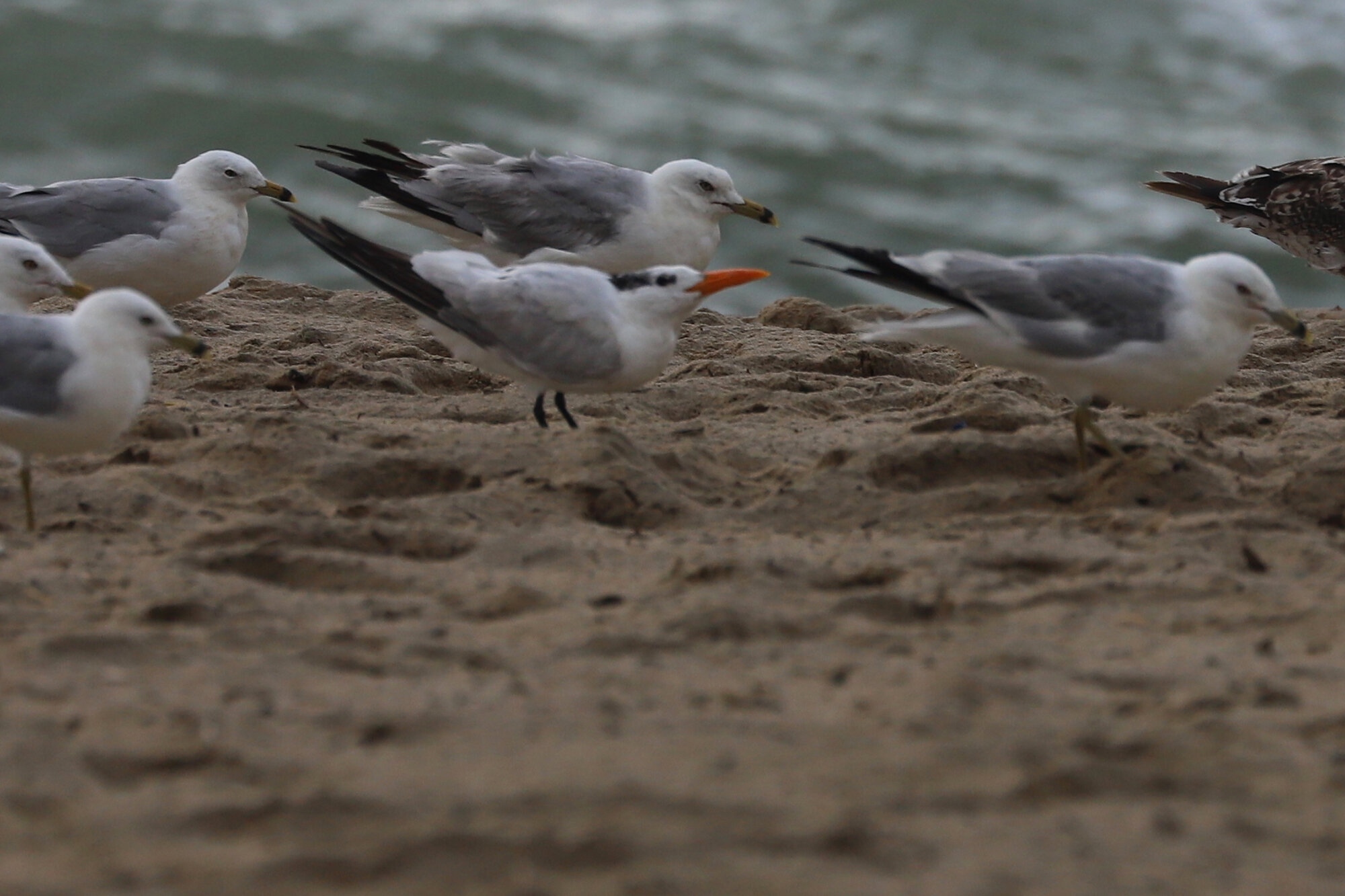
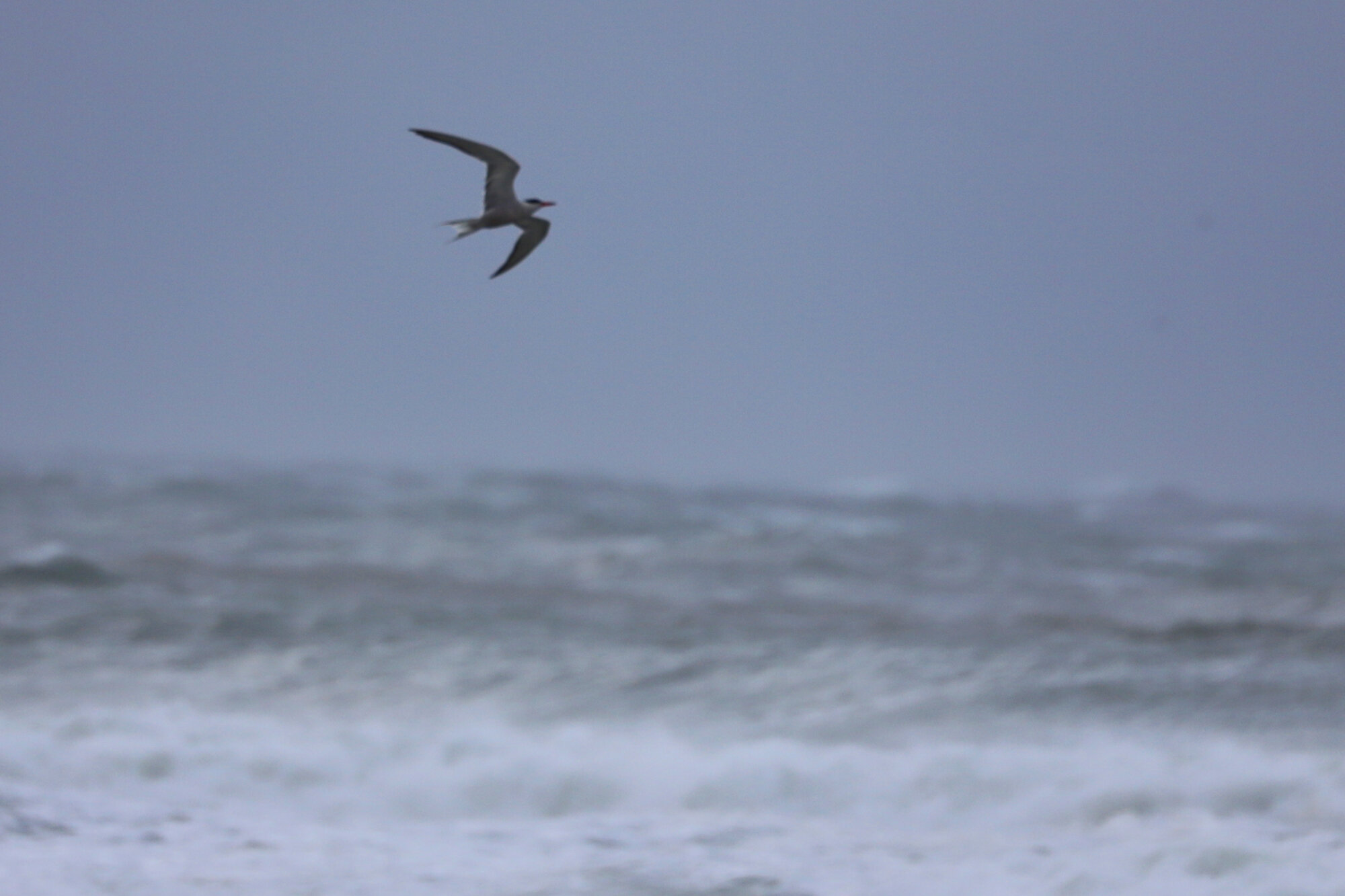
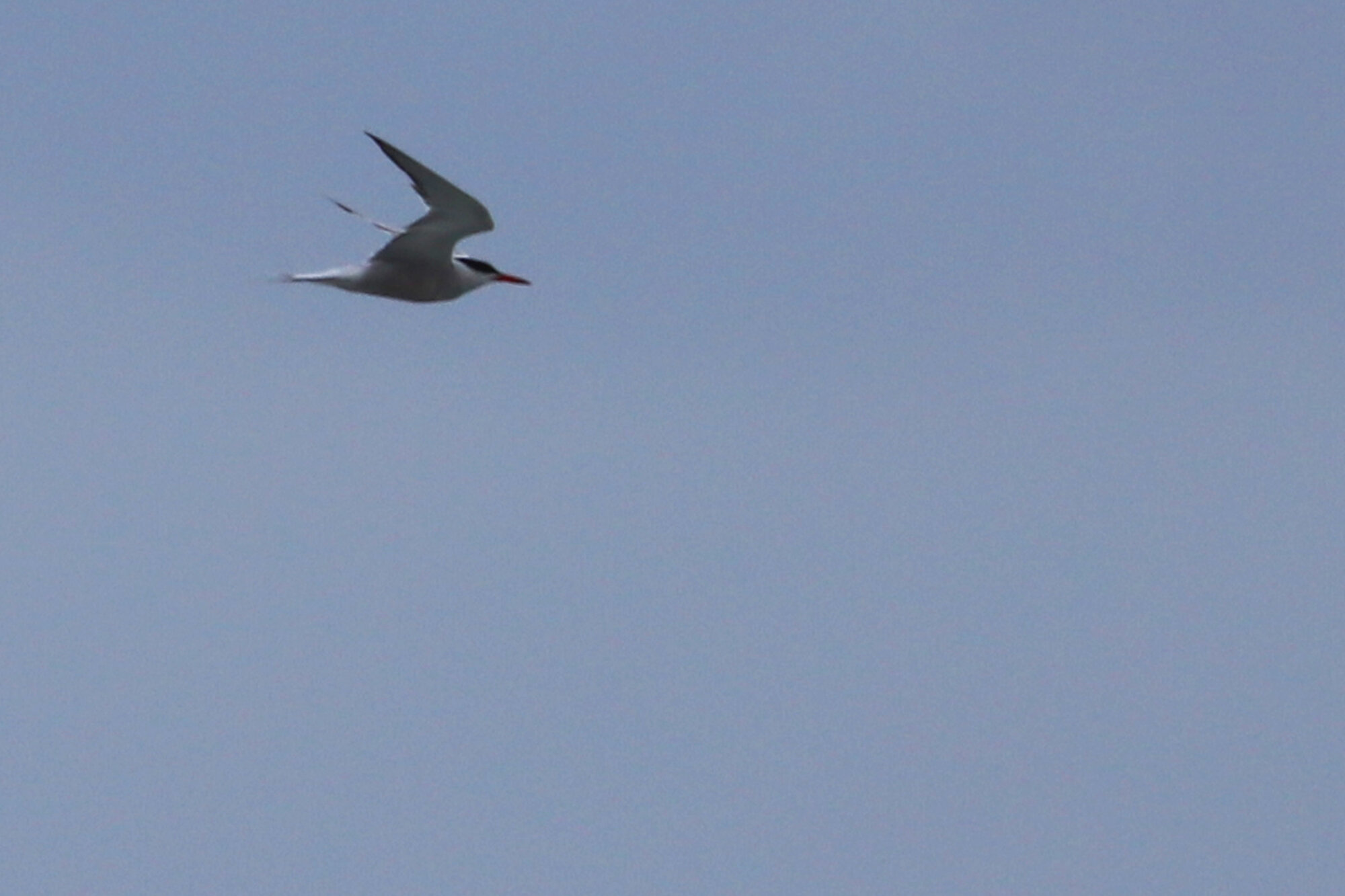
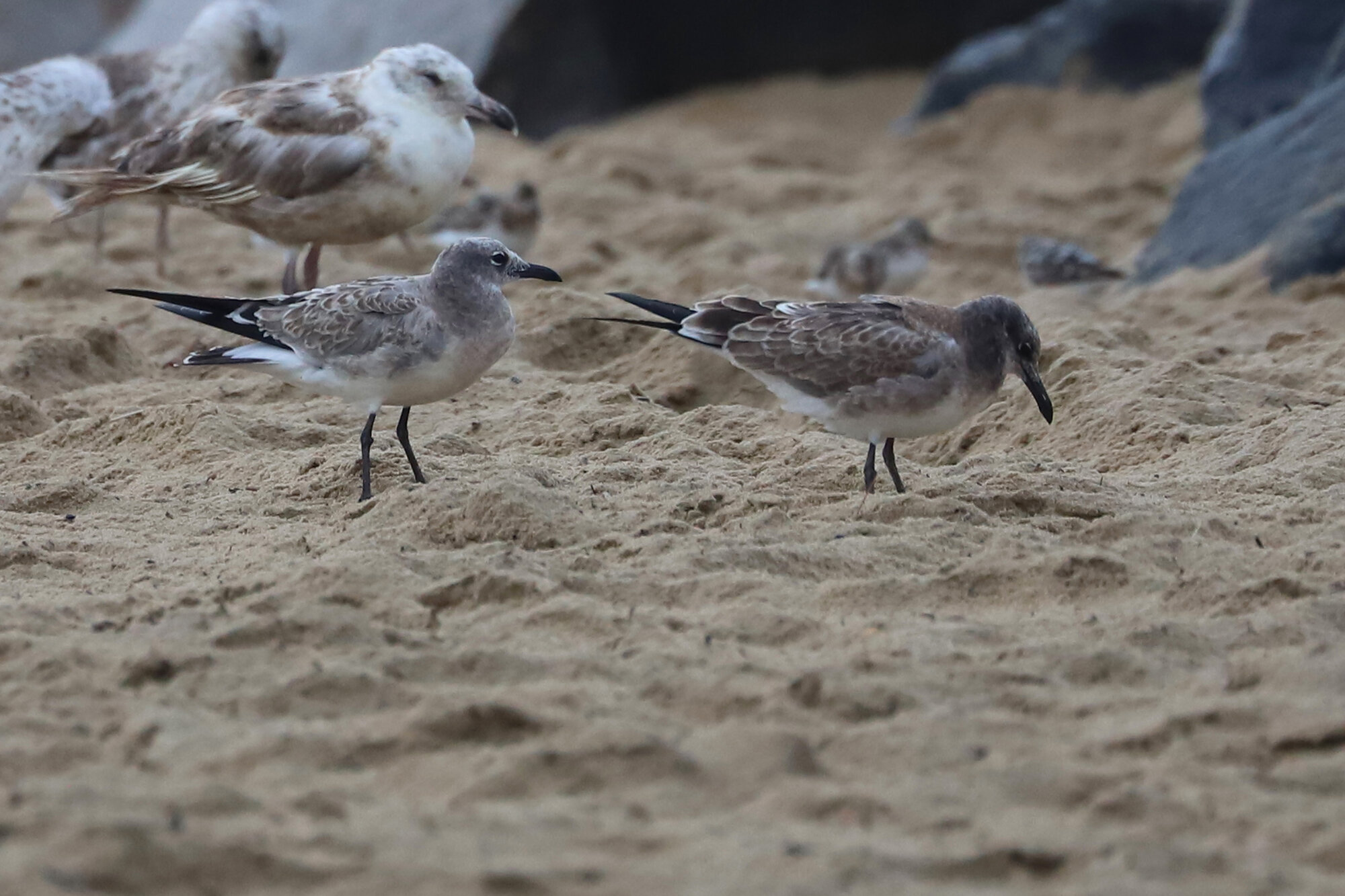
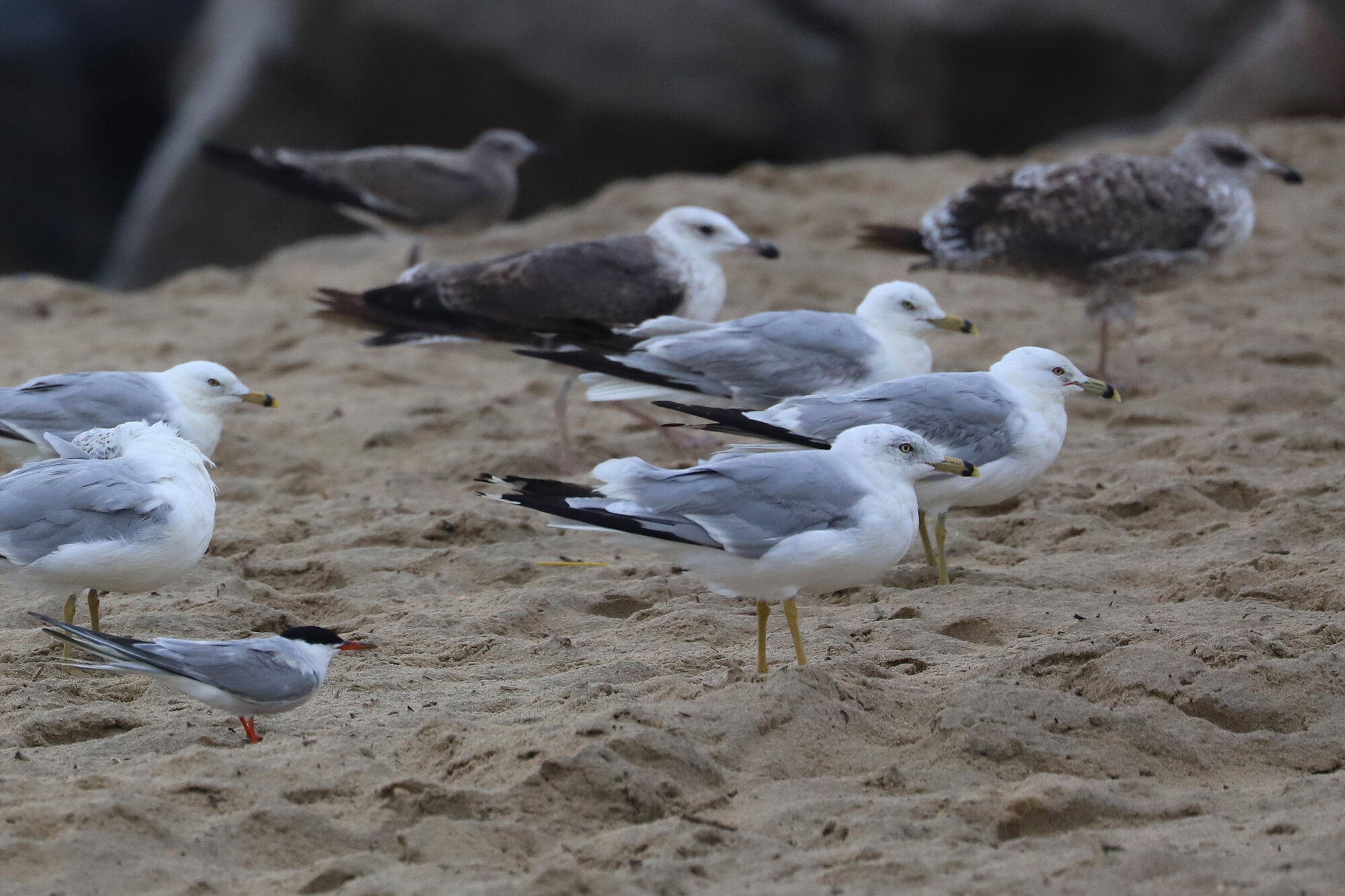
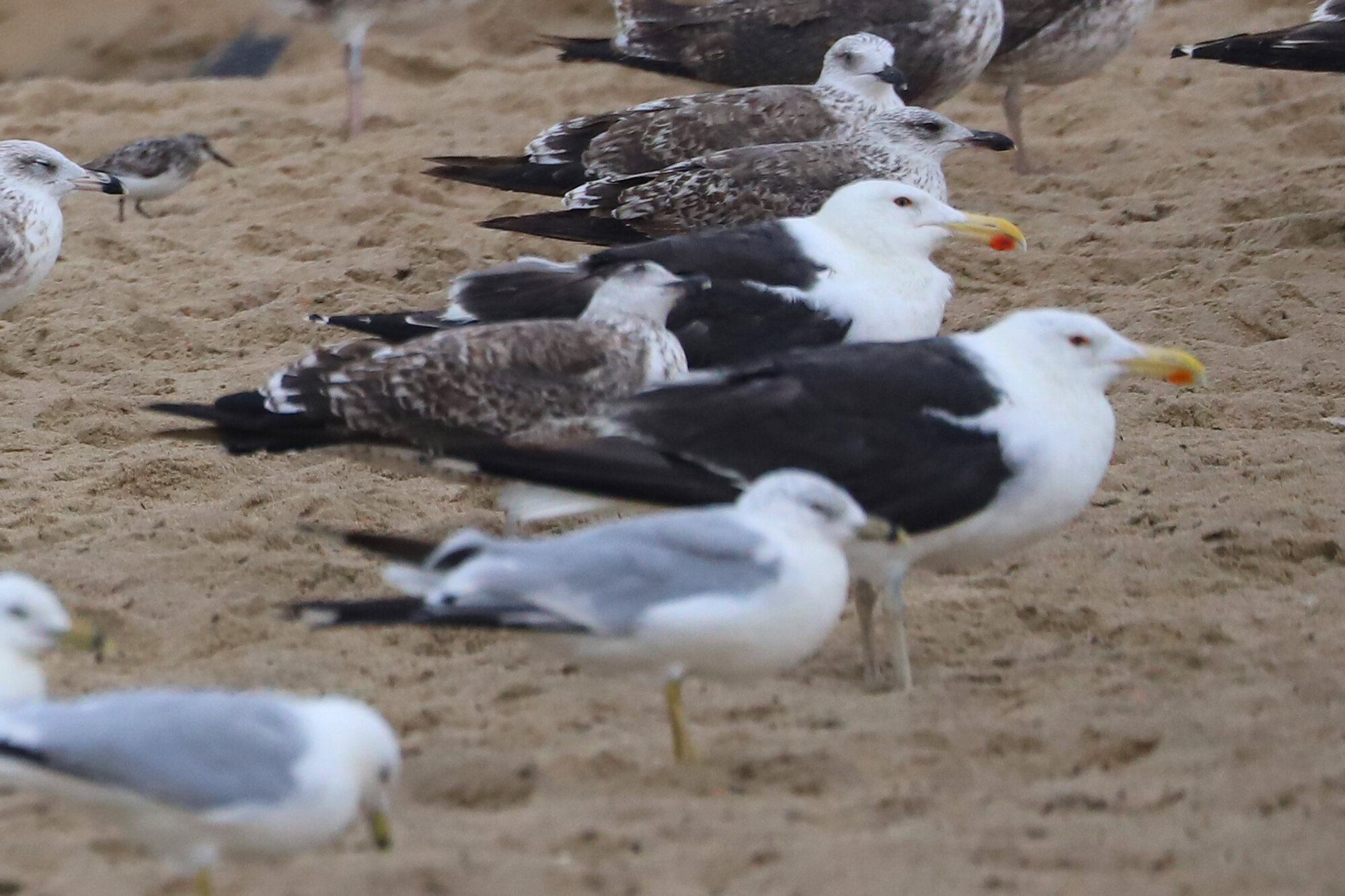
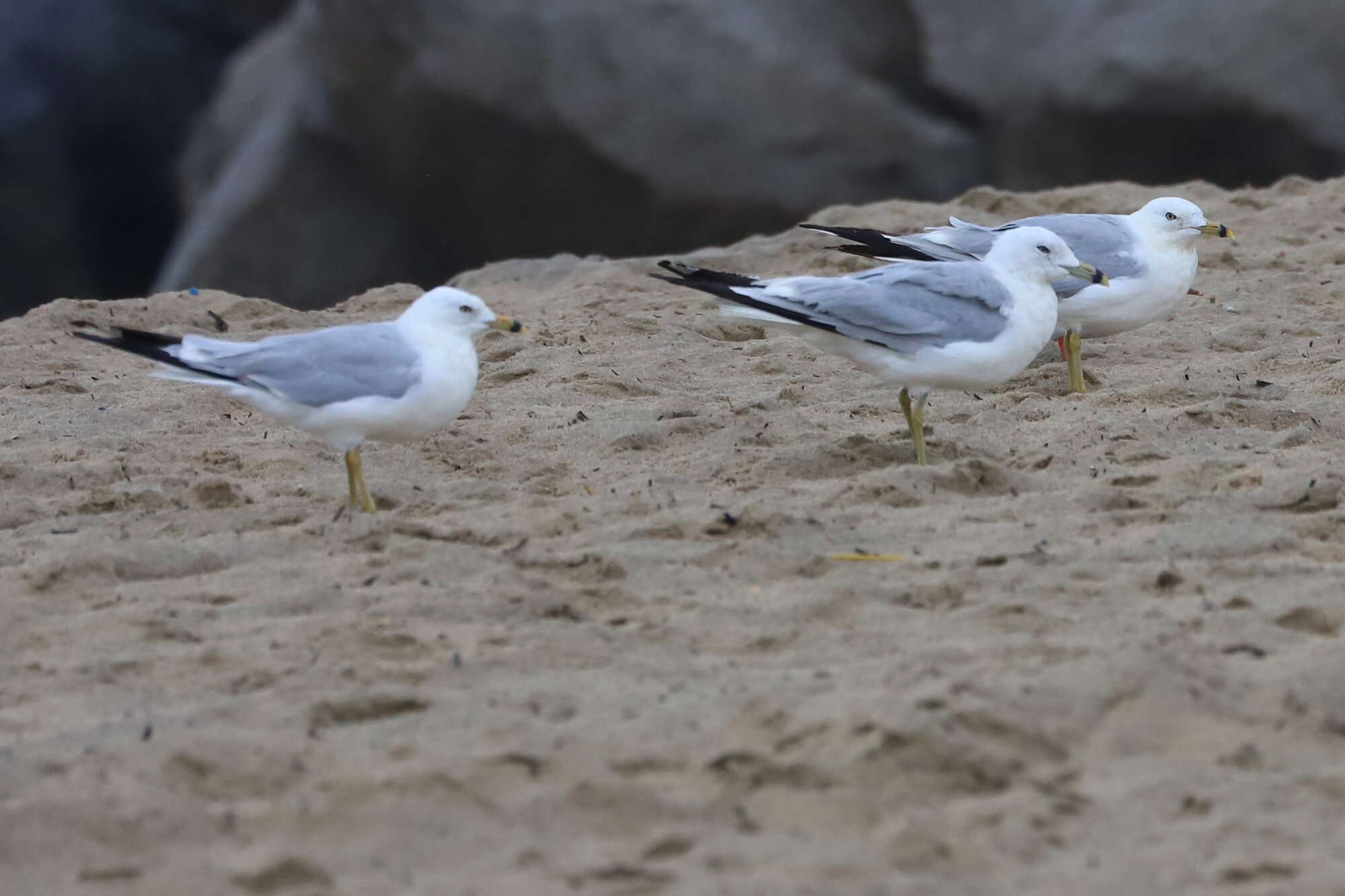
A number of birders were out locally, keeping watch for storm-displaced birds during the morning hours. Though no tubenoses were detected from Virginia Beach during the passage of Isaias, SOOTY TERNS proved to be the most impacted species due to the storm’s strength and trajectory. At 7:03 AM, an adult Sooty Tern was found resting on the beach at Rudee Inlet (ph. Rob Bielawski), where it managed to stay out of the southeasterly winds by hiding along the north side of the northern jetty. Roosting among a group that contained a number of Common Terns, a Least Tern, and various numbers of Ring-billed, Laughing, Lesser & Great Black-backed Gulls, this location sat low enough that the roaring winds, and windswept rain, seawater, and sands were able to pass over the birds without impacting them. Shortly after the initial sighting, the Sooty Tern rose up, facing directly into the winds, then was blown backward to the north, and moved at a northeasterly angle out to sea before vanishing over the waves shortly thereafter. Around 7:27 AM, another Sooty Tern was detected by a group (vis. Andrew Baldelli, Linda Chittum, Ada Jones & Karl Suttmann) while positioned in the north-side wake of the Harbormaster at JEB Fort Story (restricted access), which sits on Cape Henry, a critical viewing point at the convergence of the Chesapeake Bay and the Atlantic Ocean. Back at Rudee, another Sooty Tern, also an adult, was detected moving southeasterly into the winds offshore at a distance of 100 yards or so (vis. Rob Bielawski, Steve Keith). Around 9:54 AM, a second individual was also noted at Fort Story, with a group of four Sooties (all adults) noted ten minutes later at 10:04 AM; all individuals were eastbound towards the ocean (original group, plus vis. Cindy Hamilton & Steve Keith). By this point in the morning, the winds had been southwesterly for some time, and had dropped considerably in strength. No further sightings of Sooty Terns occurred in Virginia Beach.
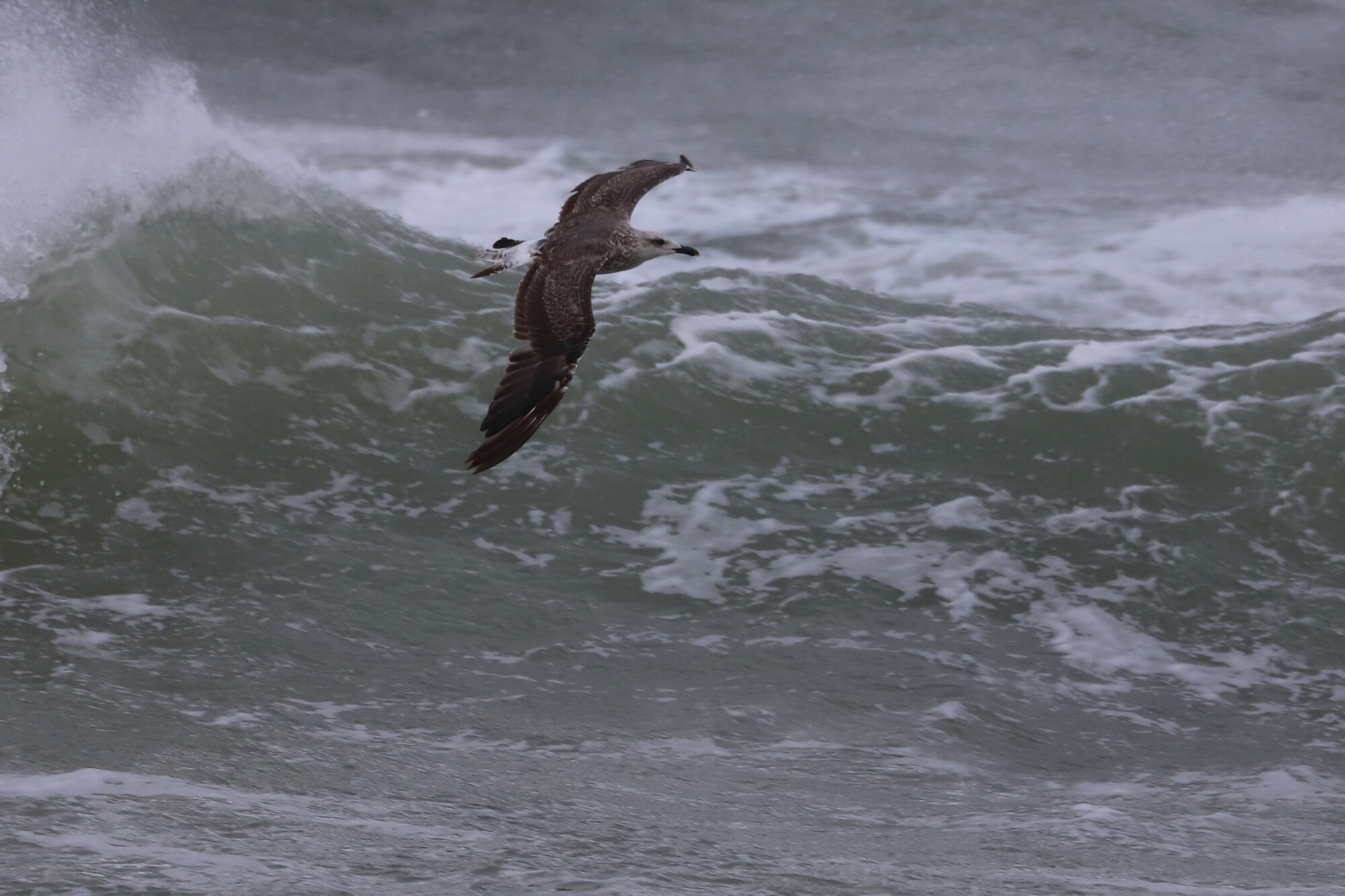


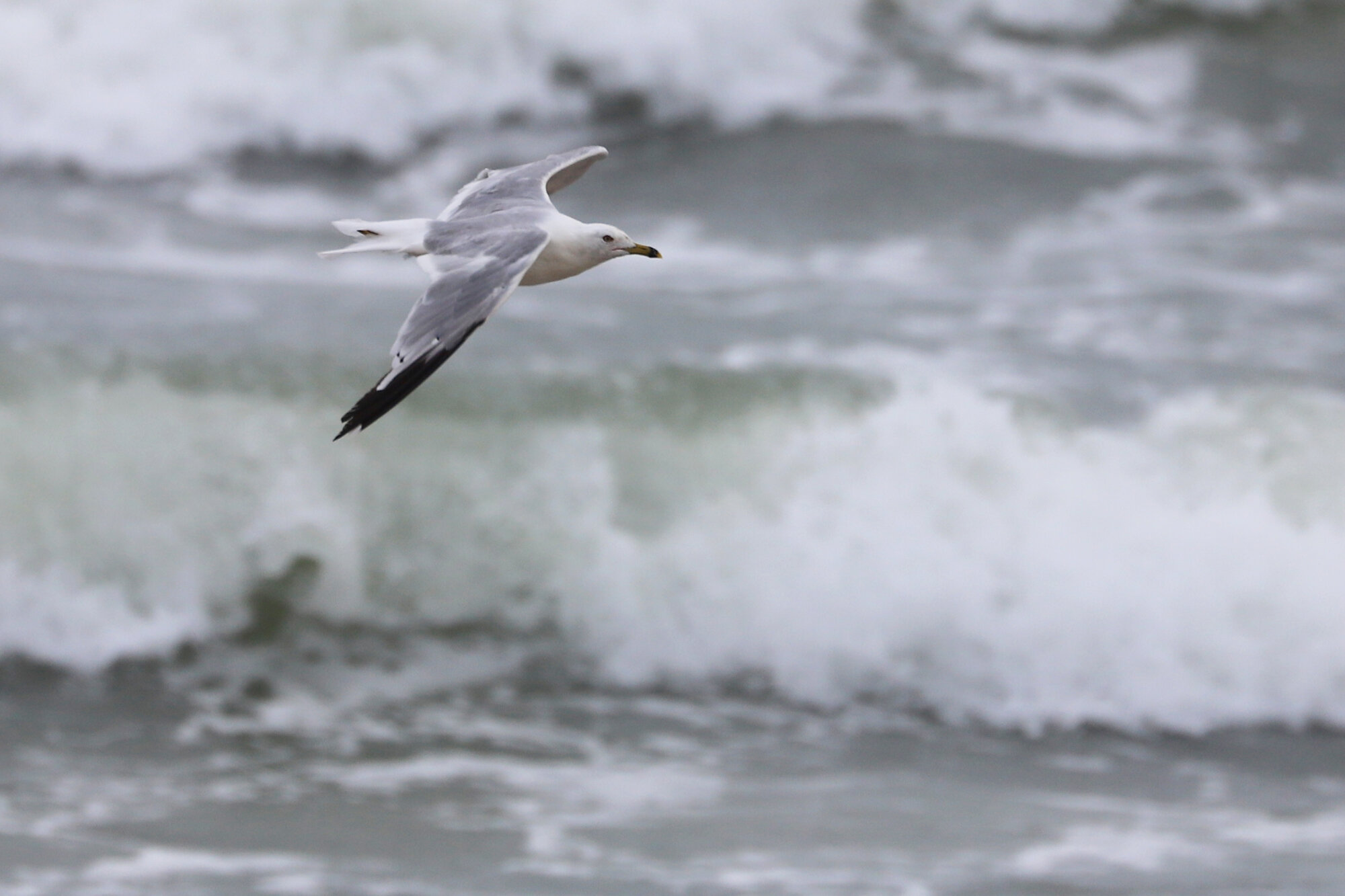
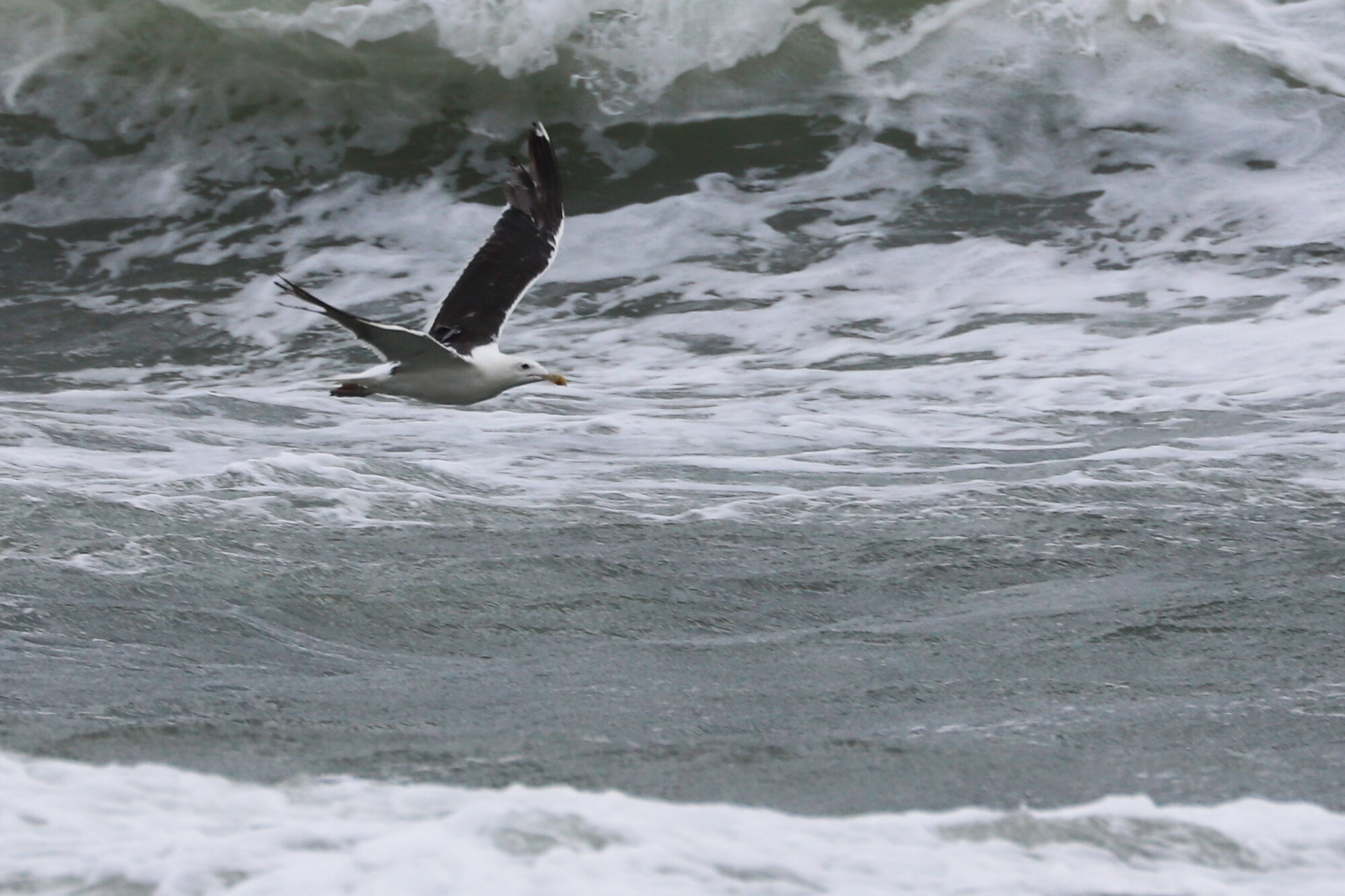
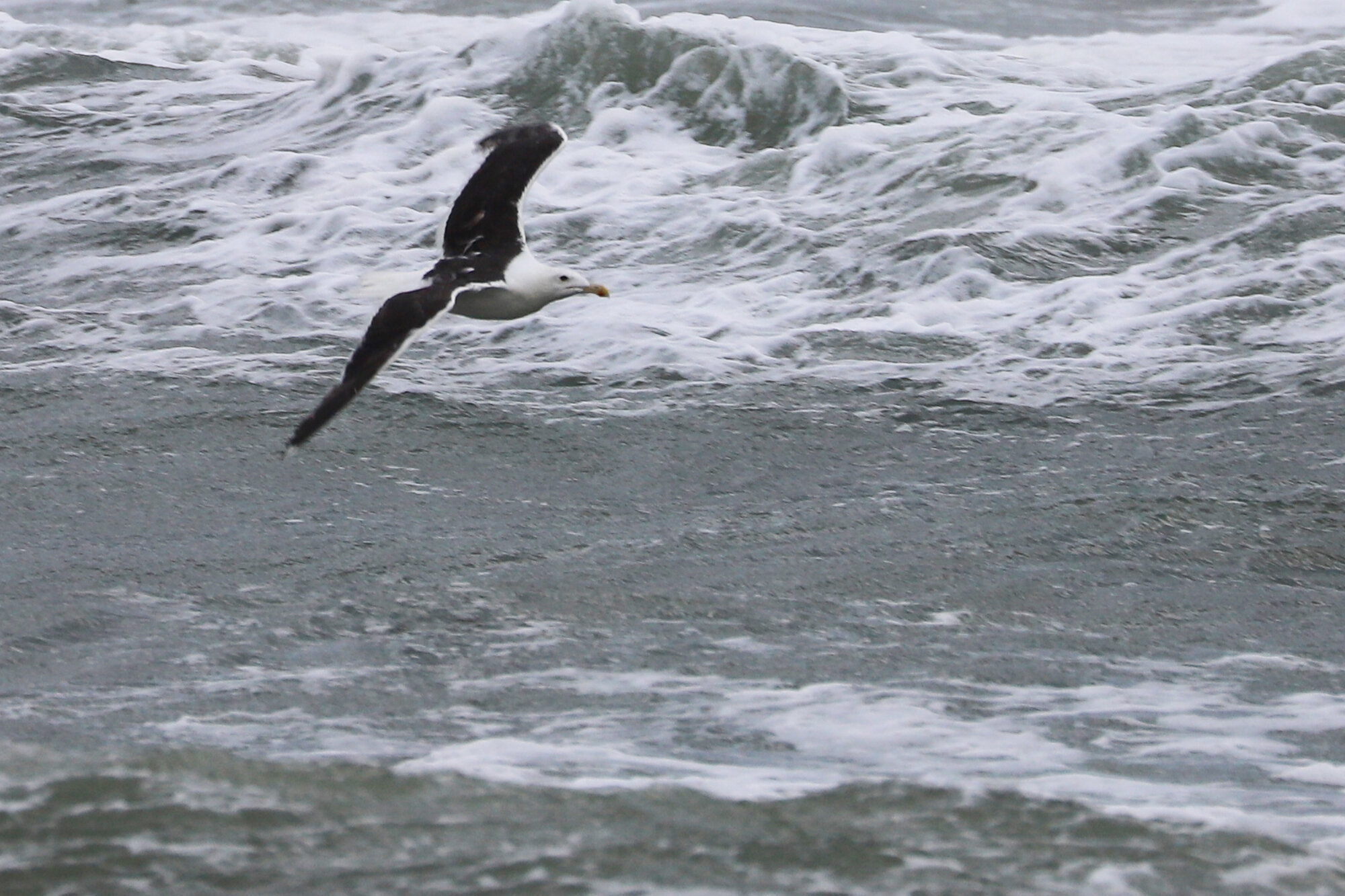
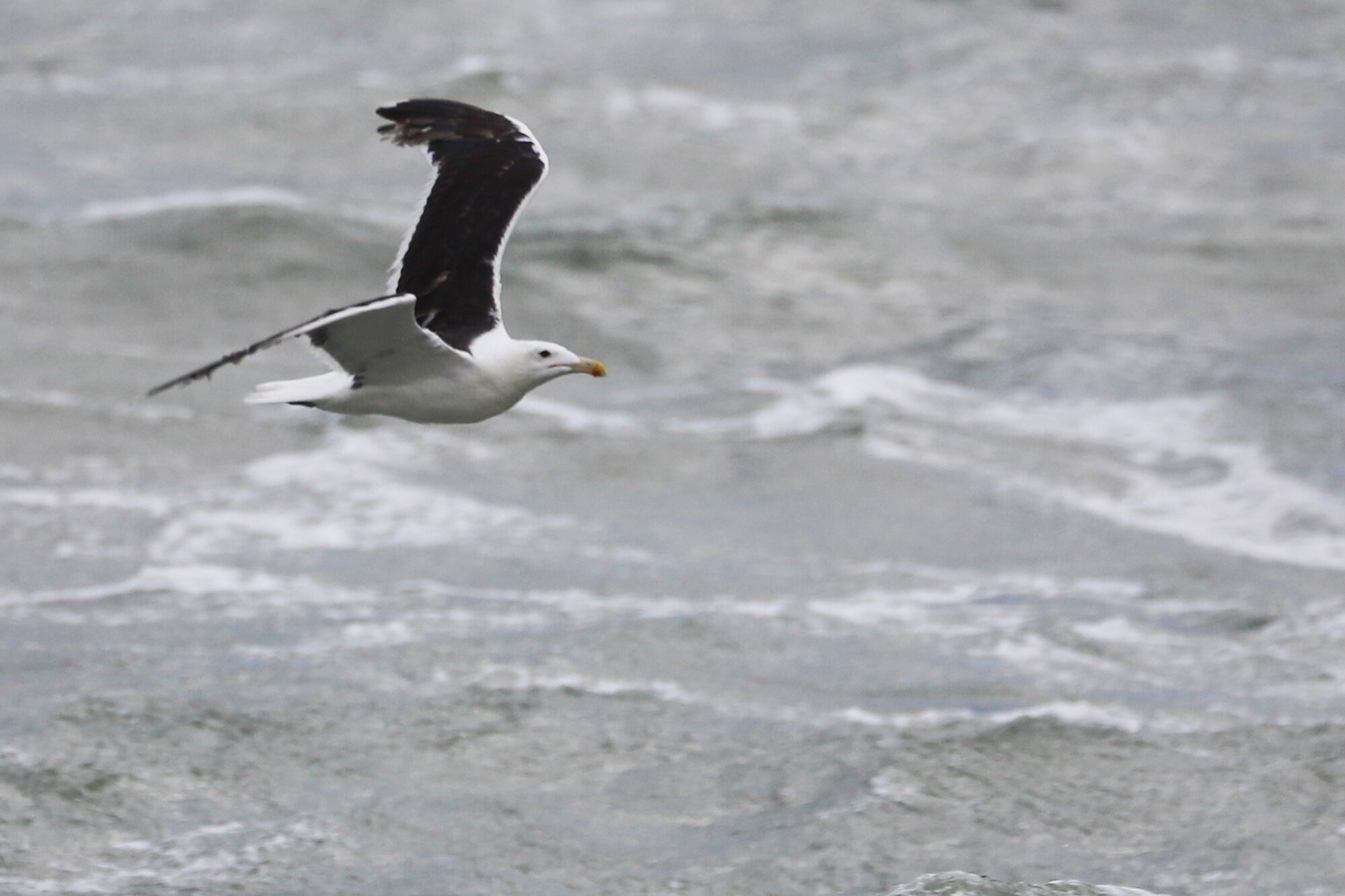

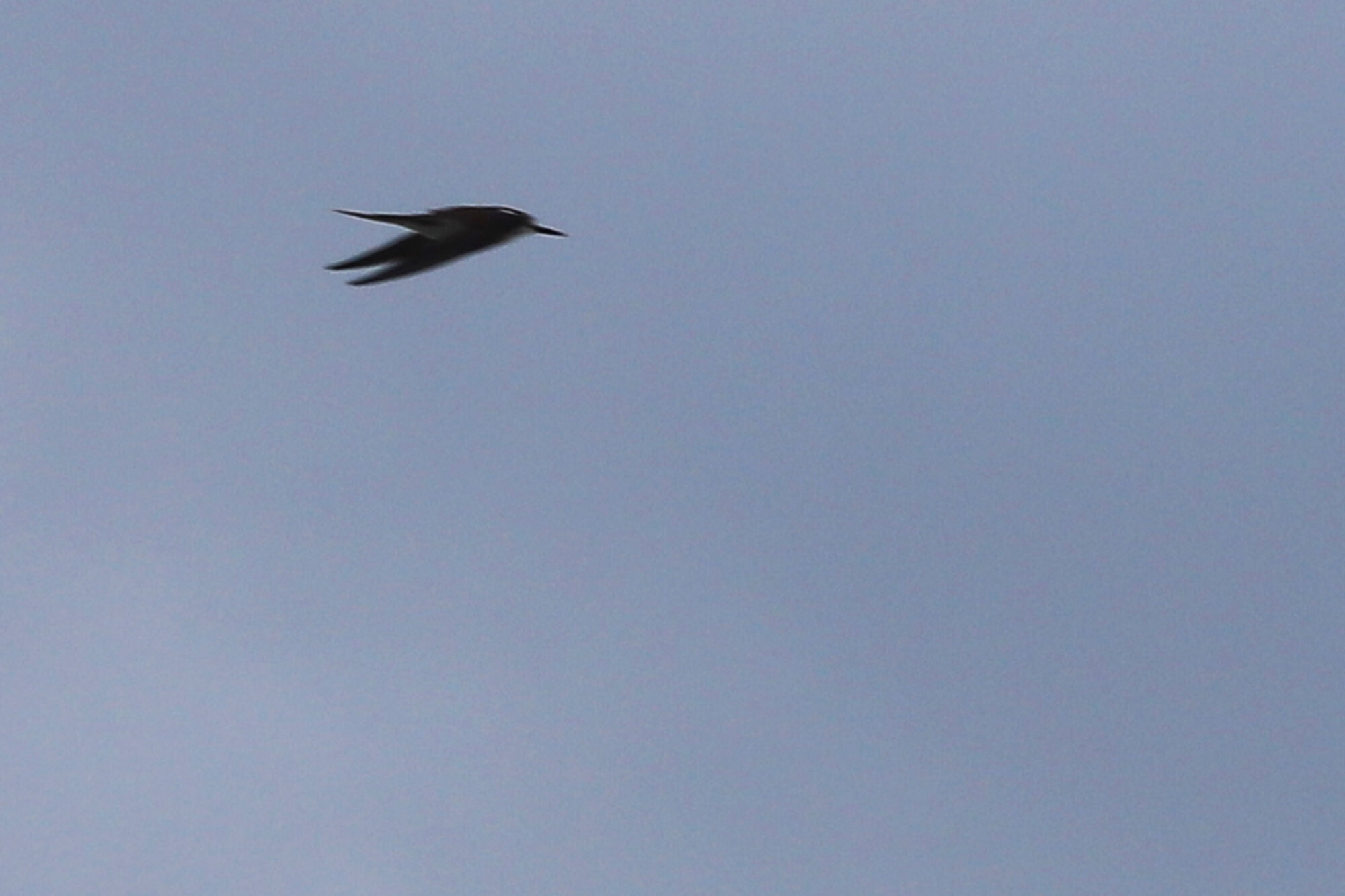
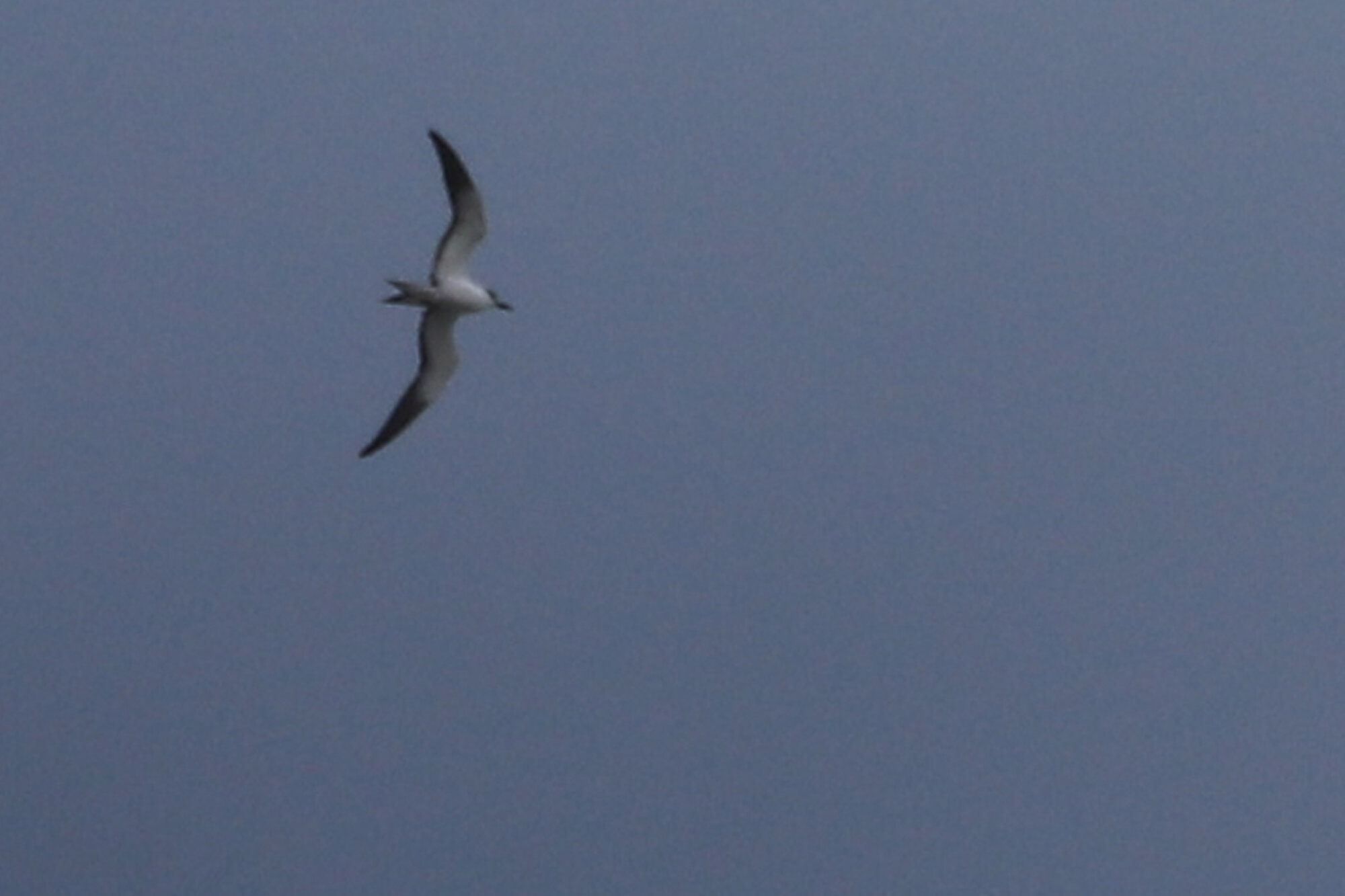
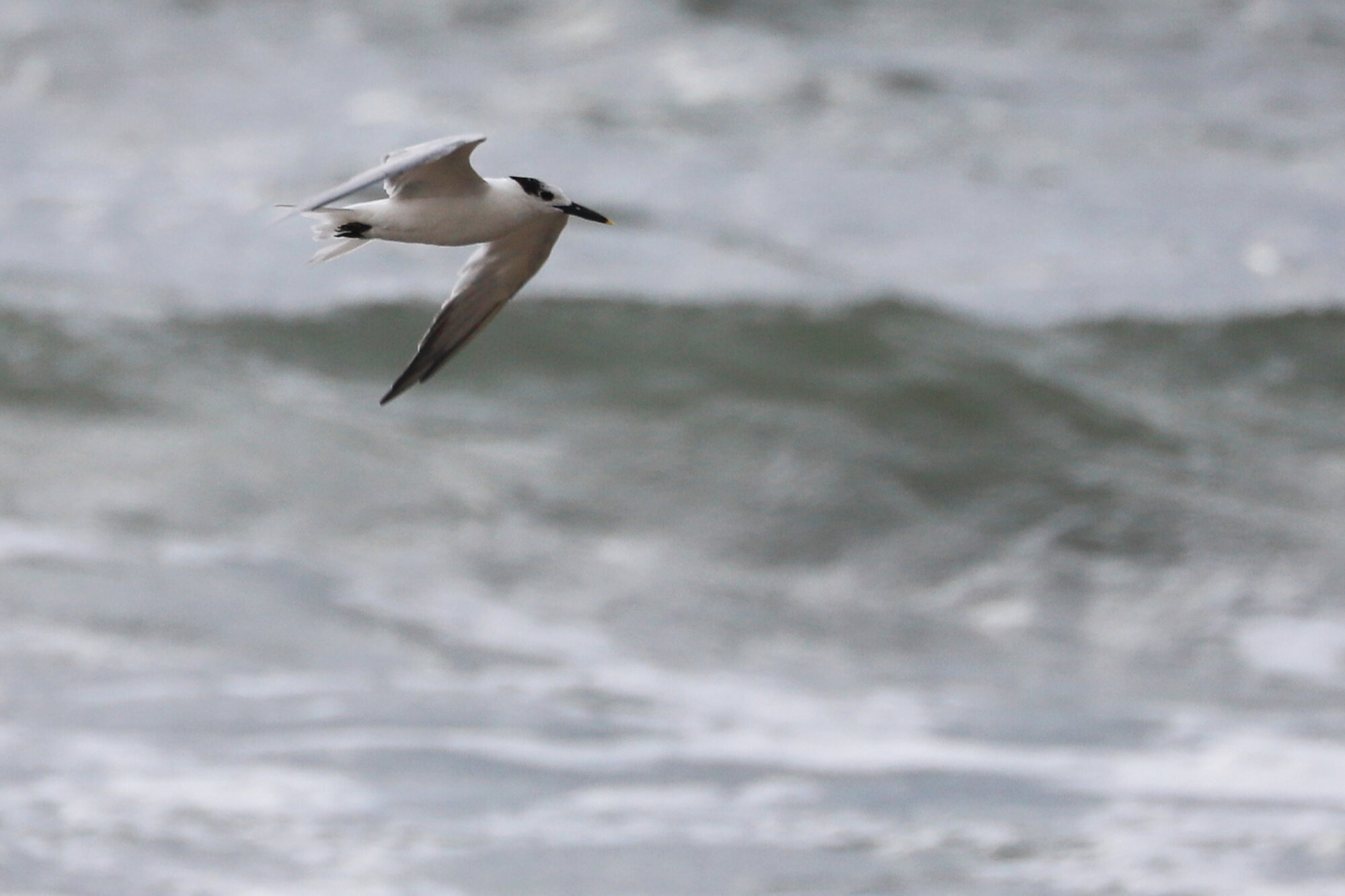
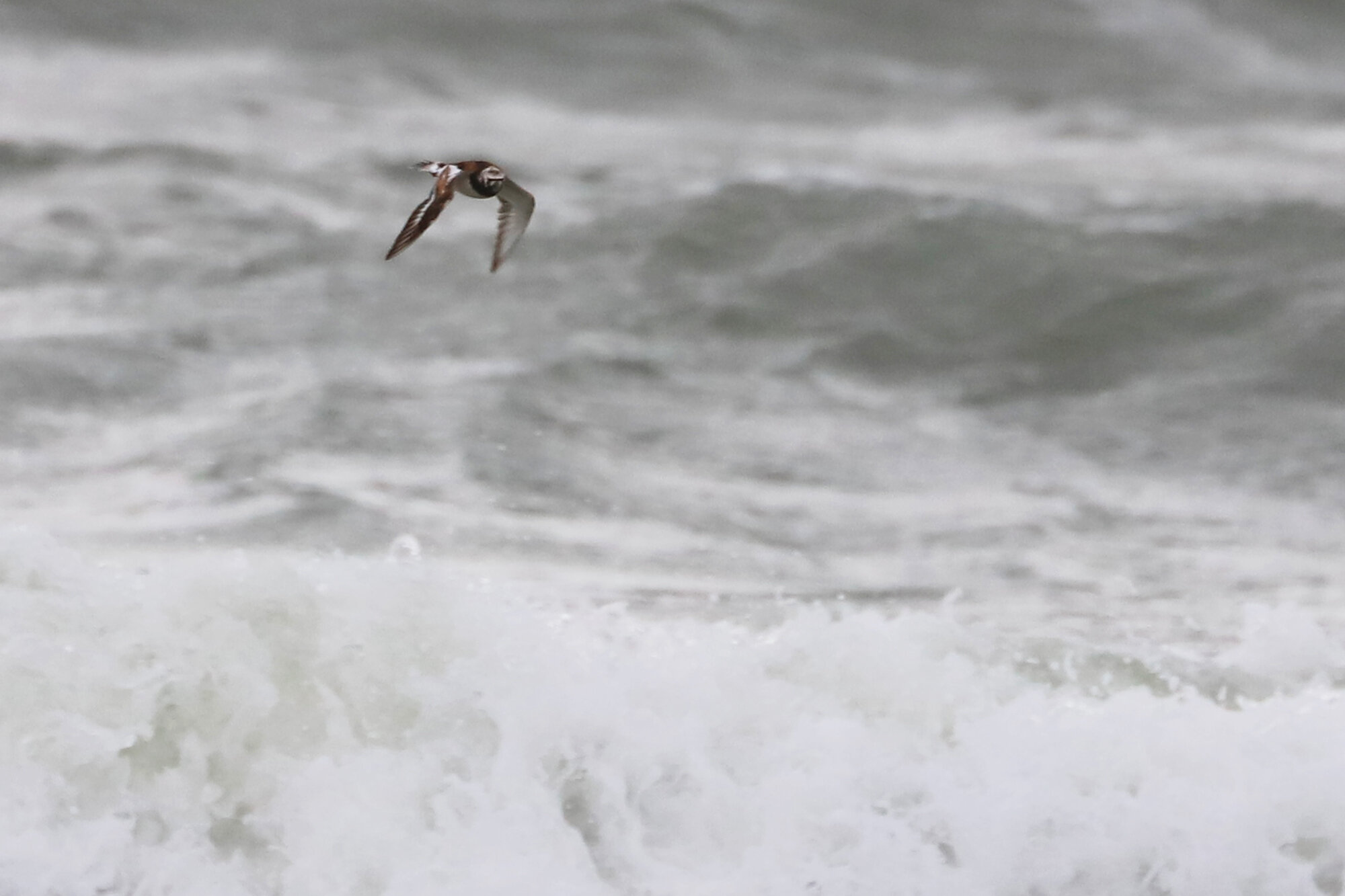
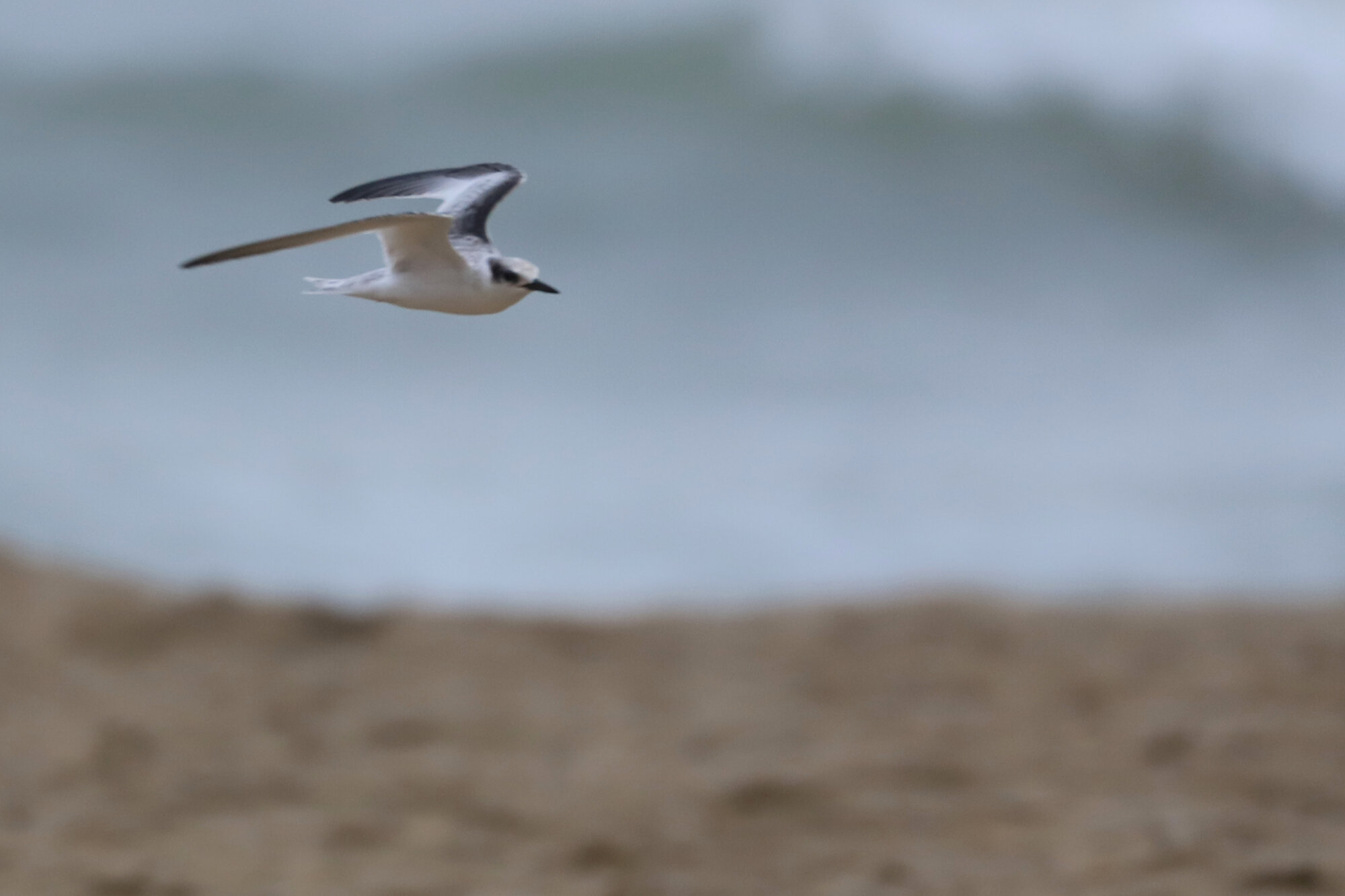
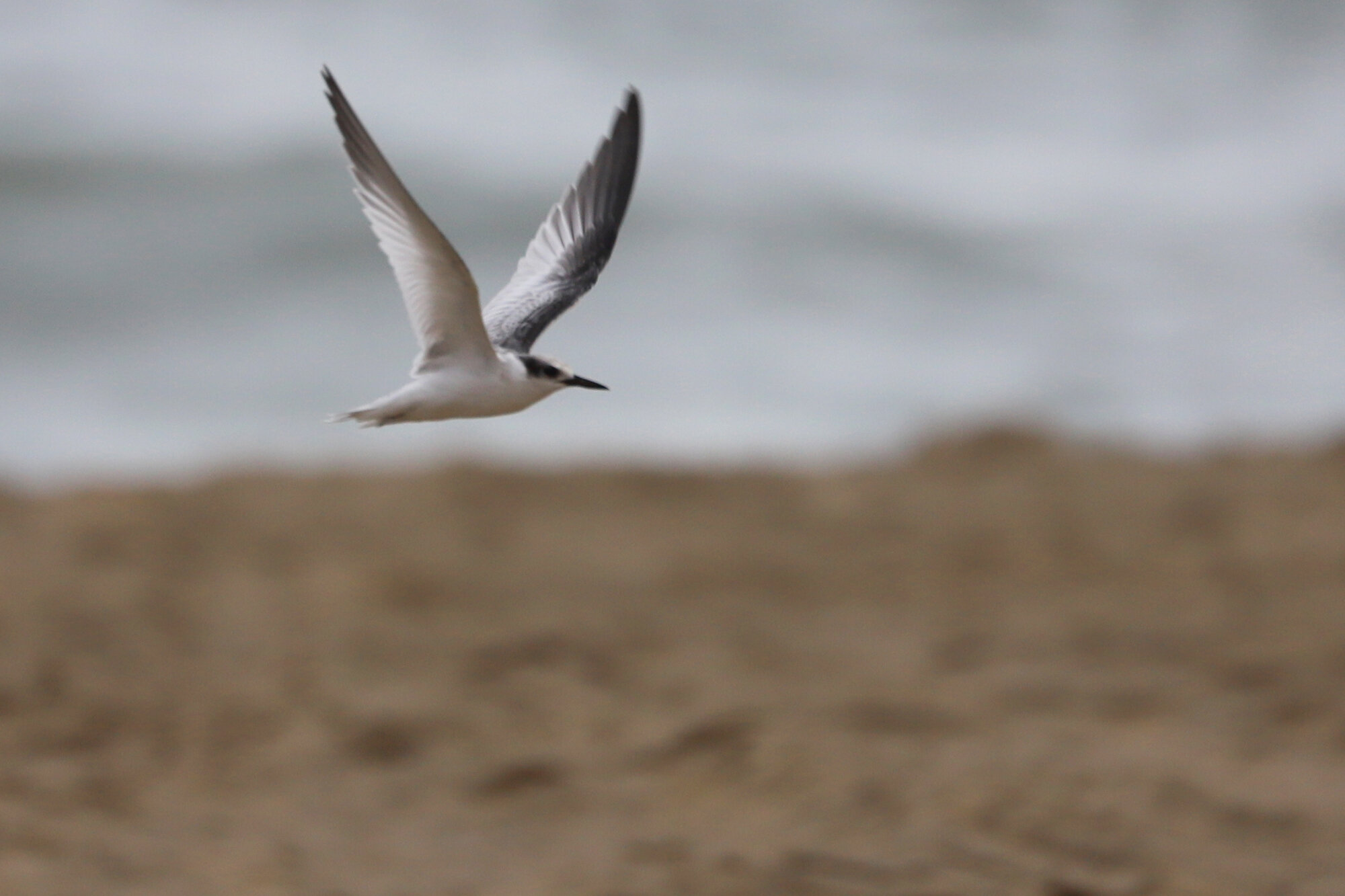
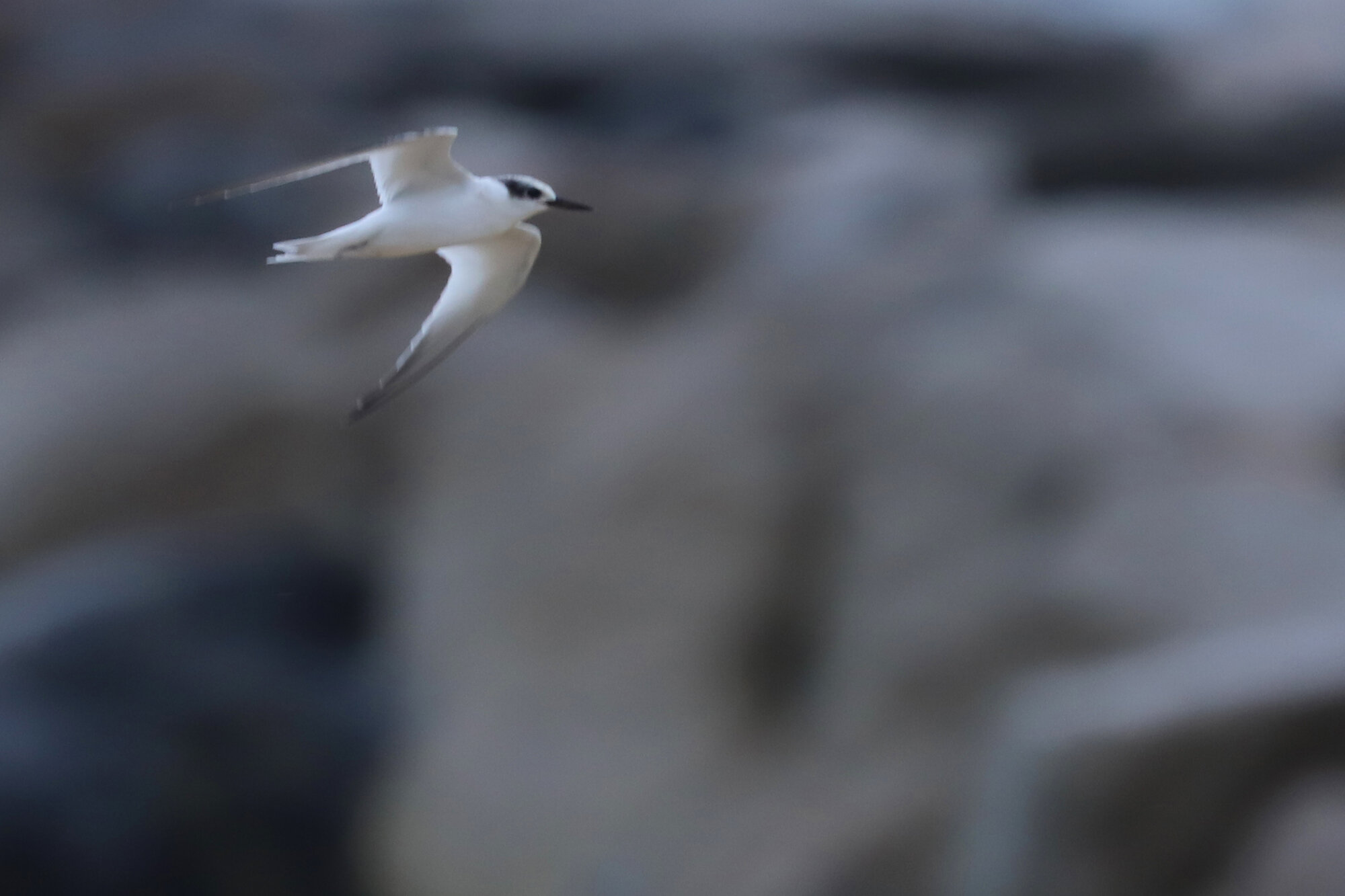
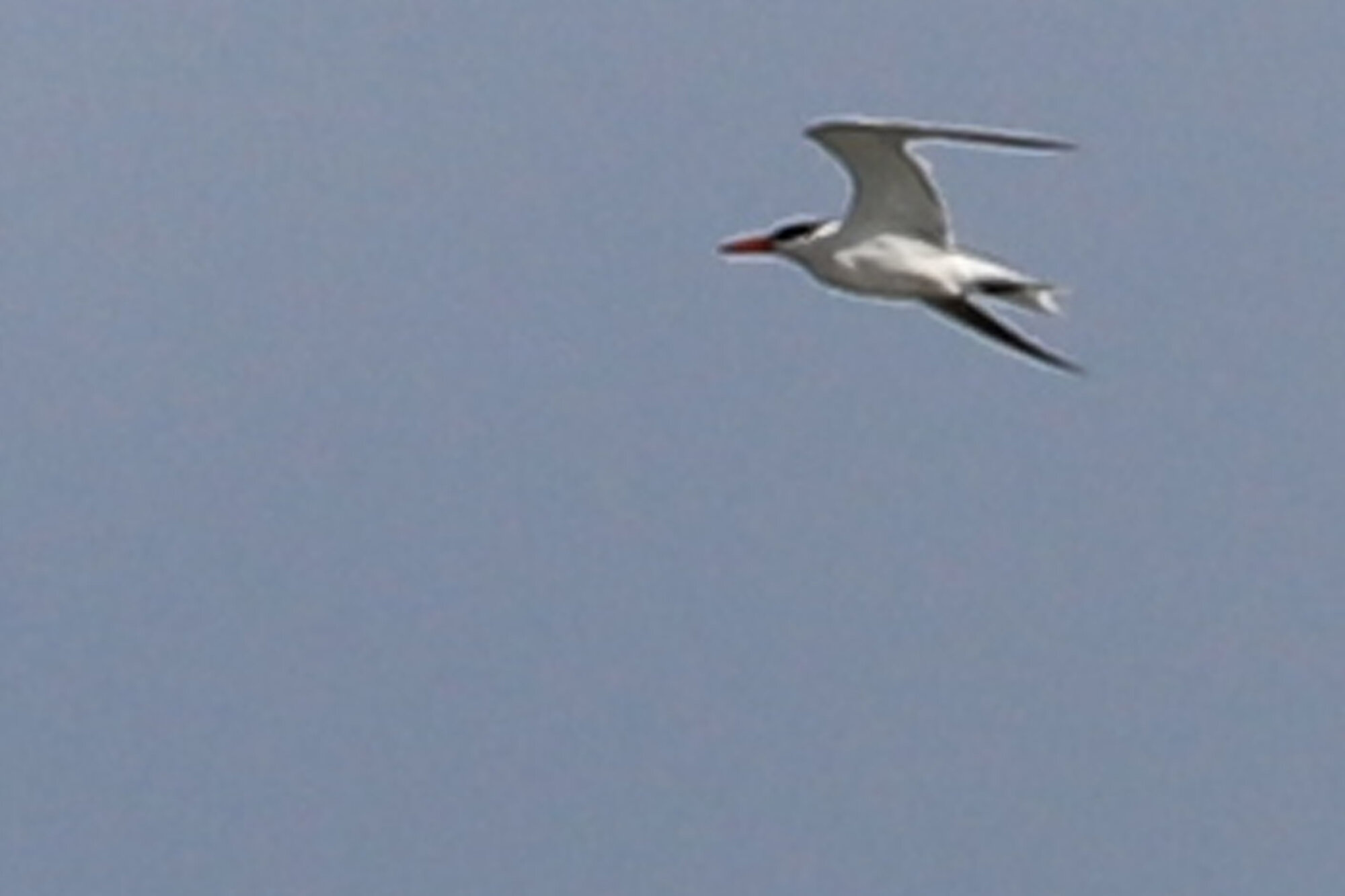
Though the Sooty Terns were the only “seabird” observed in Virginia Beach during the storm’s passage, we did have a number of other storm-related observations that warrant mention here. Clearly, the most impacted regularly-occurring species was BLACK TERN, with high counts and widespread reports around our coastline. Unlike with Hurricane Dorian in Sep 2019 which flung Black Terns to many interior locations within Virginia Beach (Little Creek Reservoir, Stumpy Lake), all the records that occurred with Tropical Storm Isaias were coastal. A total of 26 individuals were counted by the team up at Fort Story, while three were photographed just west of here at First Landing SP (ph. June McDaniels) with at least one roosting on the beach itself during the early morning hours. After the storm’s major impacts had subsided, Black Terns continued to be reported even in the afternoon & evening hours, with two more at Fort Story (vis. Louis Rajnys), two at Dam Neck Naval Annex (vis. Karen & Tom Beatty) and lastly, one (ph. Steve Myers) to four (vis. Andrew Baldelli & Linda Chittum) were found at Back Bay NWR over the ocean. The rains that fell during the storm’s approach & passage also helped produce some shorebird/wader records where these species hadn’t been present yet during the fall season. Along West Landing Road in the early afternoon, a pair of PECTORAL SANDPIPERS, a LESSER YELLOWLEGS, and a LITTLE BLUE HERON (vis. Rob & Ruth Bielawski) all felt out of place given their recent distribution in the city, though these species are certainly expected in proper habitat during early August. Likewise, several SOLITARY SANDPIPERS were picked up along Drum Point Road (vis. Andrew Baldelli & Linda Chittum), but shorebirds were not present in the fields near Shipps Cabin Road during the event. These fields became fully submerged by the persistent, and strong southerly winds, which push the waters of Back Bay northward, forcing the water to eventually move up creeks & agricultural feeder ditches with ease. Surprisingly, there was not a single report of Gull-billed Tern in the city, though we did have eight total tern species logged (Least, Black, Forster’s, Common, Sandwich, Royal, Caspian & Sooty). We just weren’t able to add a Gull-billed, or a Roseate, which would have matched the suite detected here during Dorian.
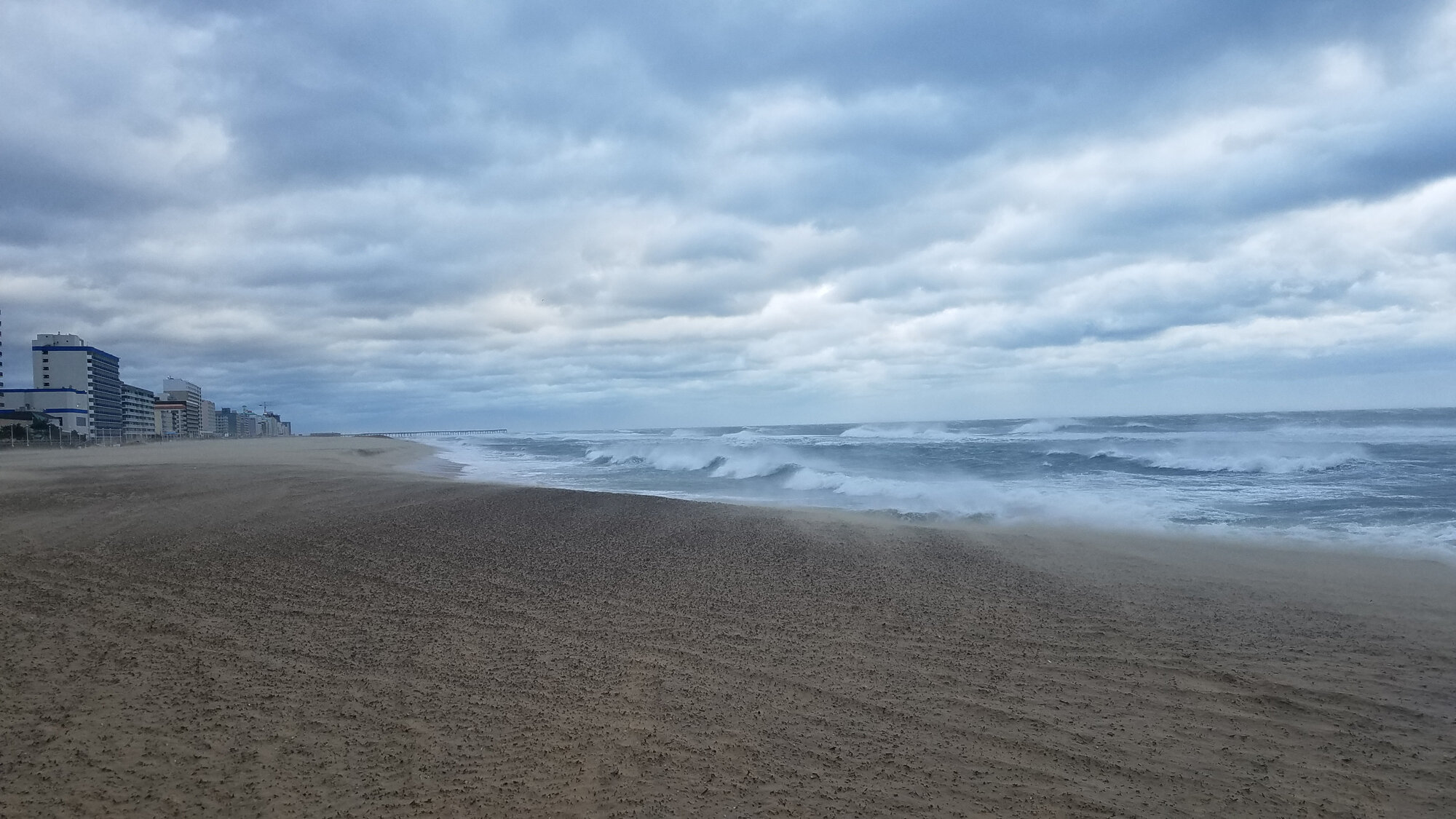
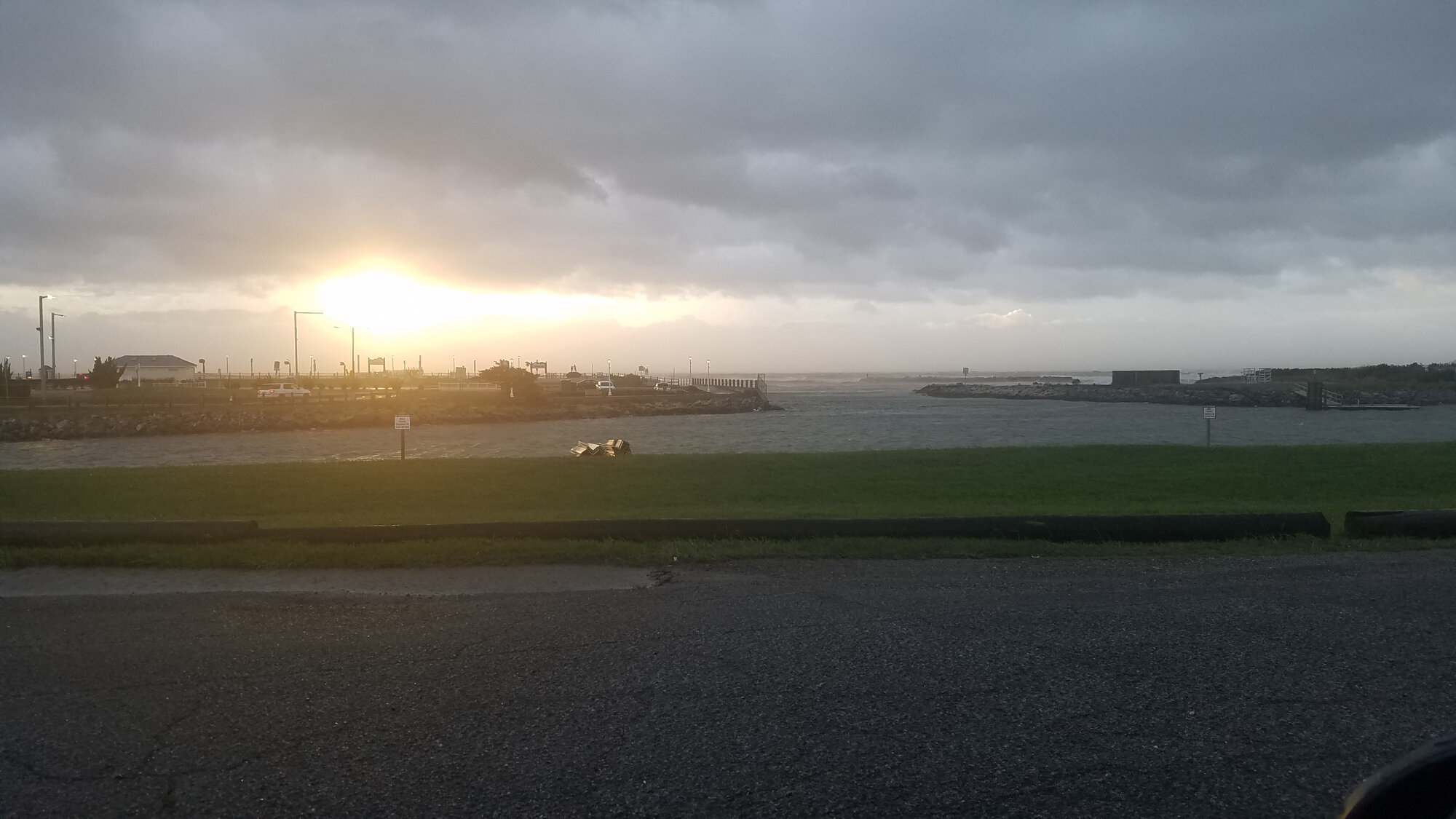
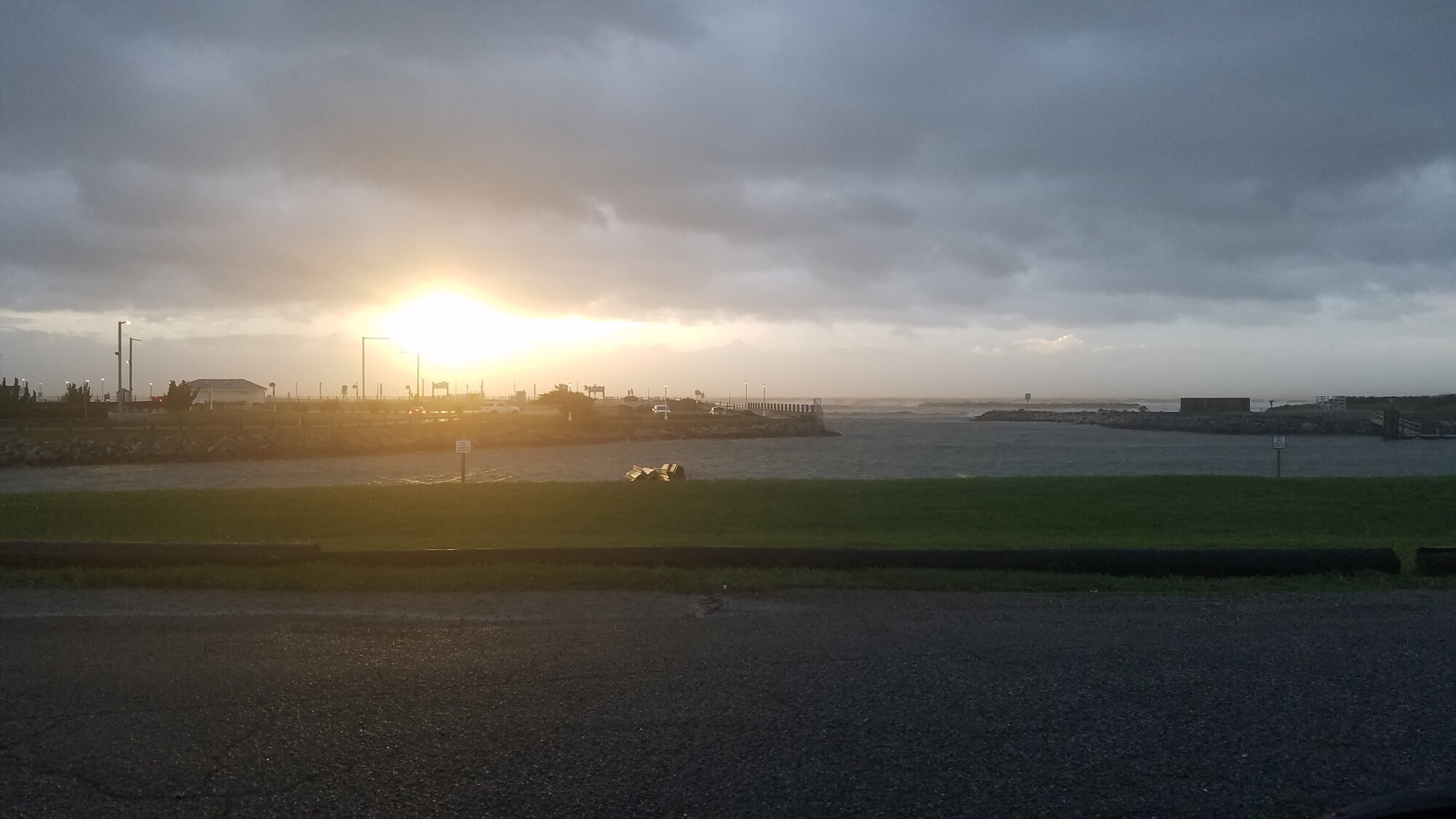
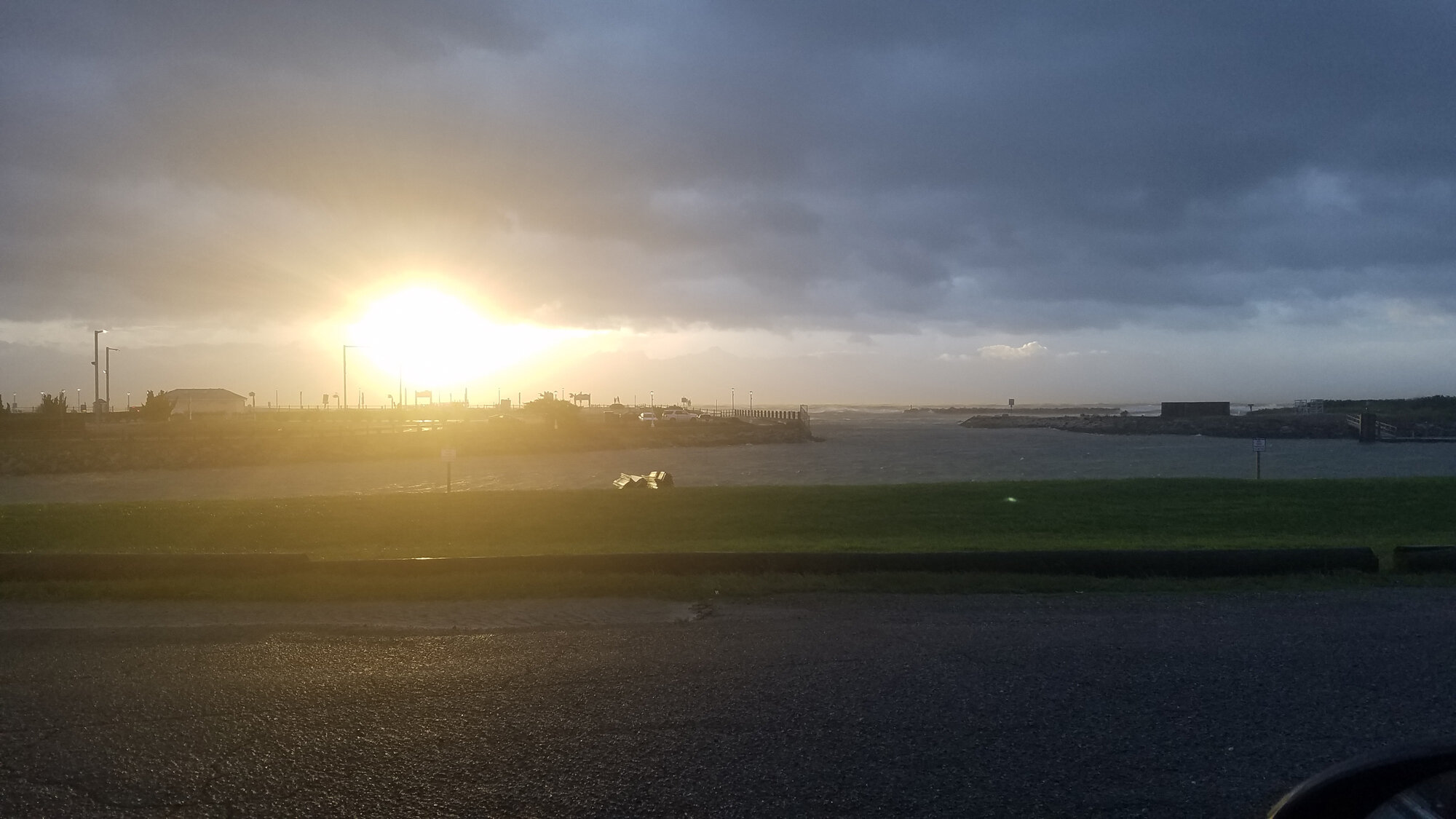
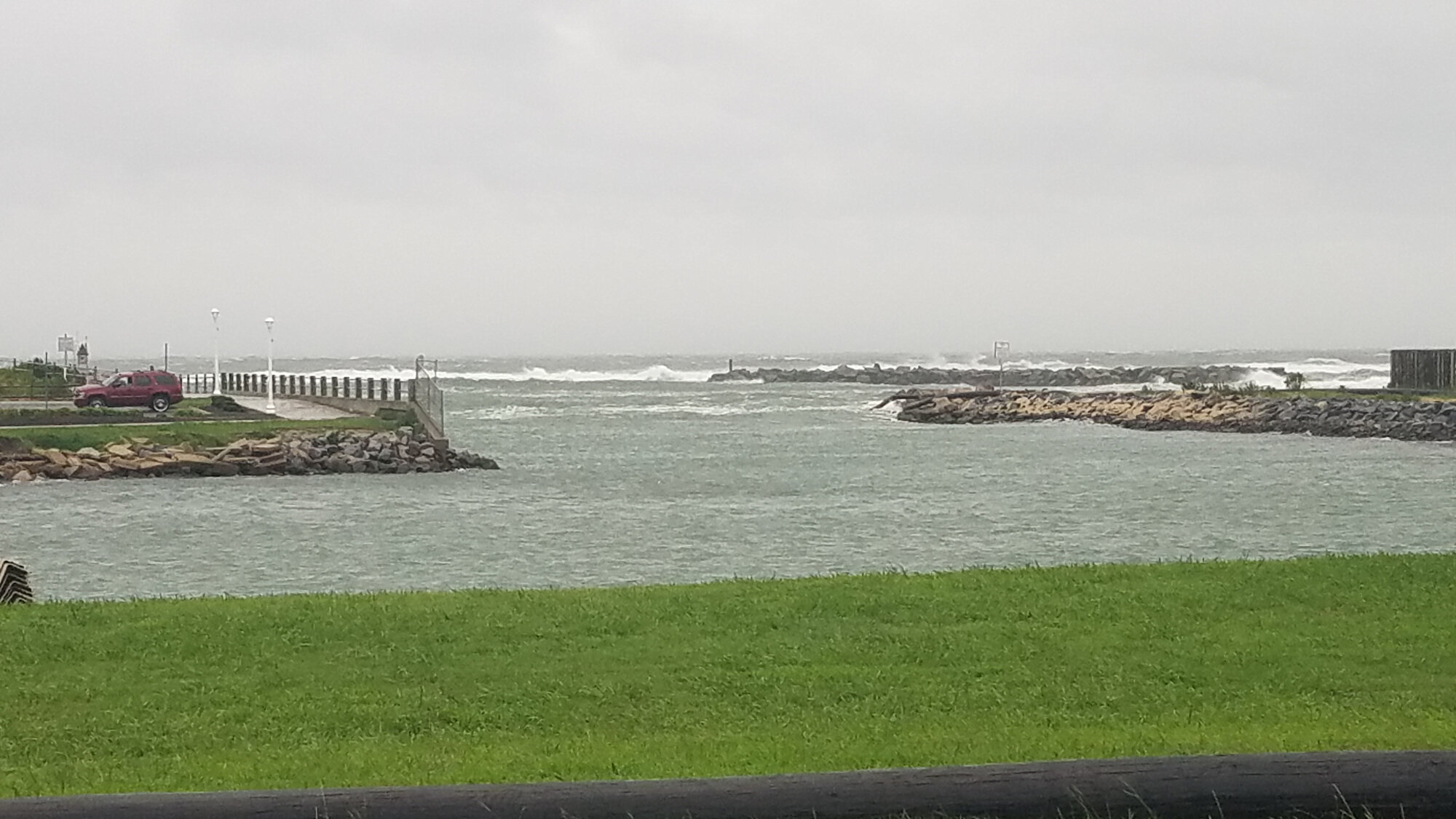
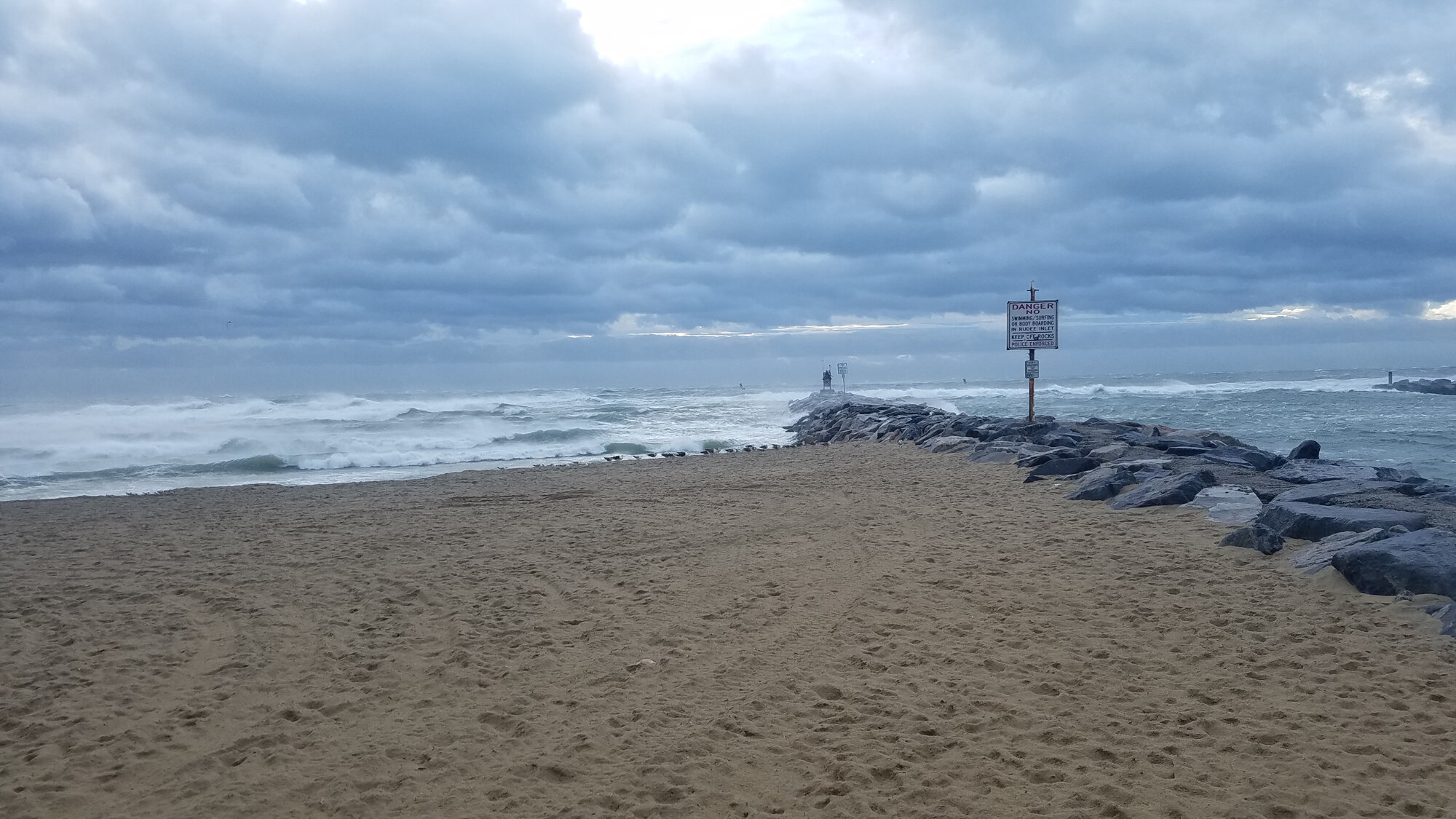
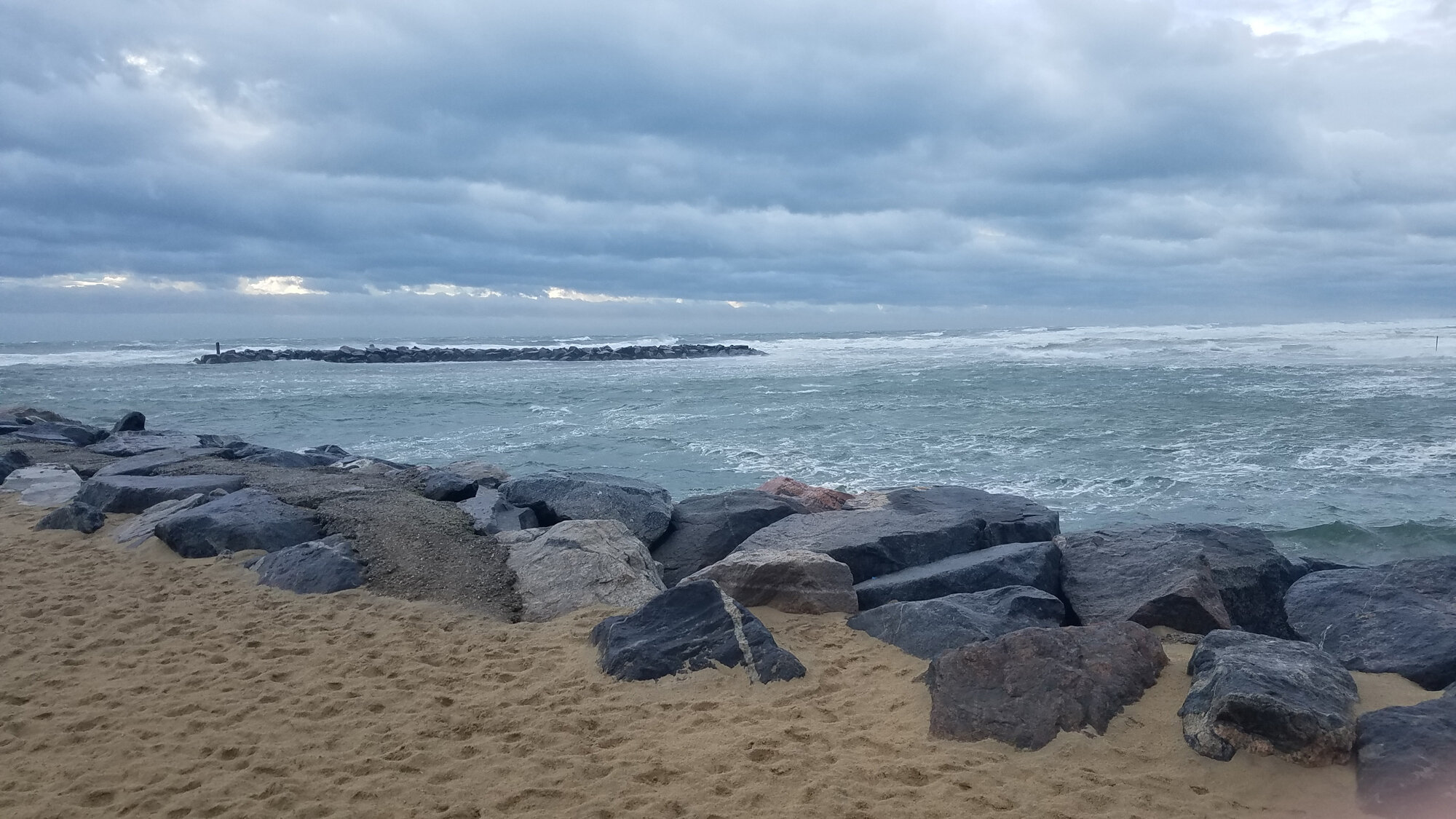
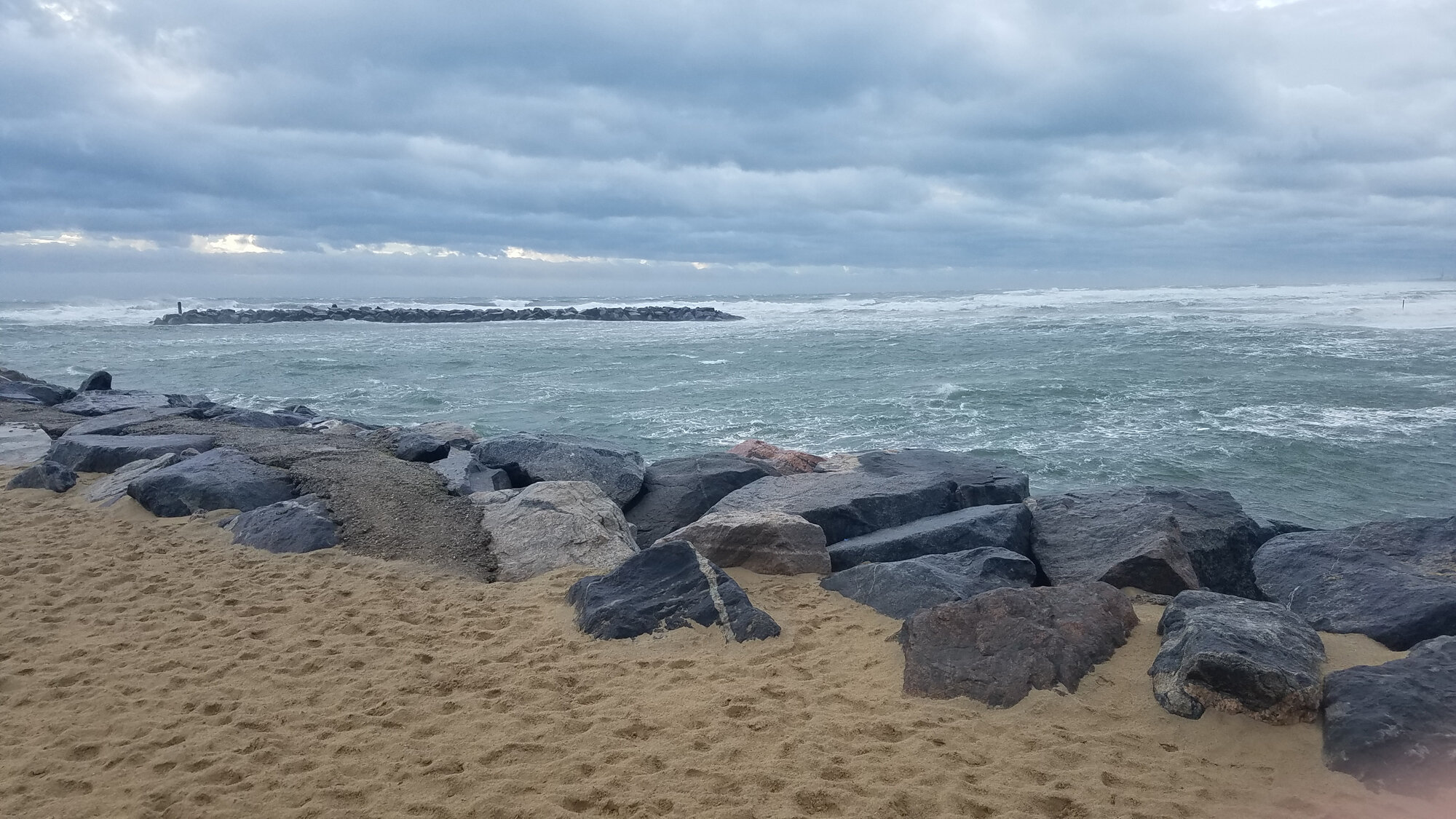
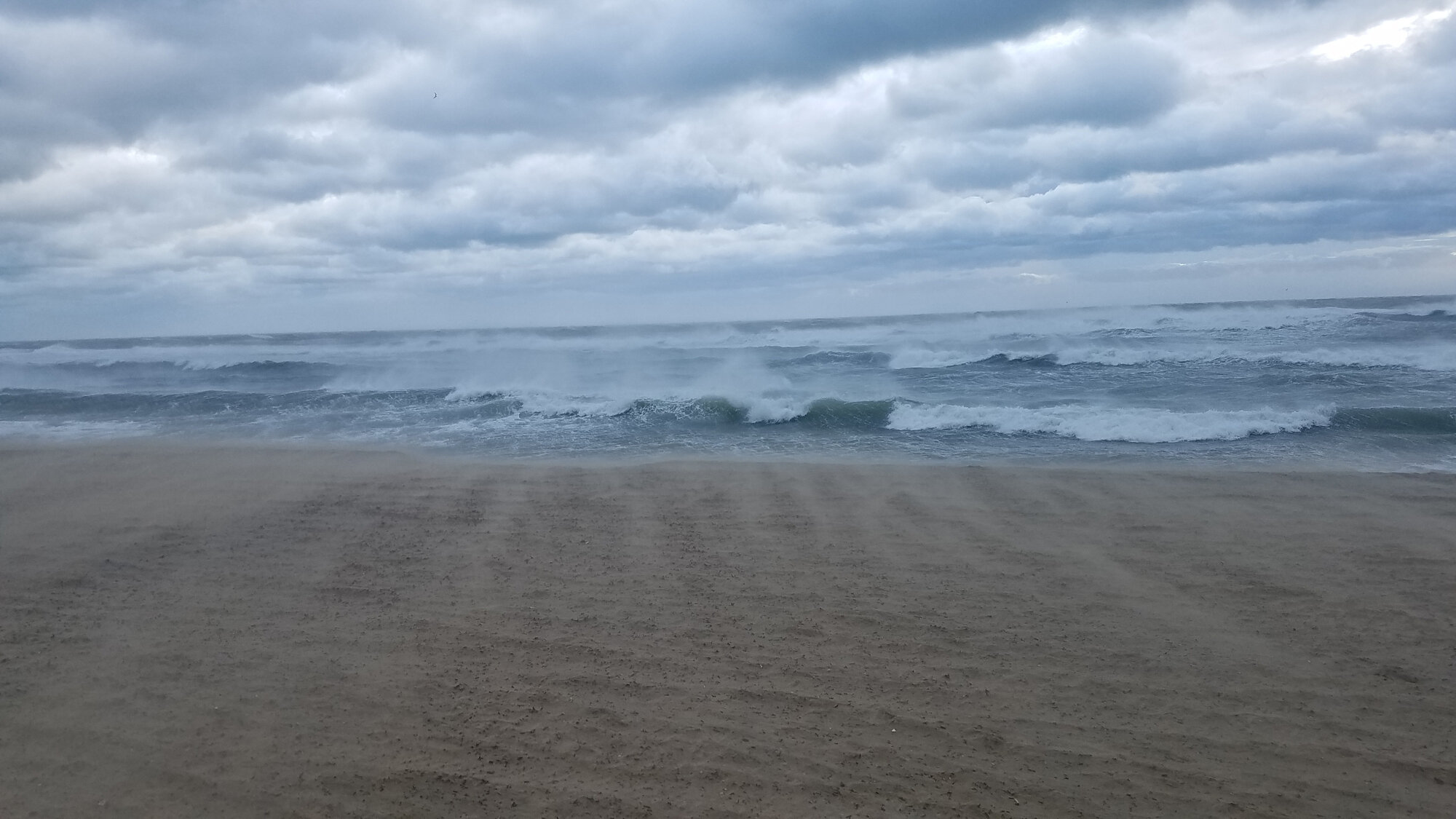
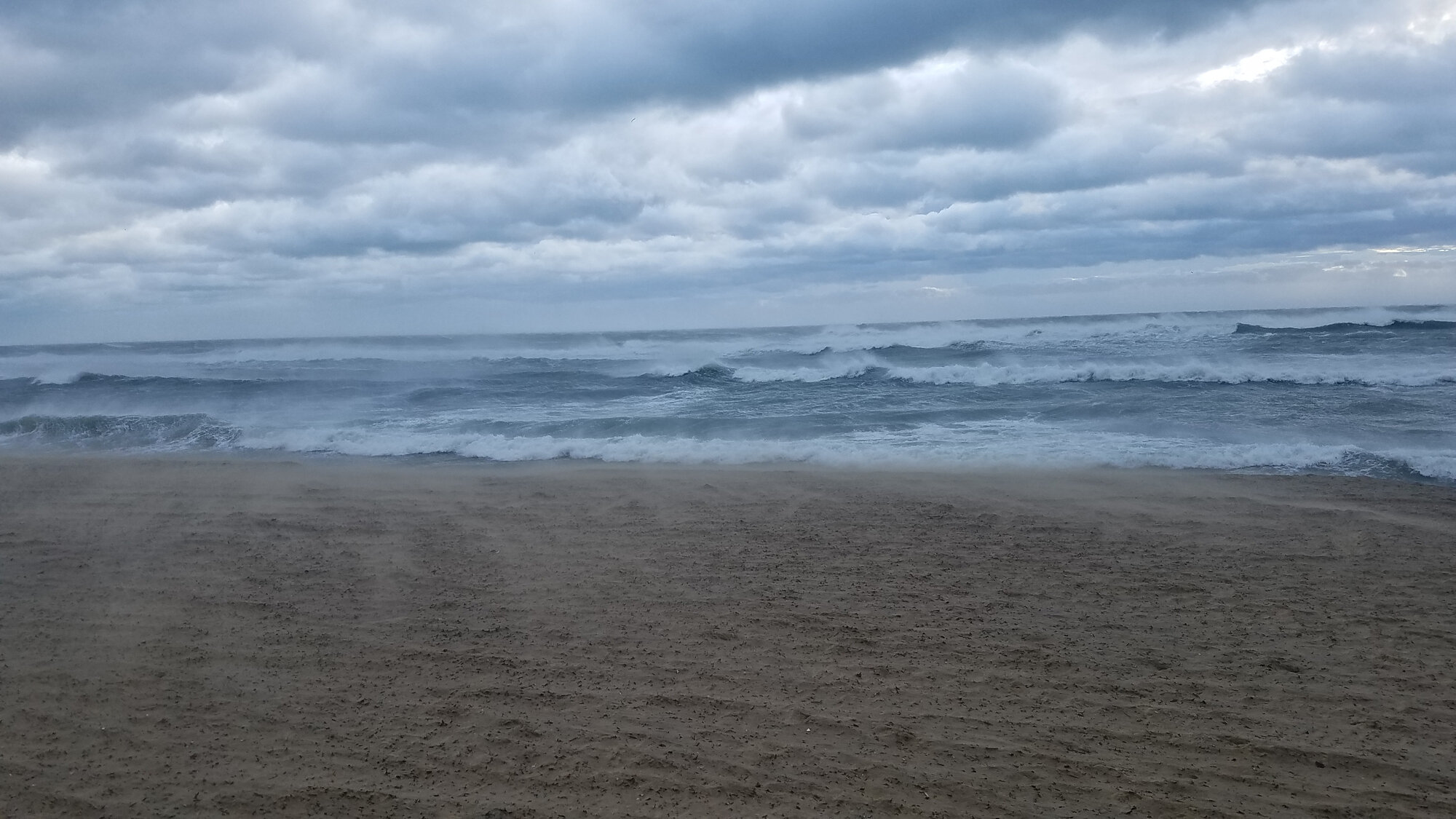

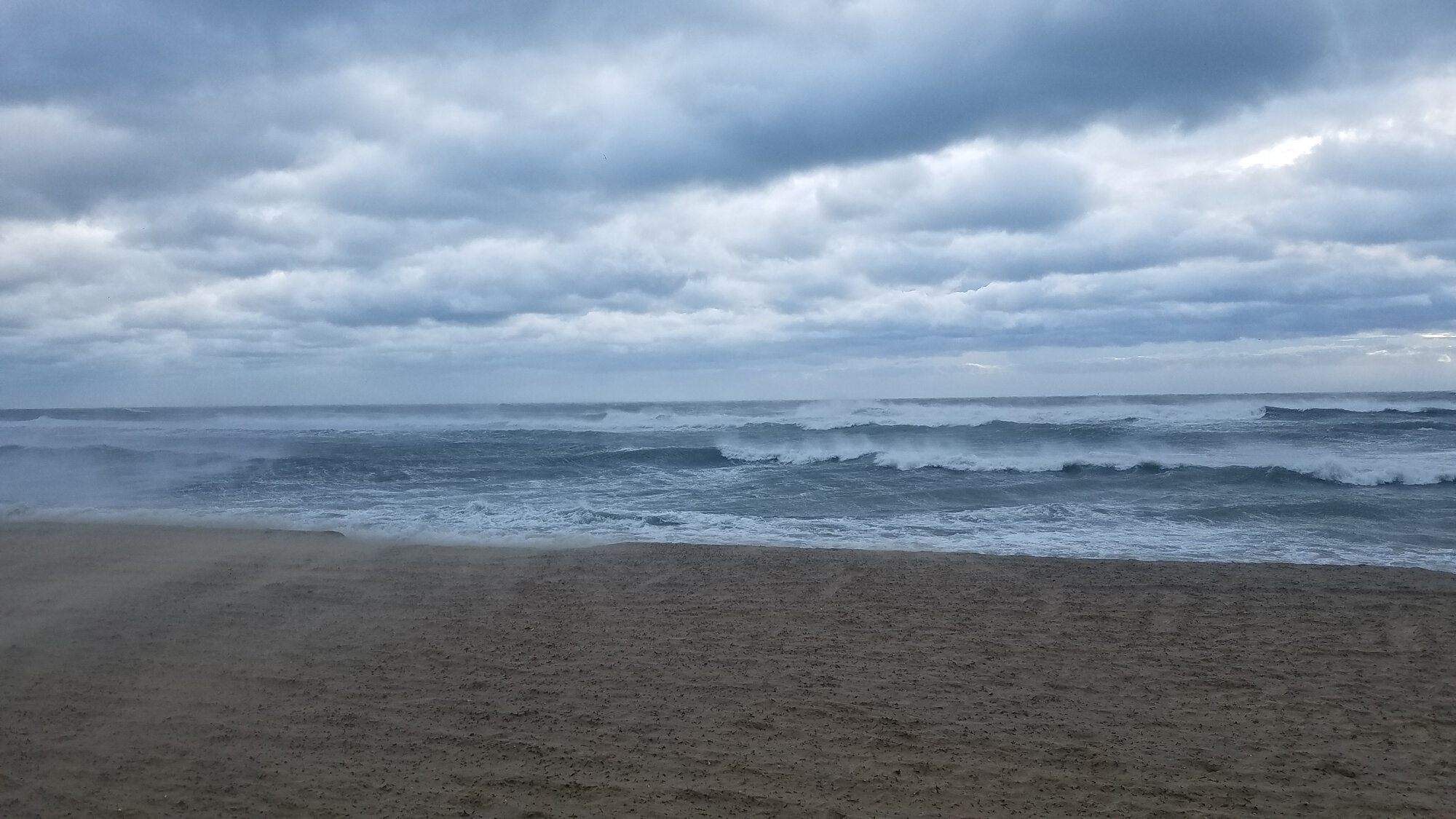
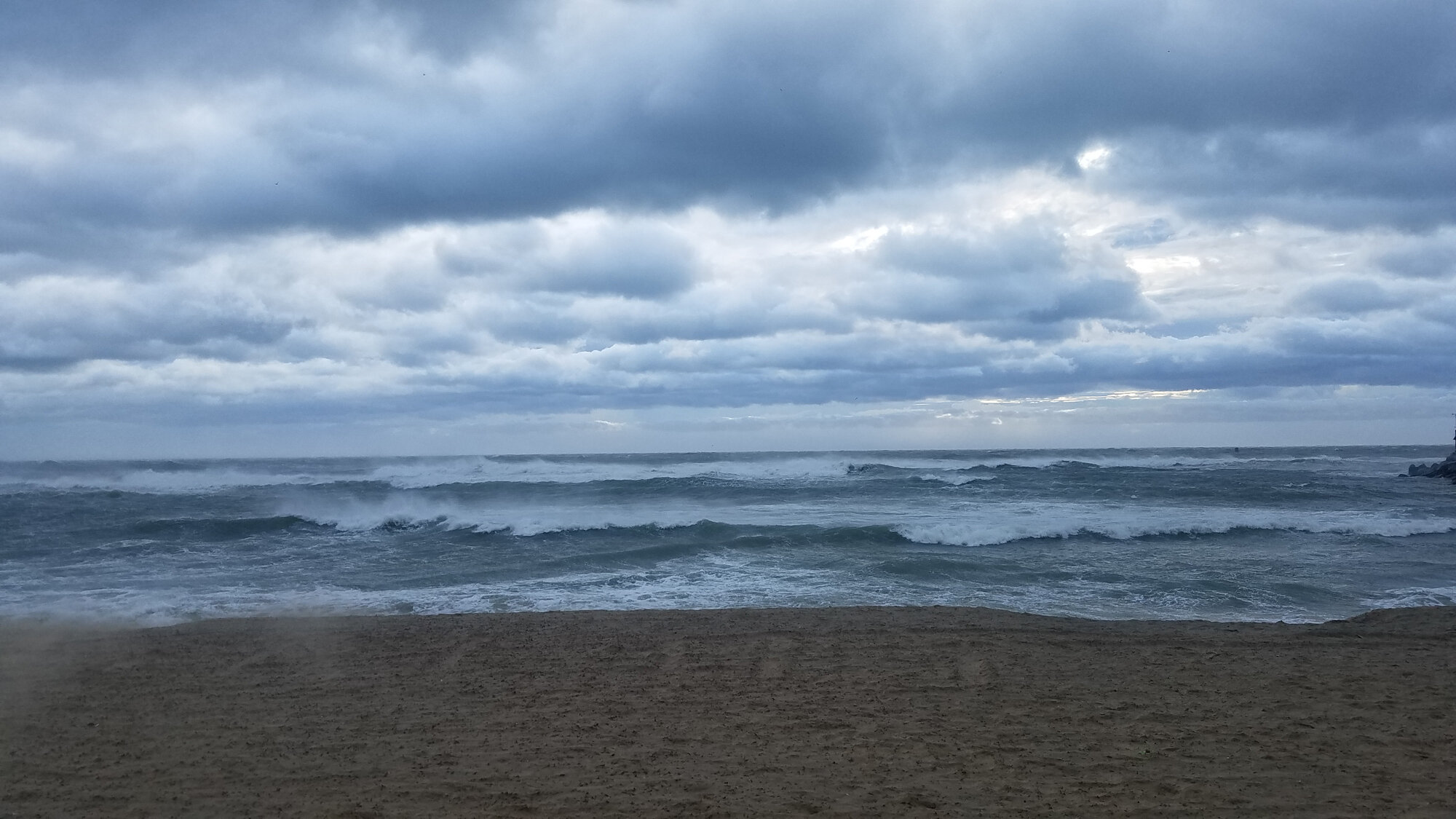
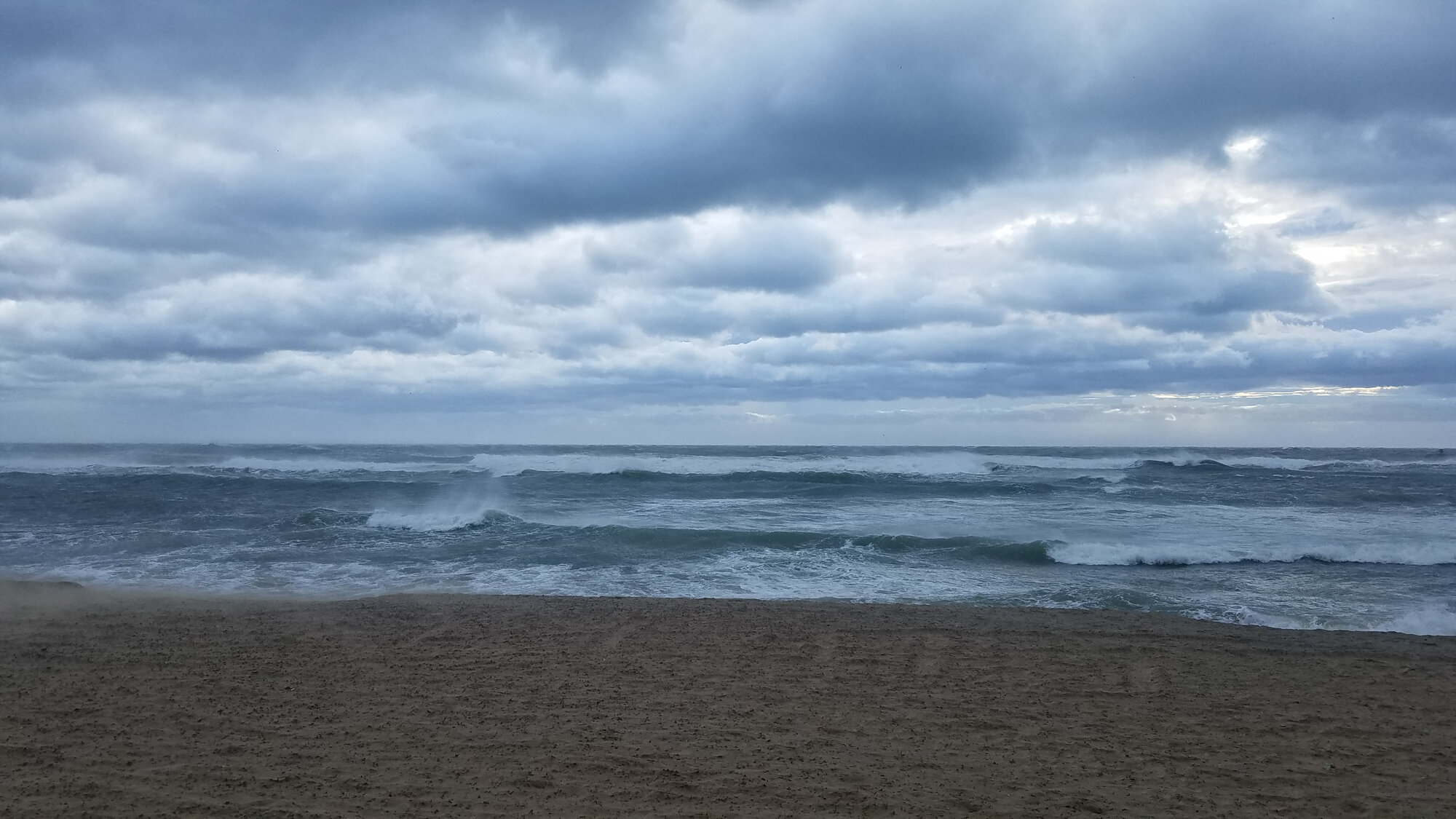
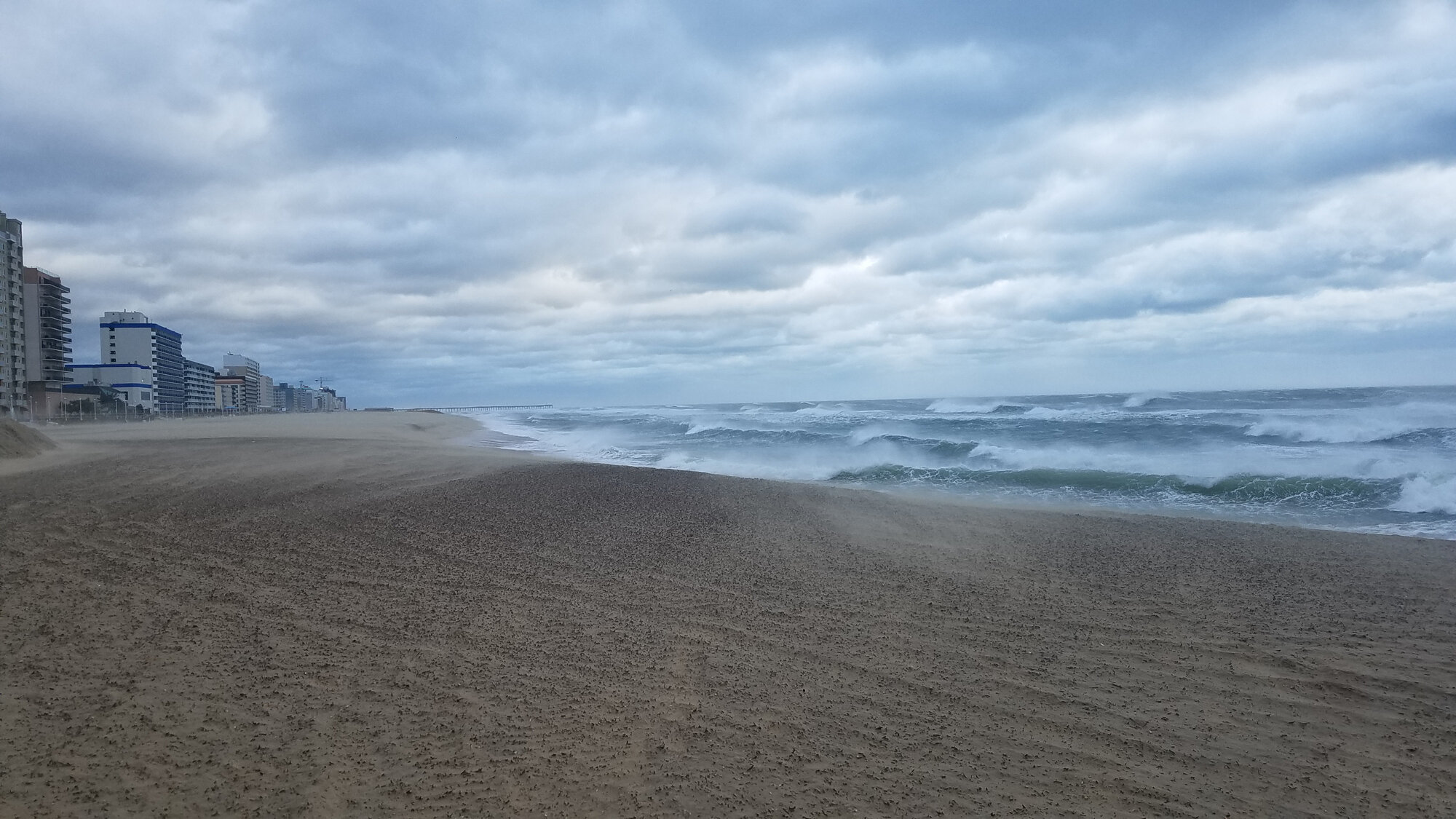
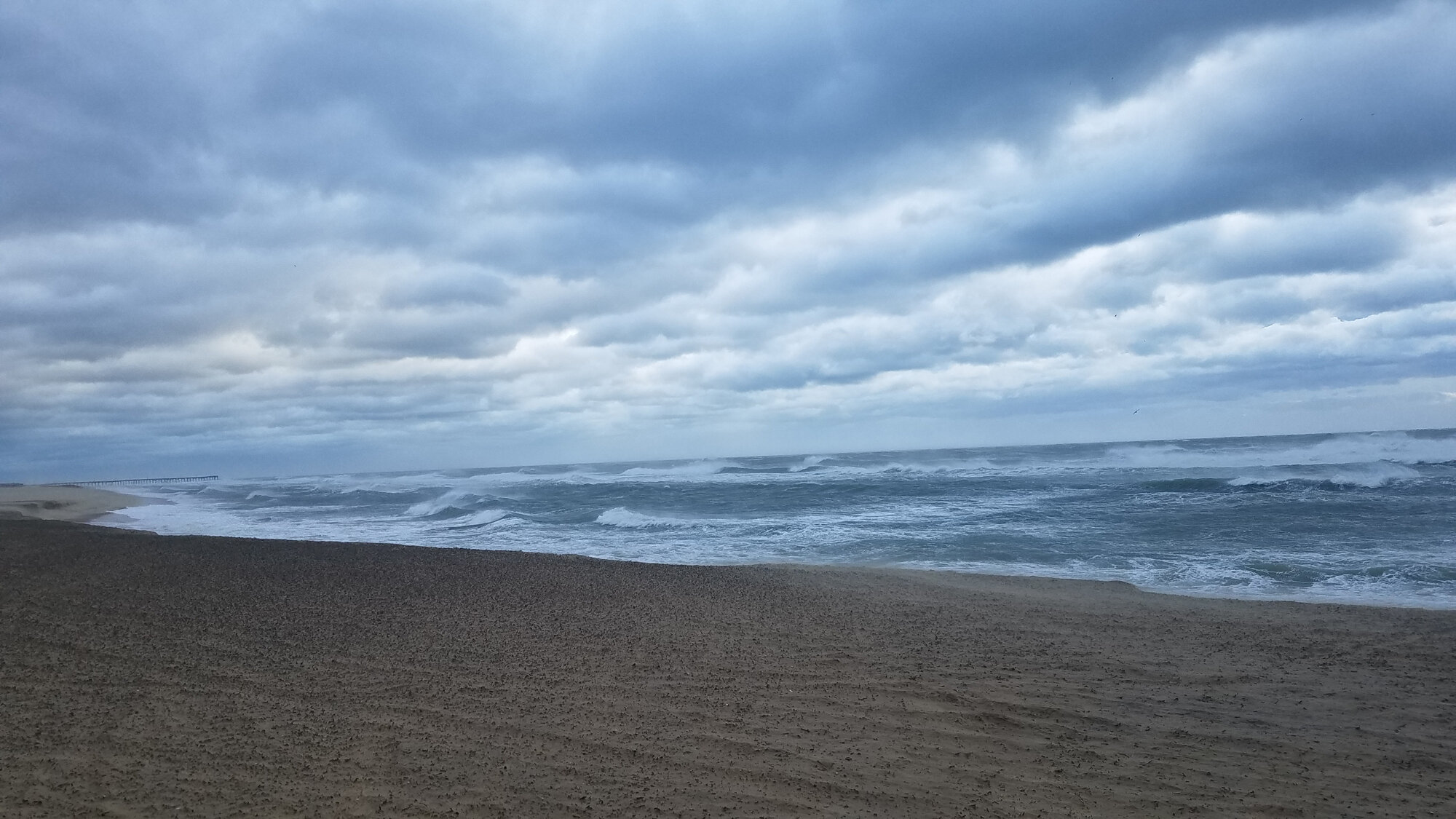
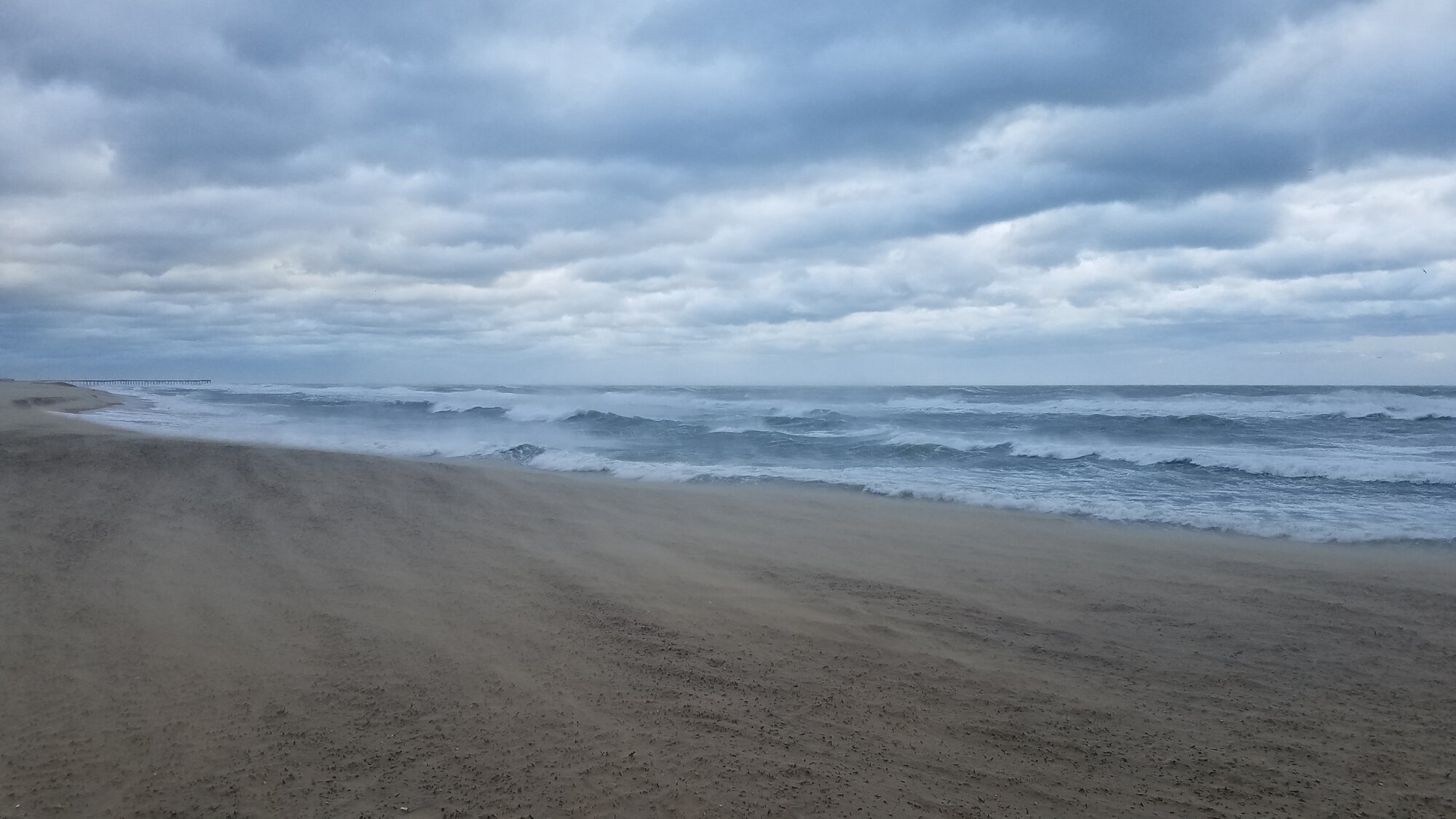
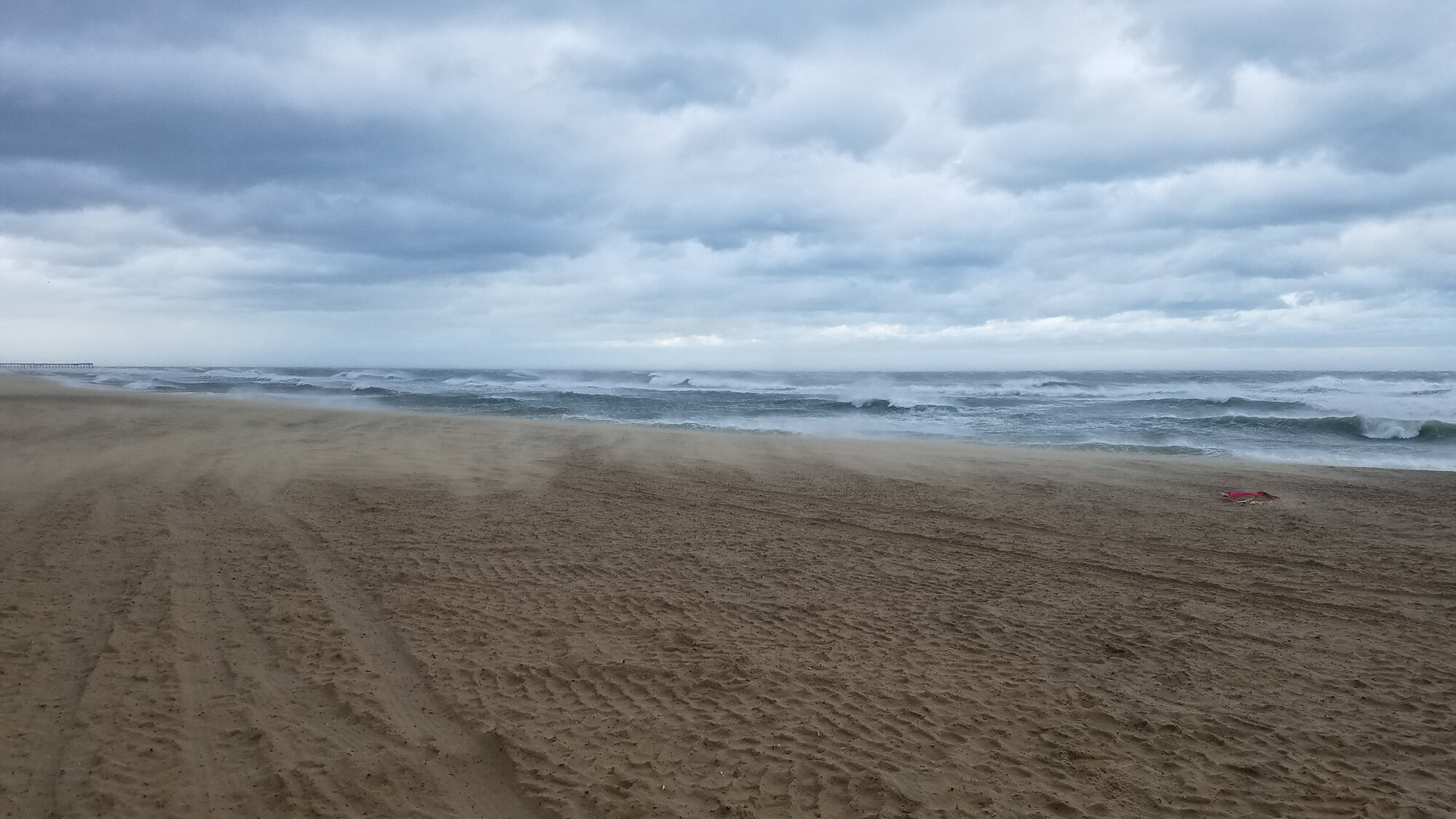
Elsewhere, just outside of Virginia Beach, individual Sooty Terns were also detected at Sunset Beach (vis. Edward Brinkley) and at Cape Charles Harbor (ph. Matt Anthony) across the mouth of the bay in Northampton County. West of us, at least six Sooties, all eastbound, were observed from the Super 8 motel in the Ocean View portion of Norfolk (vis. Kathy Louthan & Wes Teets). Slightly west of there on the tip of Willoughby Spit, an adult & juvenile (the only reported during the event in Virginia) were observed (vis. Conor Farrell) in eastbound flight. Only one other location, Lawrence Lewis, Jr. Park in Charles City, gave up a record for Sooty Tern when at least two adults were observed heading downstream over the James River (ph. Arun Bose & Ellison Orcutt). An unidentified STORM-PETREL SP. was reported at 11:02 AM from the Chamberlain Hotel at Fort Monroe in Hampton (vis. David Clark), but conditions did not allow for conclusive identification to species. As with Virginia Beach, Black Tern reports were numerous elsewhere along the Chesapeake Bay and larger tributary shorelines. Two westbound individual were observed from East Beach in Norfolk around 10 AM (ph. Rob Bielawski), with one observed to the west at the Super 8 motel in Ocean View (vis. Wes Teets) and at least two at Willoughby Spit (vis. Conor Farrell & Shea Tiller). One was observed flying along the Hampton Roads Bridge Tunnel’s Hampton portion (vis. Kathy Louthan), with only one observed upstream of here along the James River with one at Archer’s Hope in James City County (vis. Brian Taber). The only additional record on the western bayshore occurred at Yorktown Beach along the York River, with an individual (vis. Nick Newberry) viewed from 8:25 to 9:05 AM. On the Eastern Shore, individuals were at Bay Creek Marina (vis. Matt Anthony) and Crystal Lake in Cape Charles (vis. Edward Brinkley), and four elsewhere in Northampton County (ph. Edward Brinkley).
